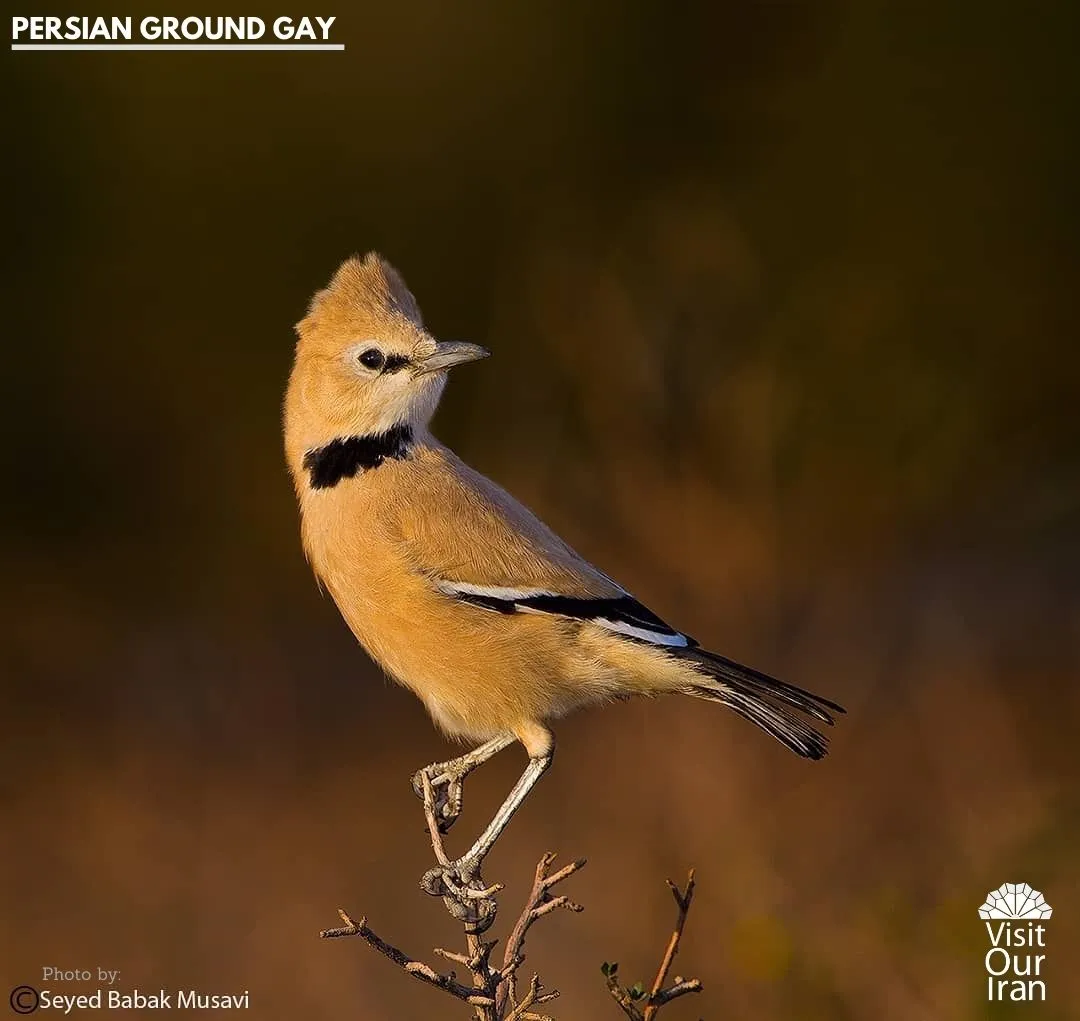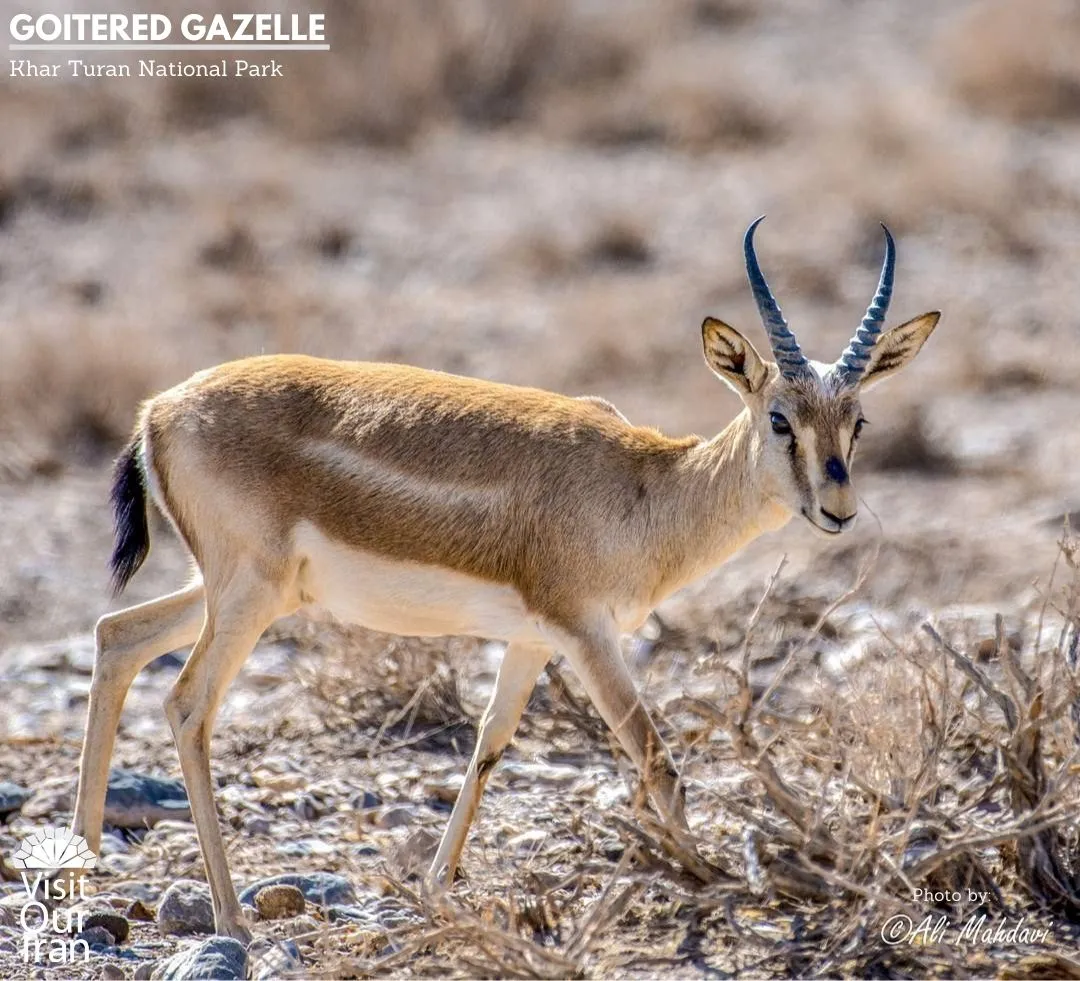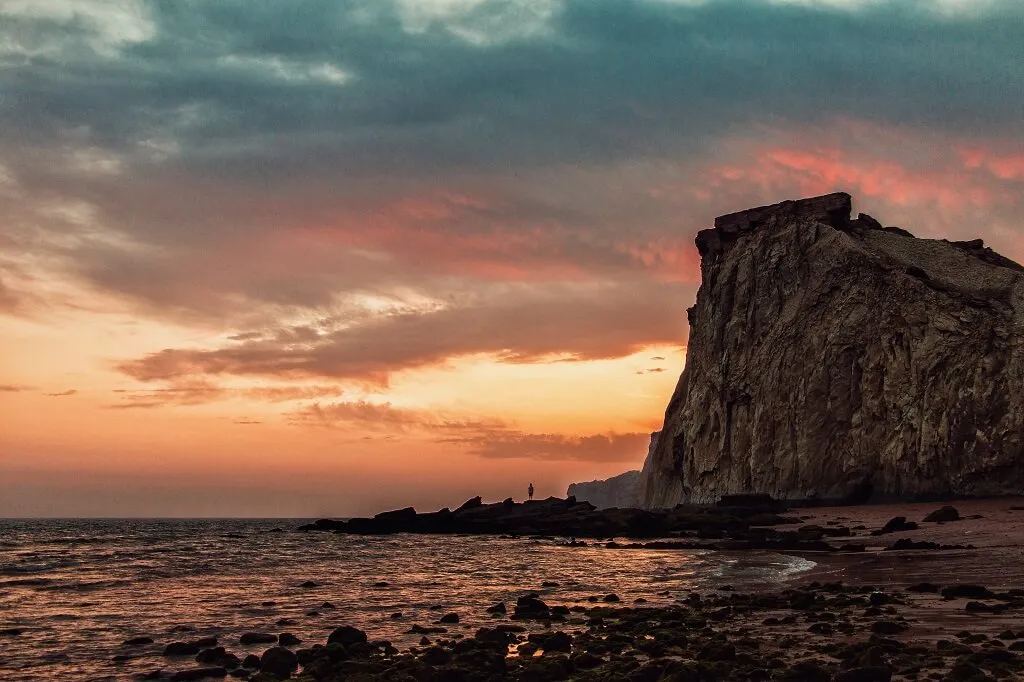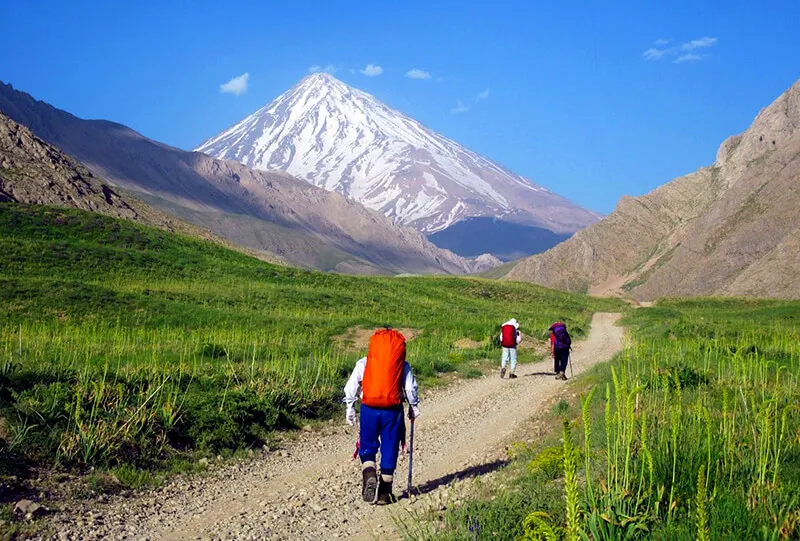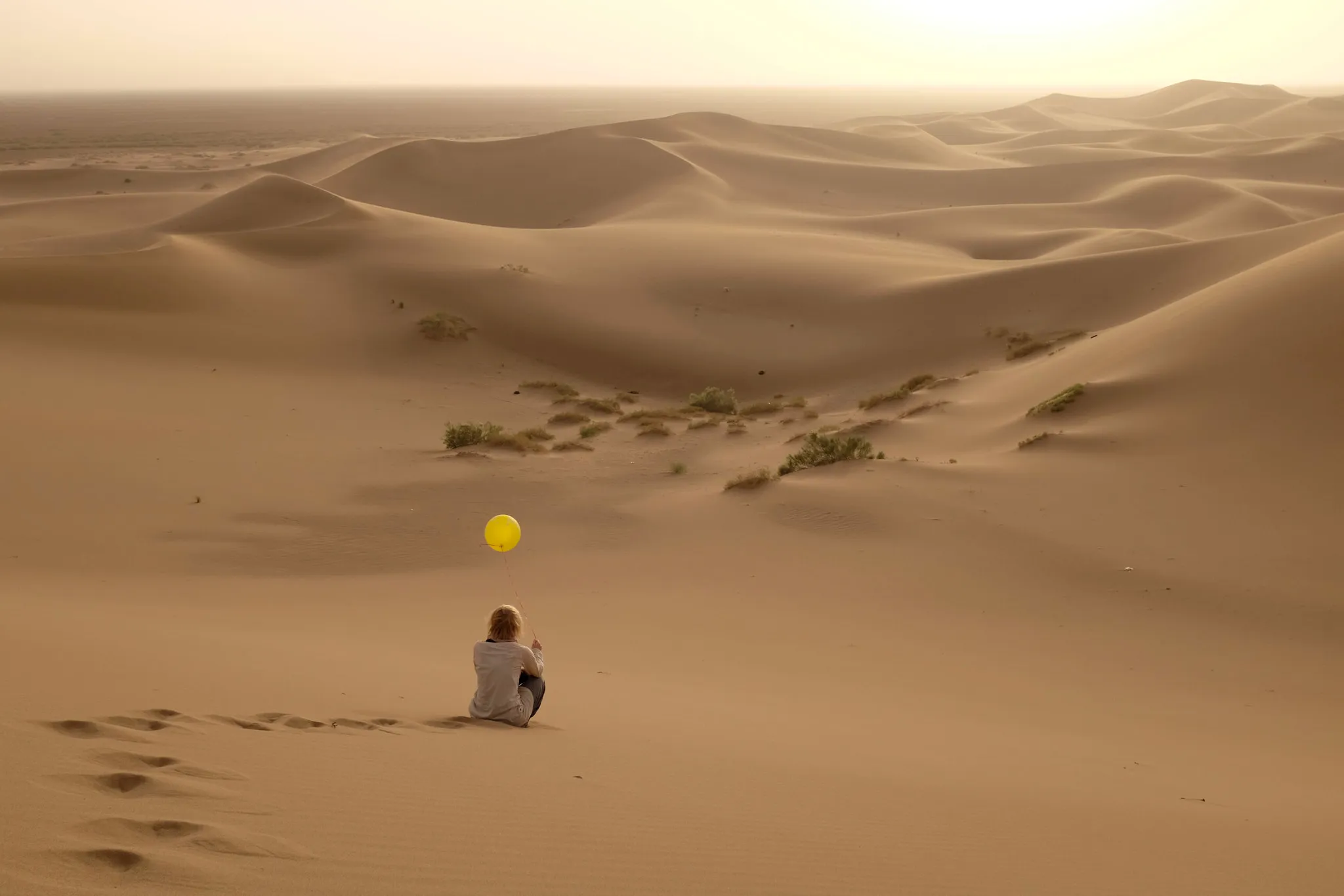There is the same and even more splendor to the wild frontiers outside the cultural and historical cities of Iran. You might never think of Iran as one of the top destinations in the middle east regarding the diversity of species and the wild ranges and plains it holds within its bosom. But, you just need to step into the unbeaten paths of this country to discover its outstanding and unique wildlife along with the diverse ecosystems it embosoms. There are around 200 protected areas in Iran to preserve the precious biodiversity of this country and there are about 16 National Parks among them that are home to some of our planet’s most incredible species.
Golestan National Park, Kavir National Park, Turan National Park, and Tandoureh National Park are among the top protected areas. Each of these parks encompasses exceptional and unique varieties of flora and fauna in their wild frontiers and in this article, I would tell you about the delightful moments that you can experience in each of them. Notice that all National Parks of Iran are safe to visit but you need a permit to enter any of the National Parks and it’s best to take a tour leader or a ranger with yourself to get close to any of the wild animals you like to see. You can as well trust our leaders as local experts spending years of life in these National Parks in any of our wild tours.
Golestan National Park; the Narrative of Landscapes
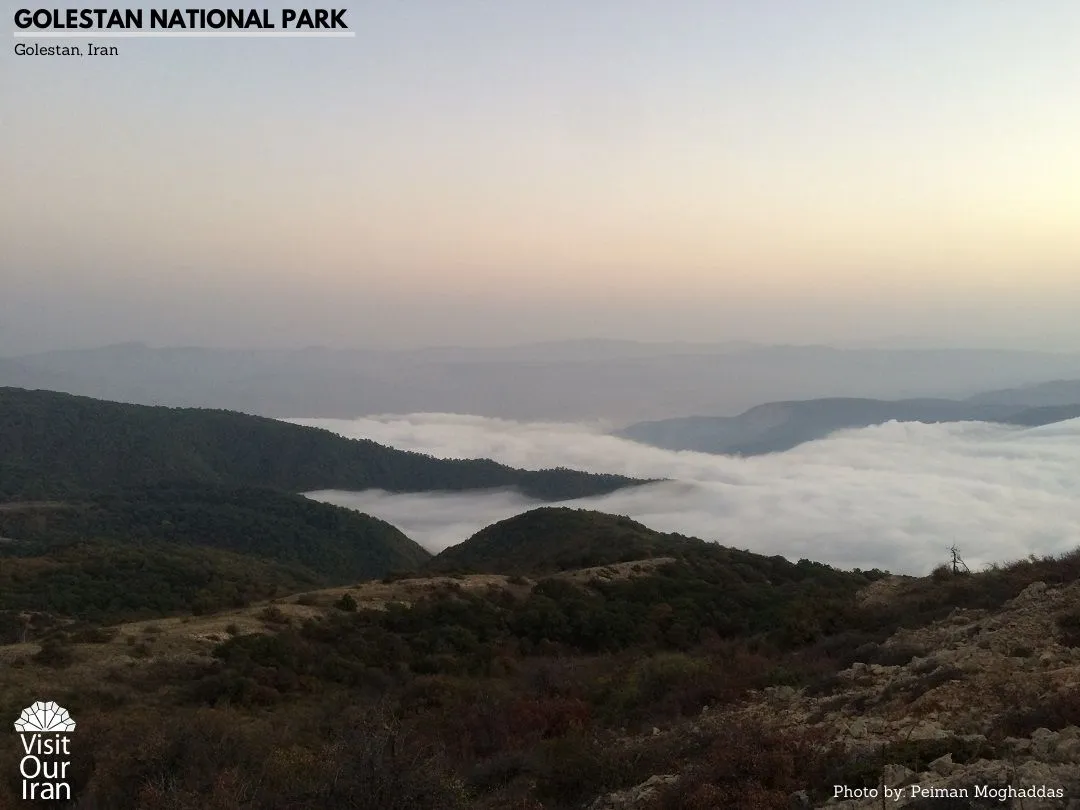
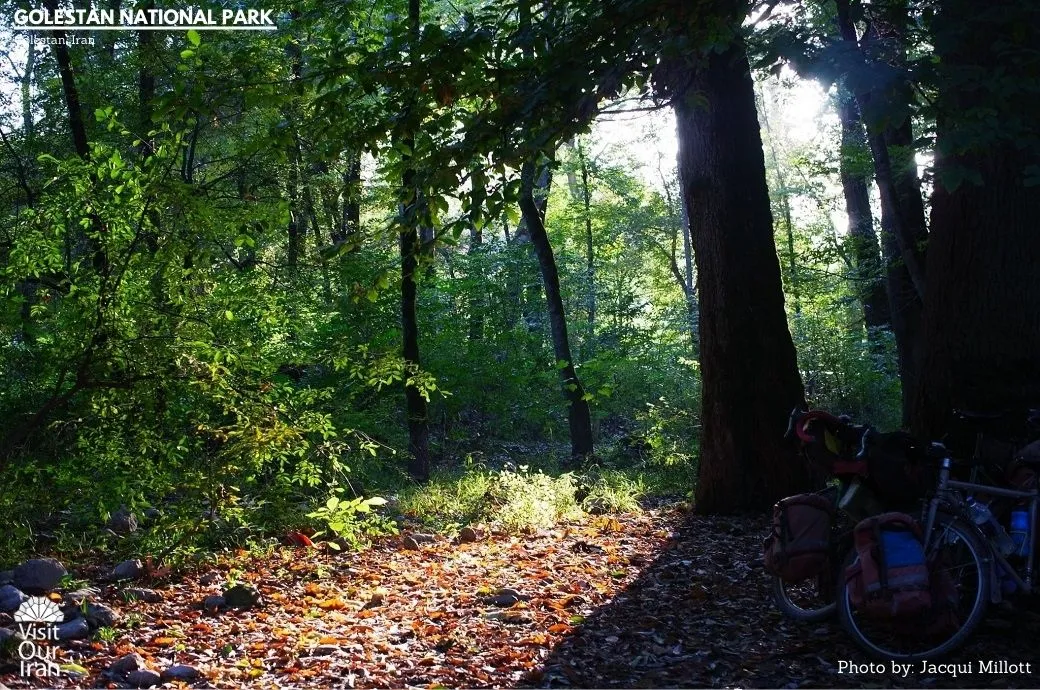
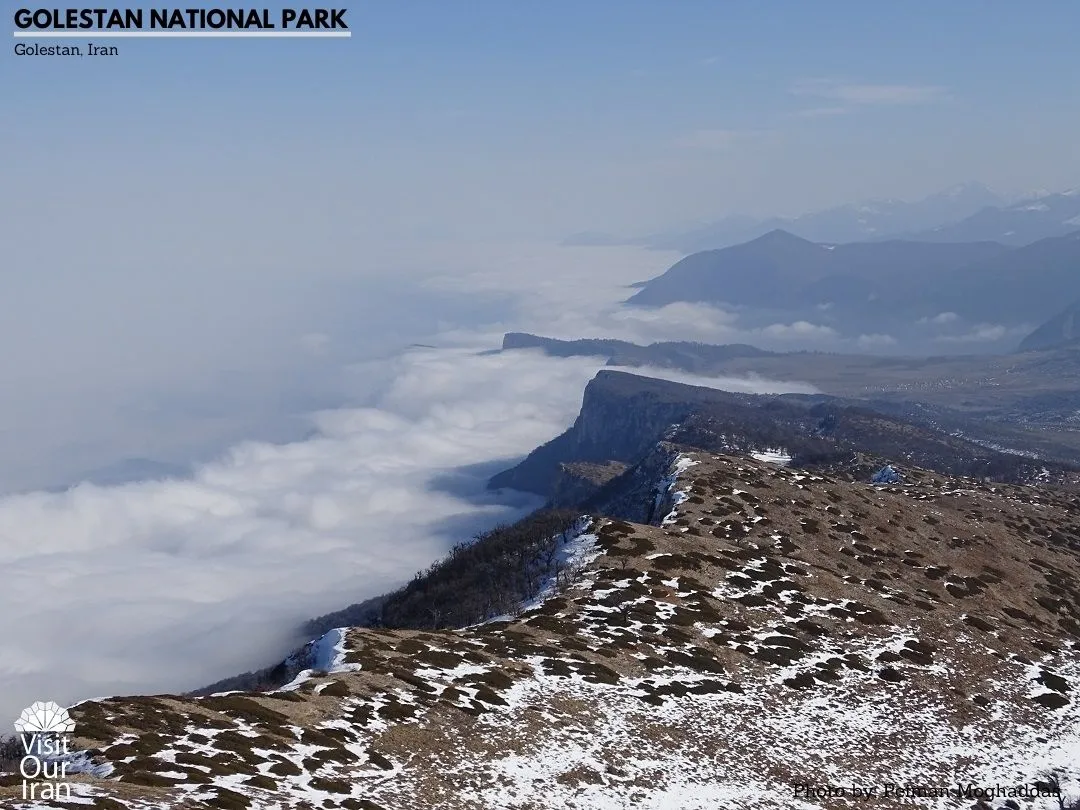
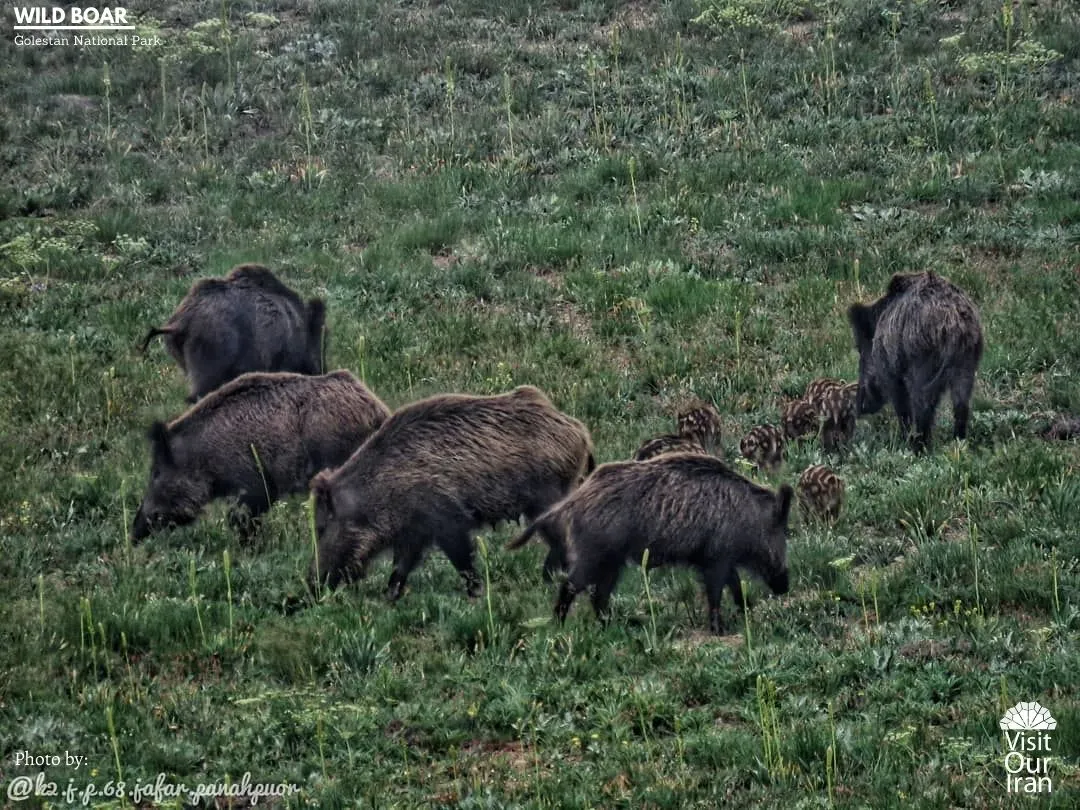
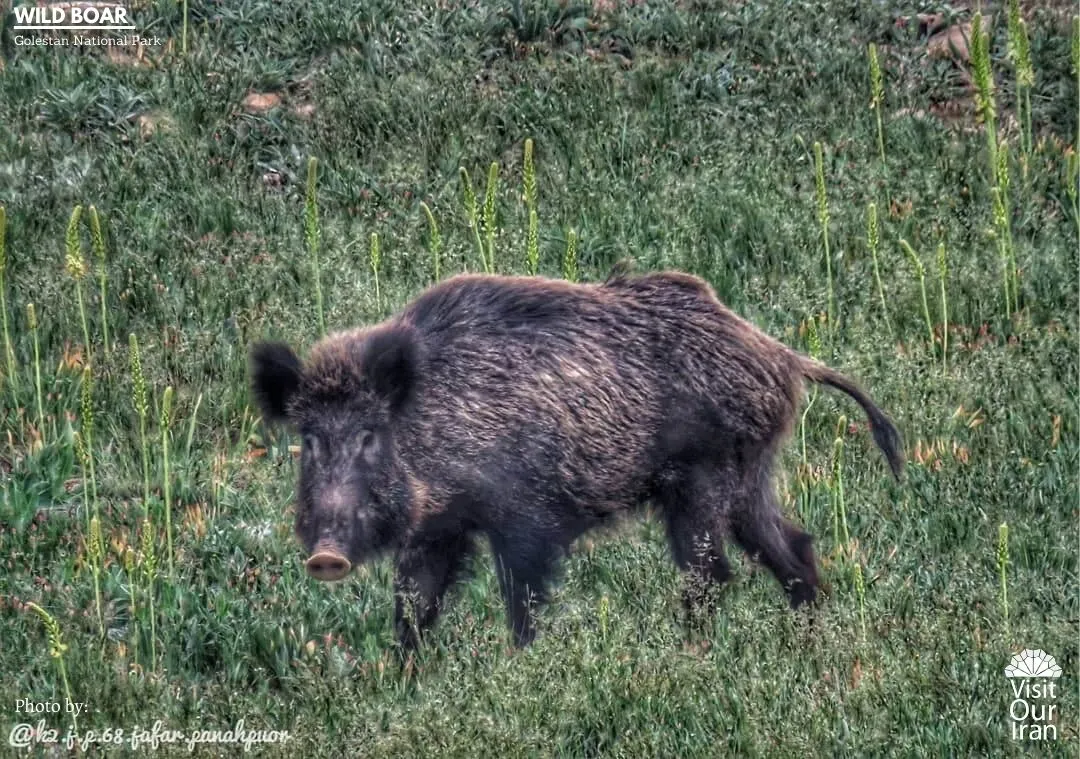
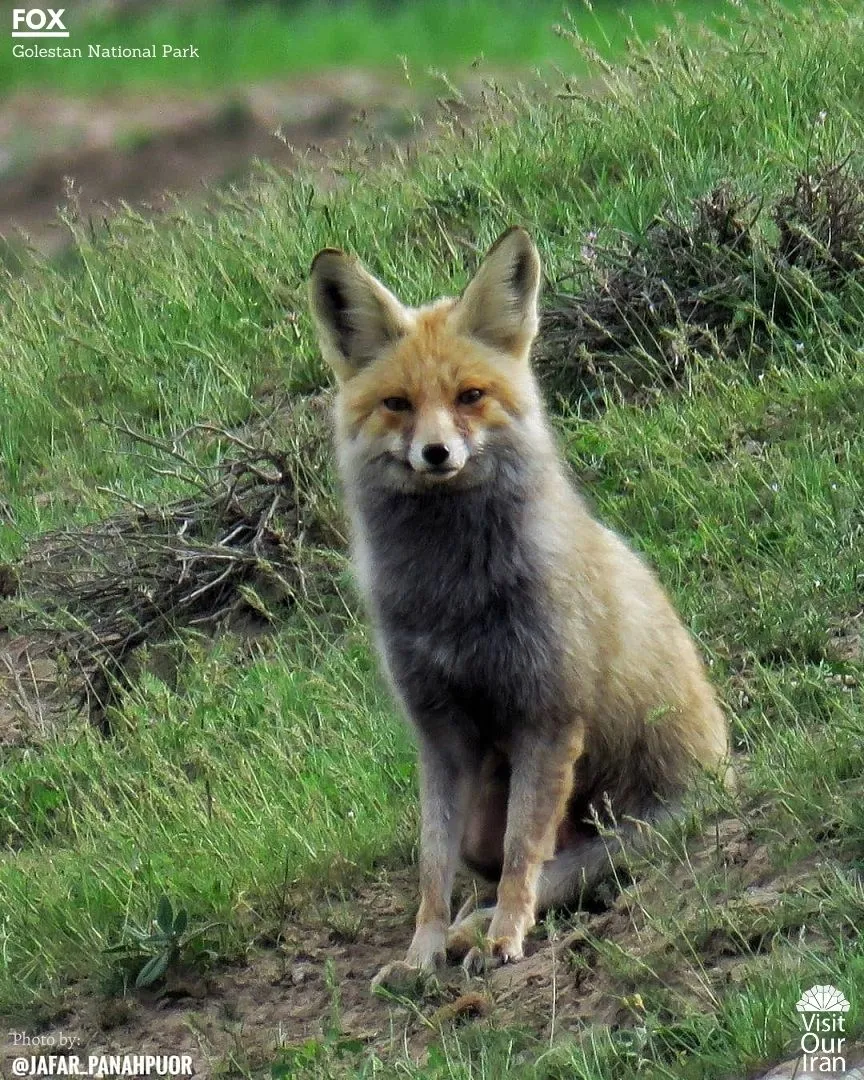
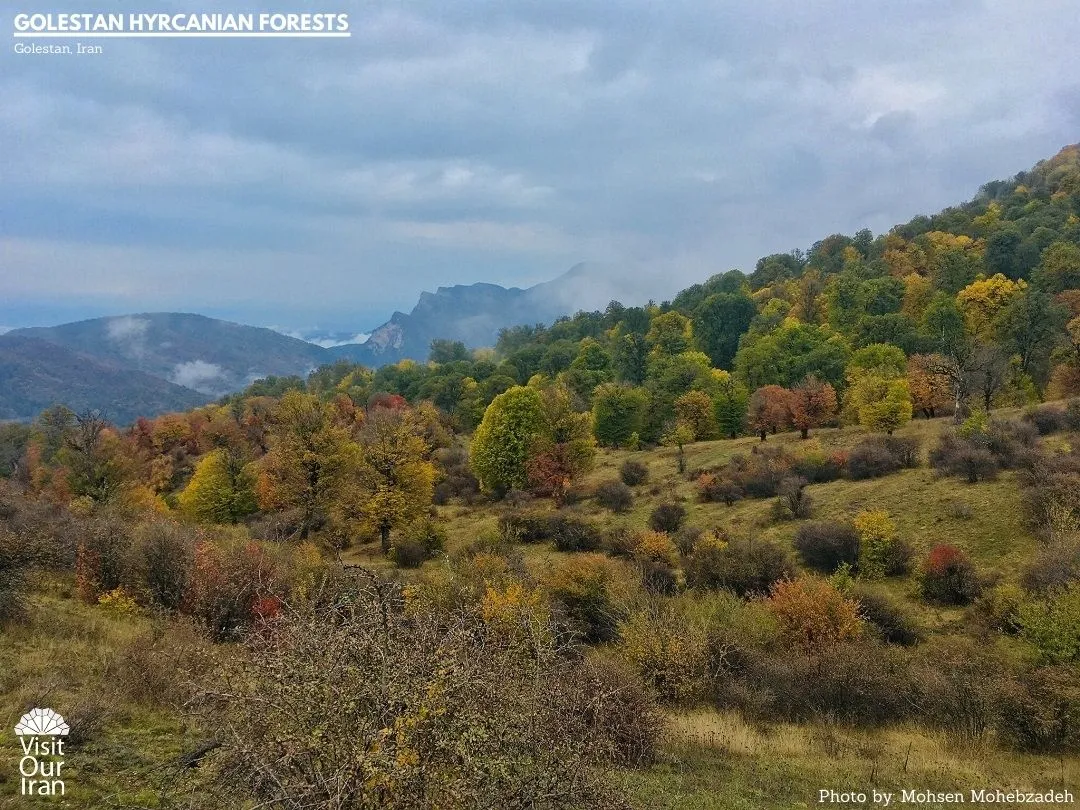
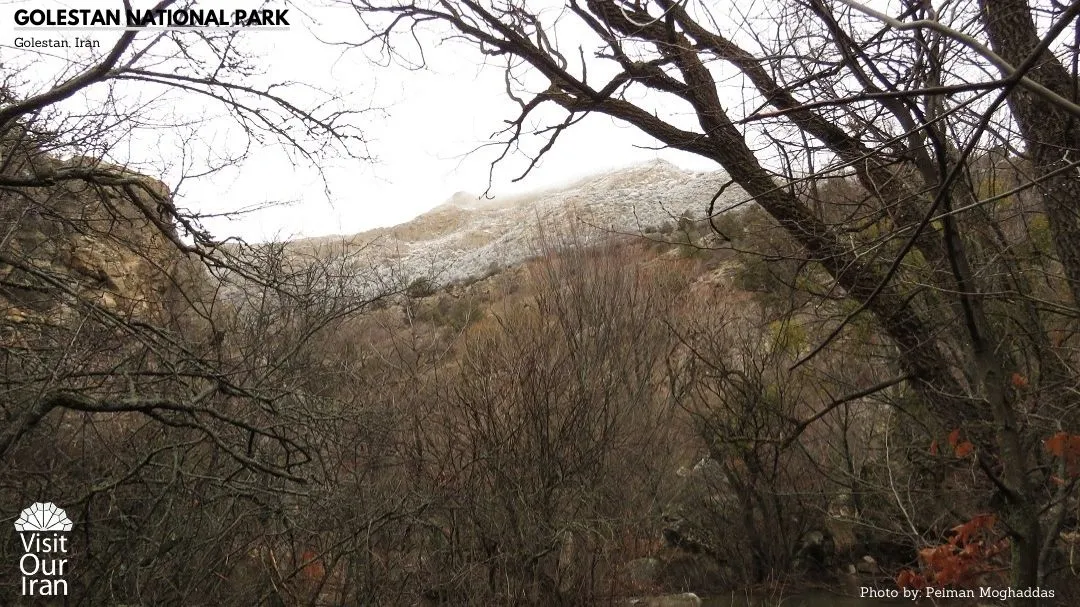
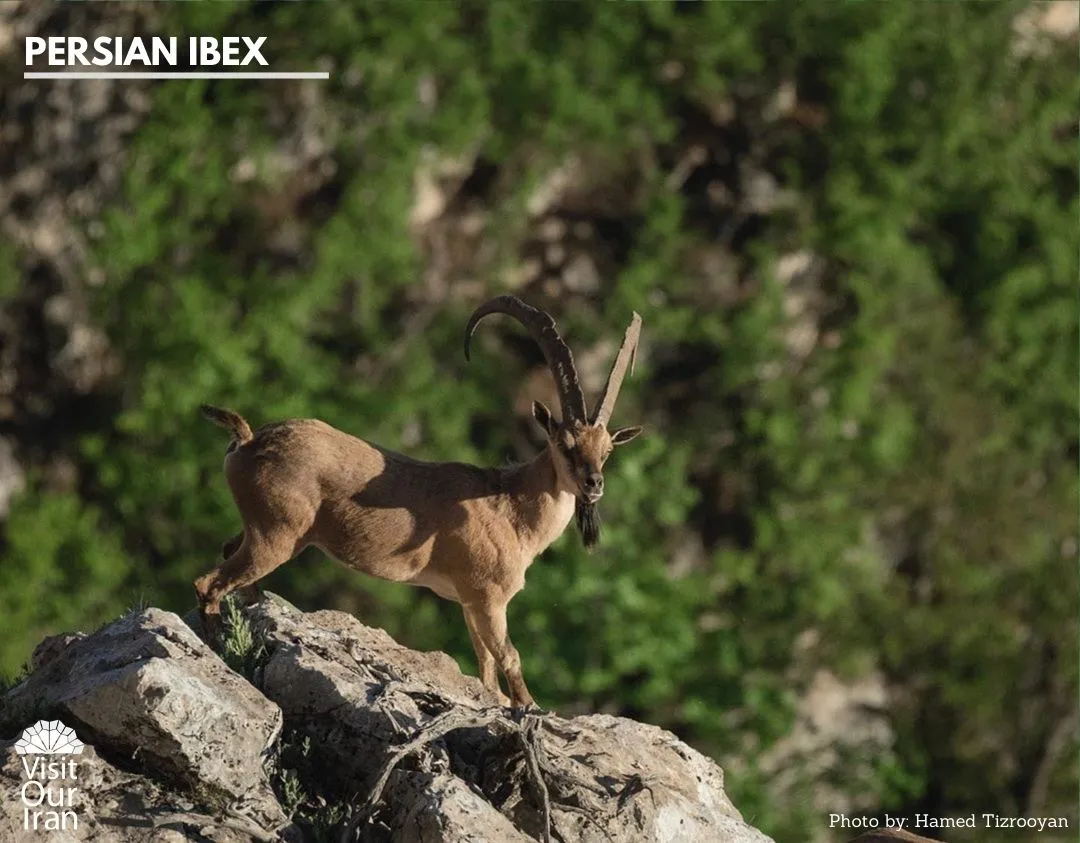
Being the first and therefore oldest wildlife park in Iran, Golestan National Park is registered as a nature reserve and natural heritage by UNESCO and gives you the pleasure of a lifetime experience. Imagine traveling on one of the major routes of Golestan province towards the east. You’ll join the road that runs between interwoven canopies of thick Caspian and Hyrcanian Forests. These forests go lush green in spring and summer and cast their shadows over the wild boars that surprisingly, are accustomed to the presence of humans and can be found along the road.
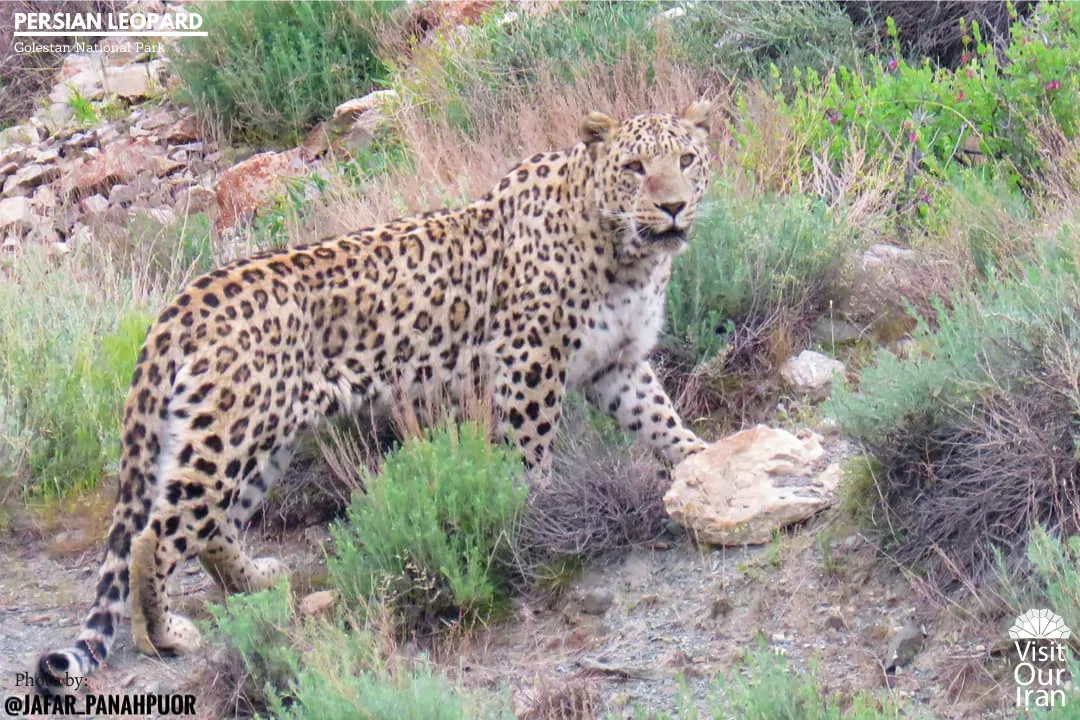
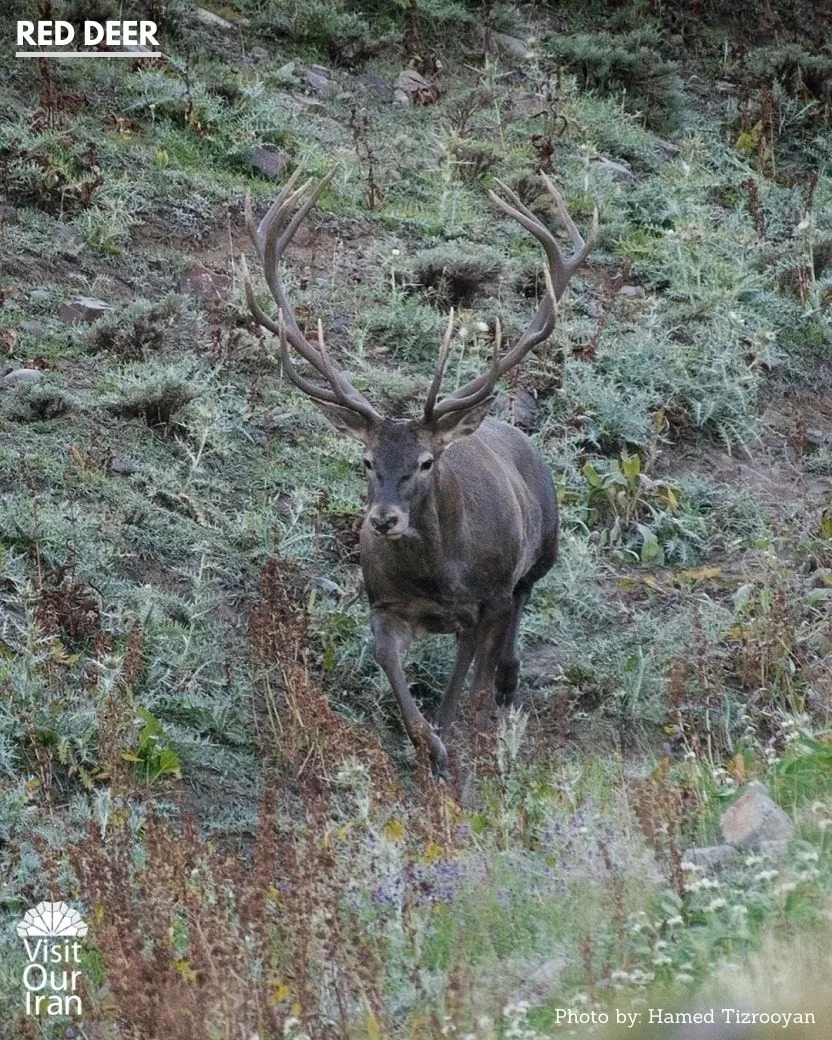
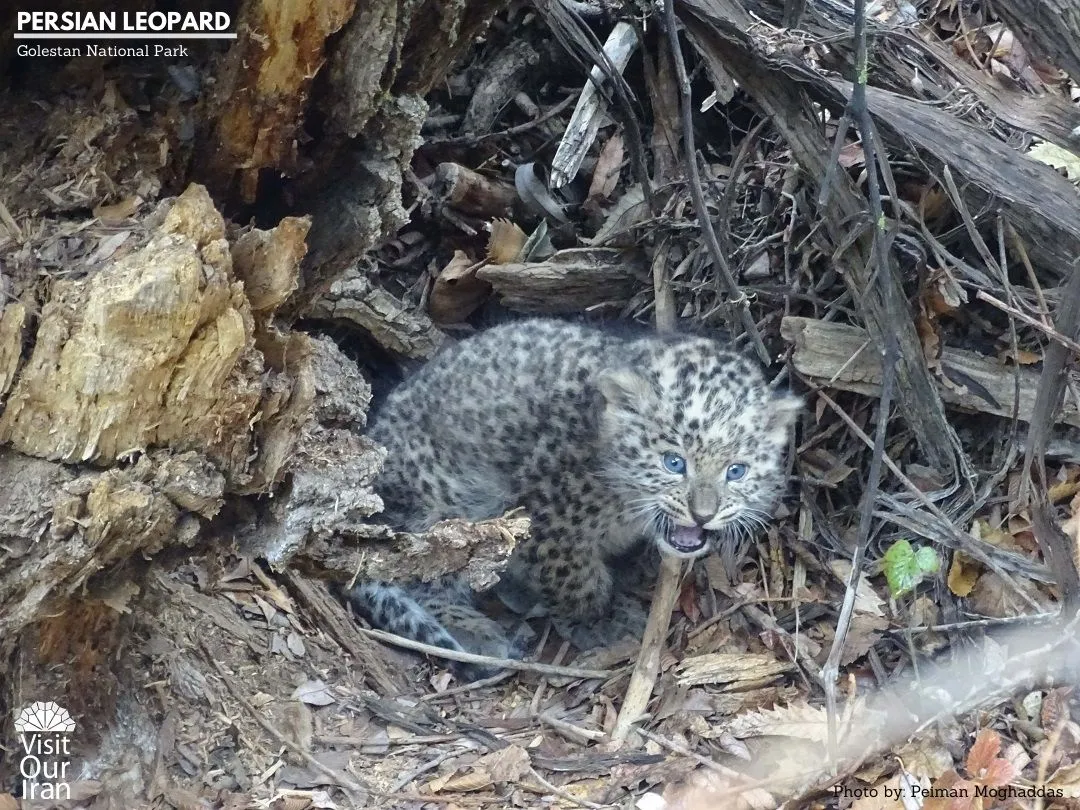
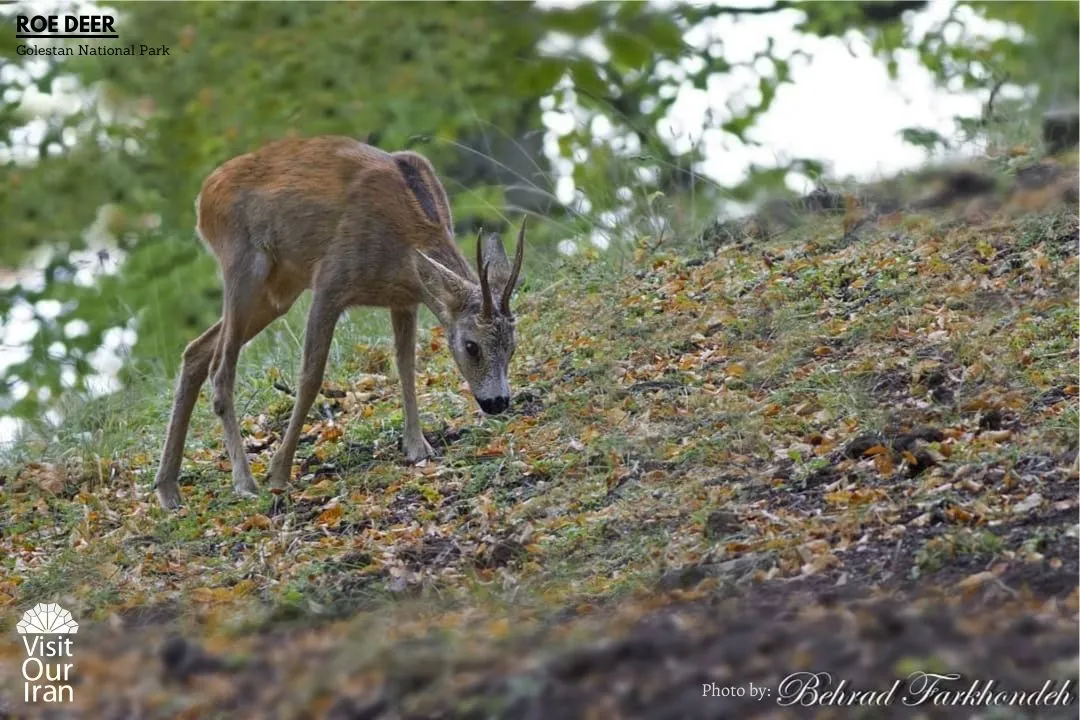
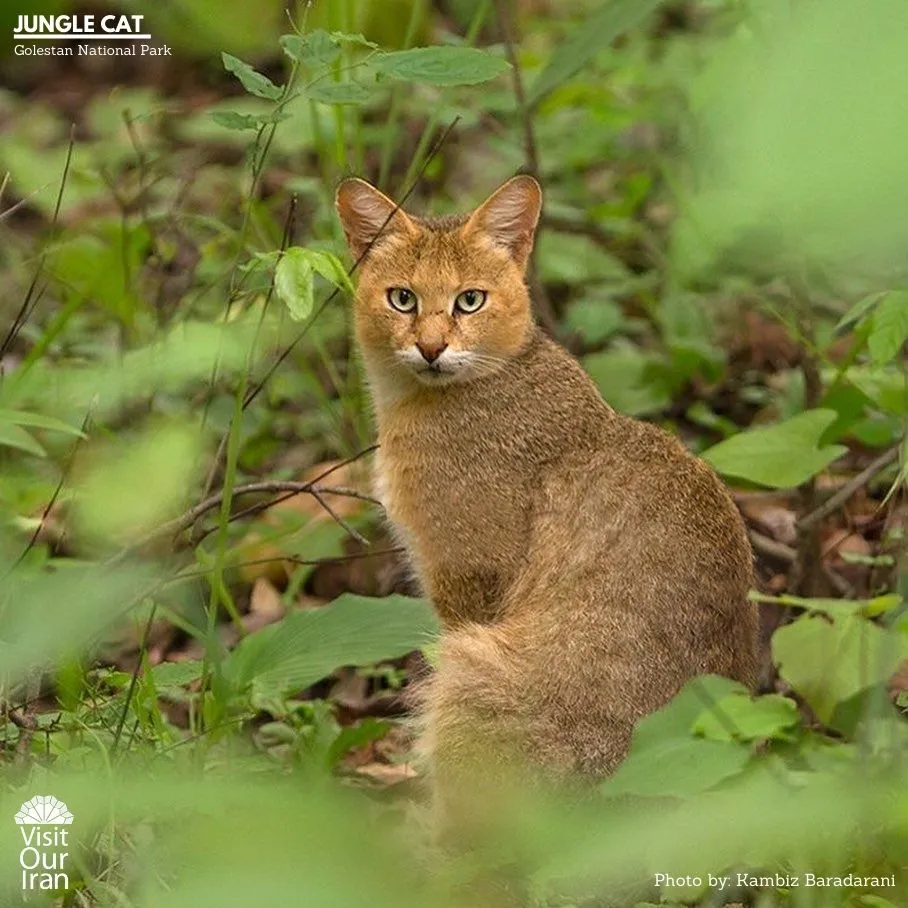
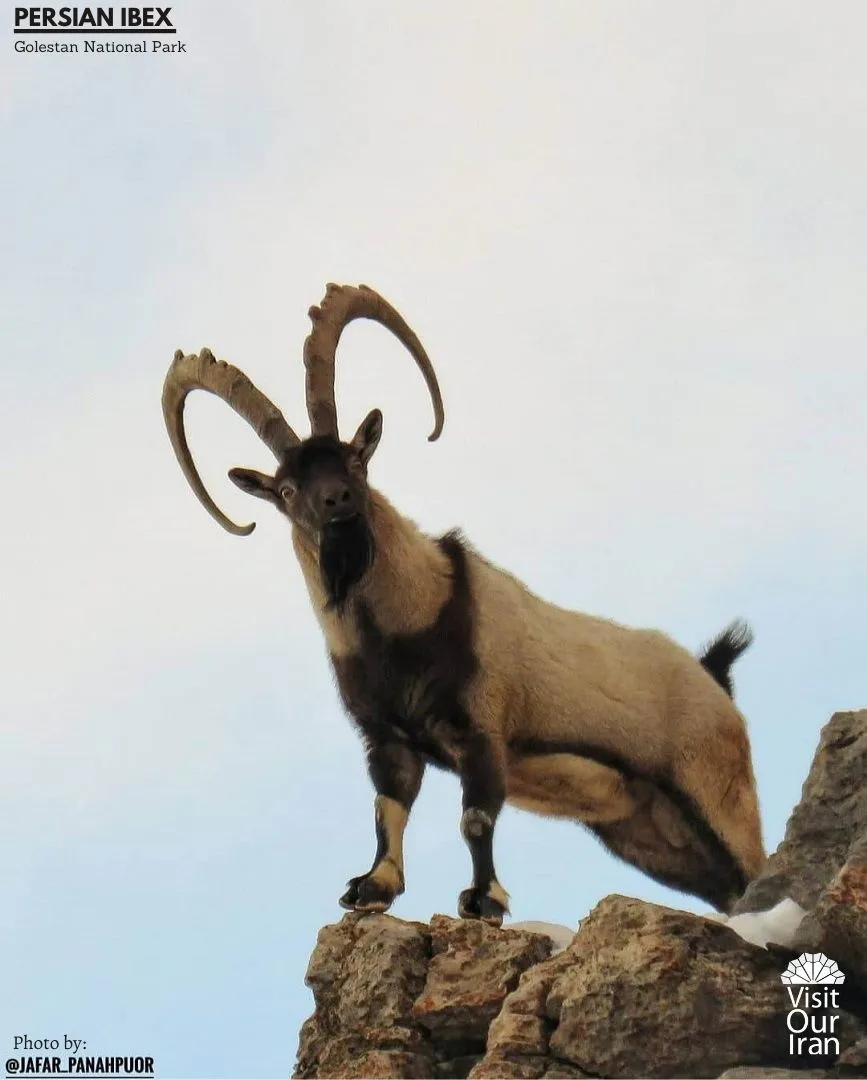
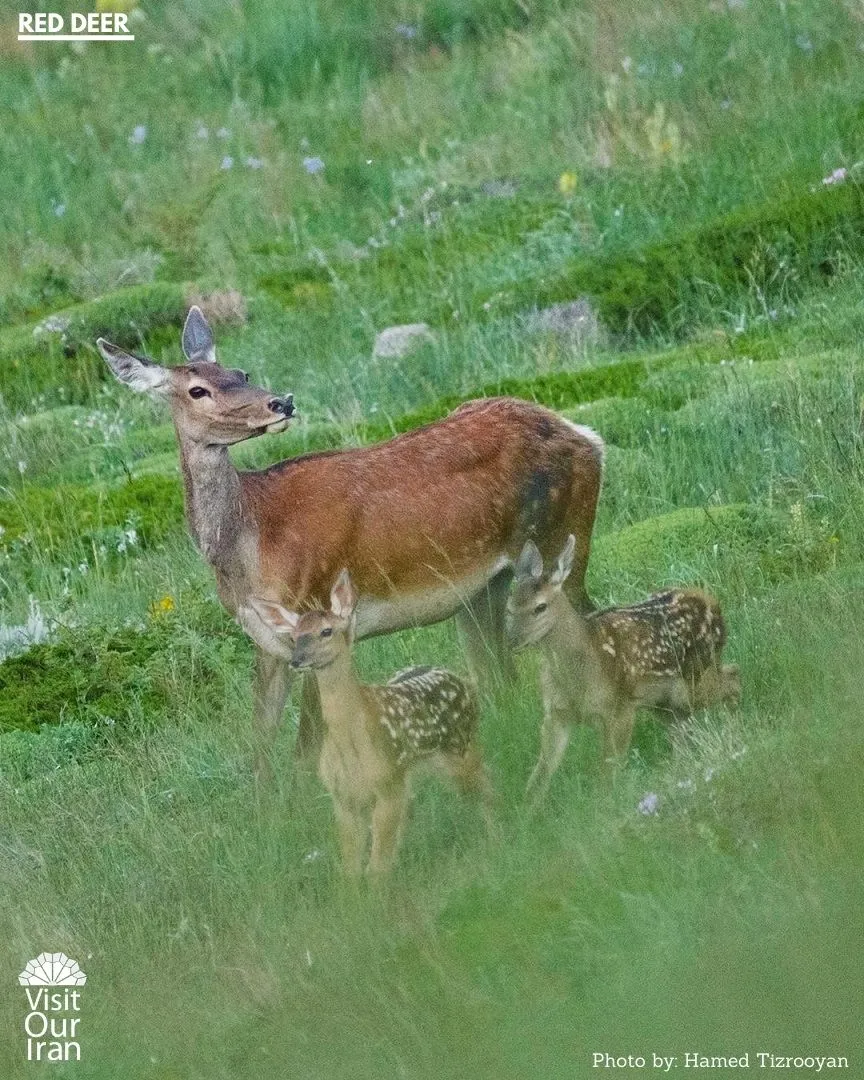
Still observing the charms of nature in this park is one thing and discovering them is another. Deeper observation of the park helps you notice the surprising diversity of climates and ecosystems within the boundaries of this National Park. Embarking on this one-day journey among Hyrcanian Forests, you’ll be able to see prominent species in large numbers such as Persian leopards, Caspian red deer, roe deer, jungle cat, and wild boar.
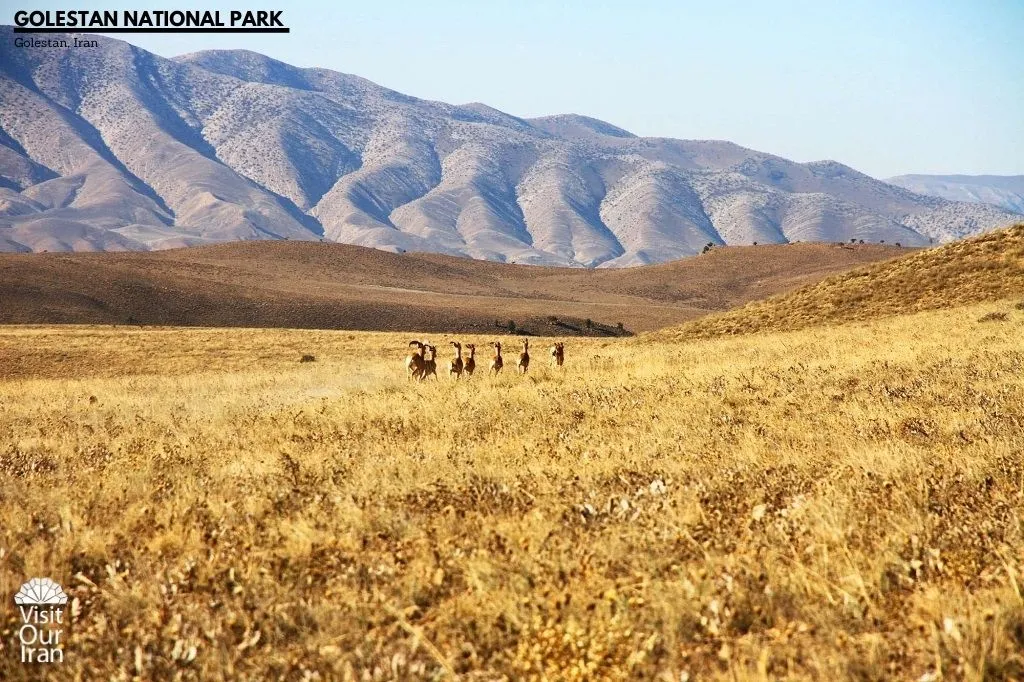
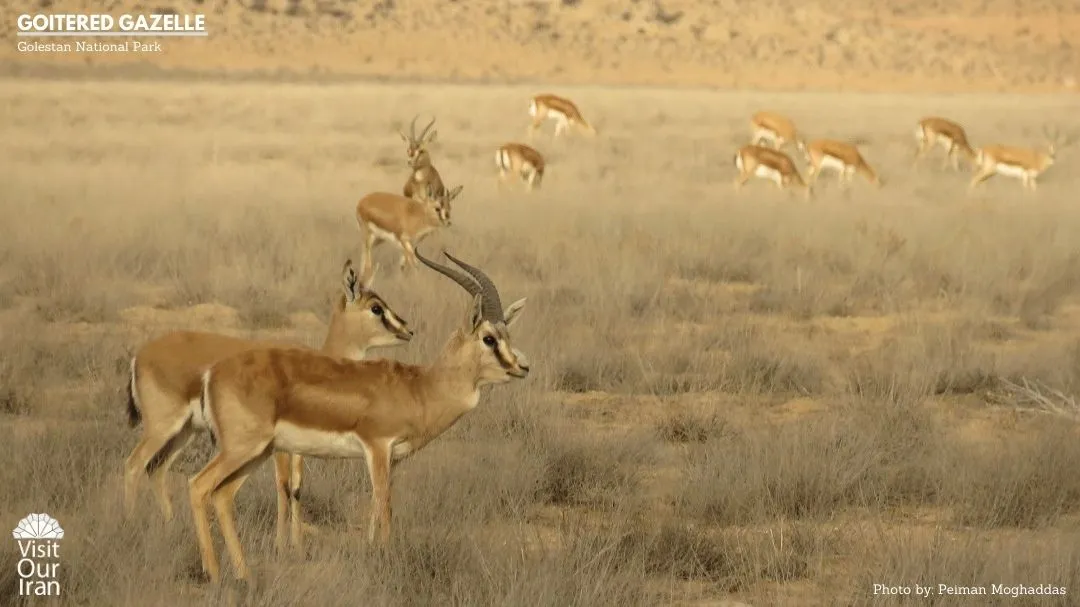
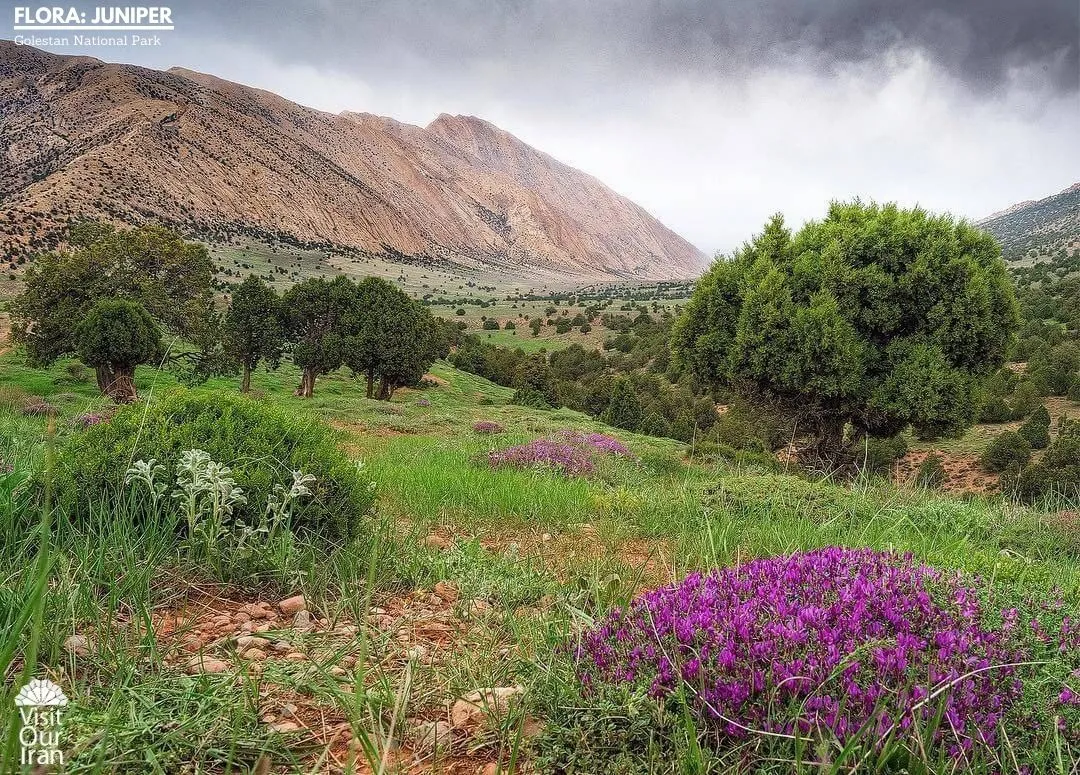
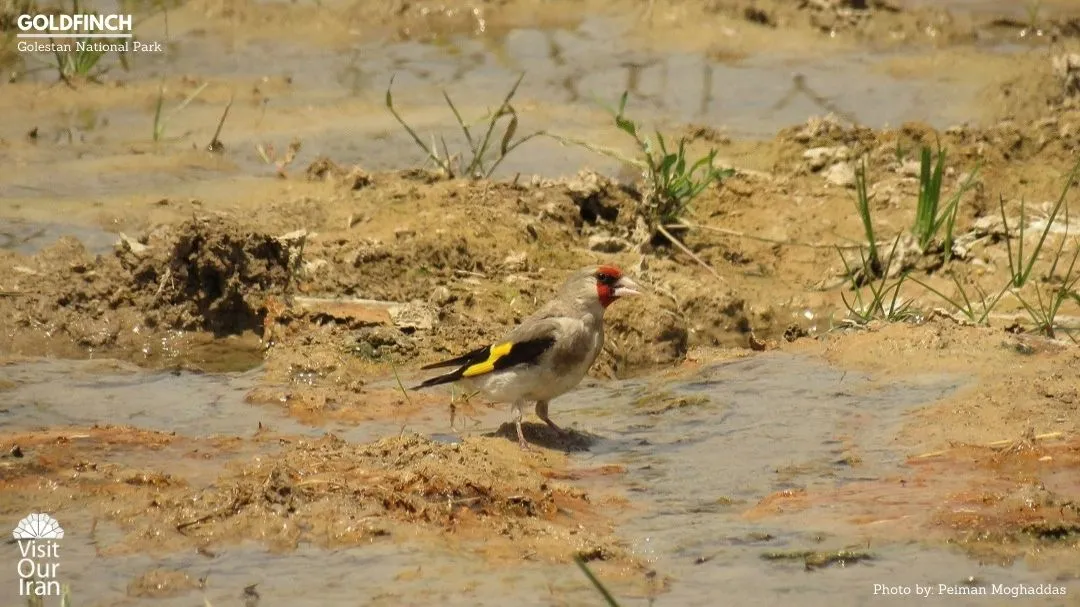
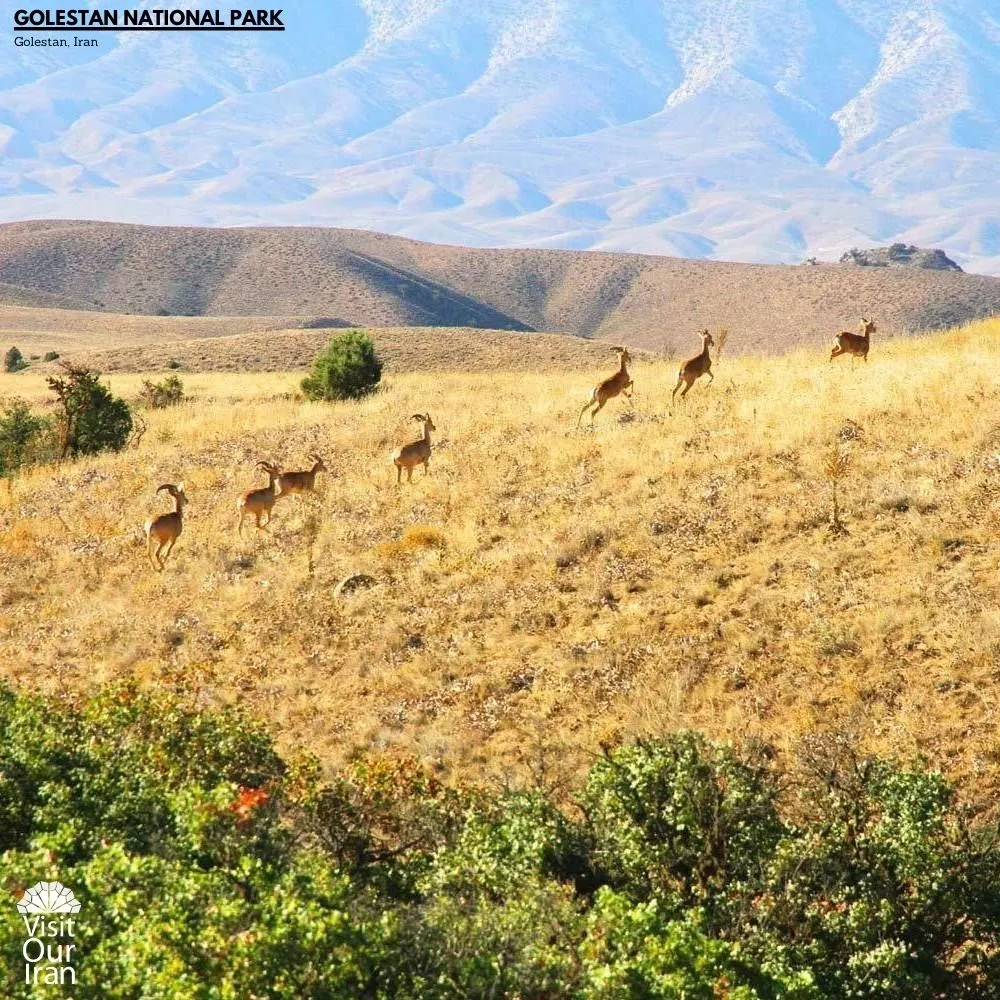
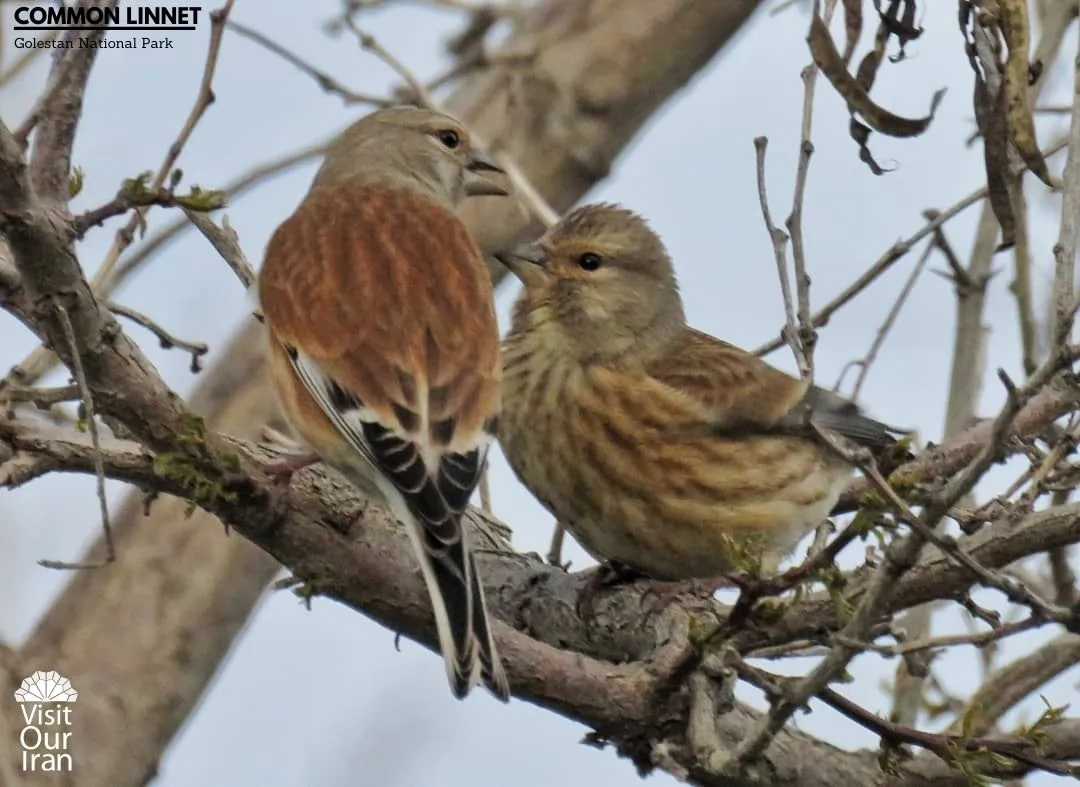
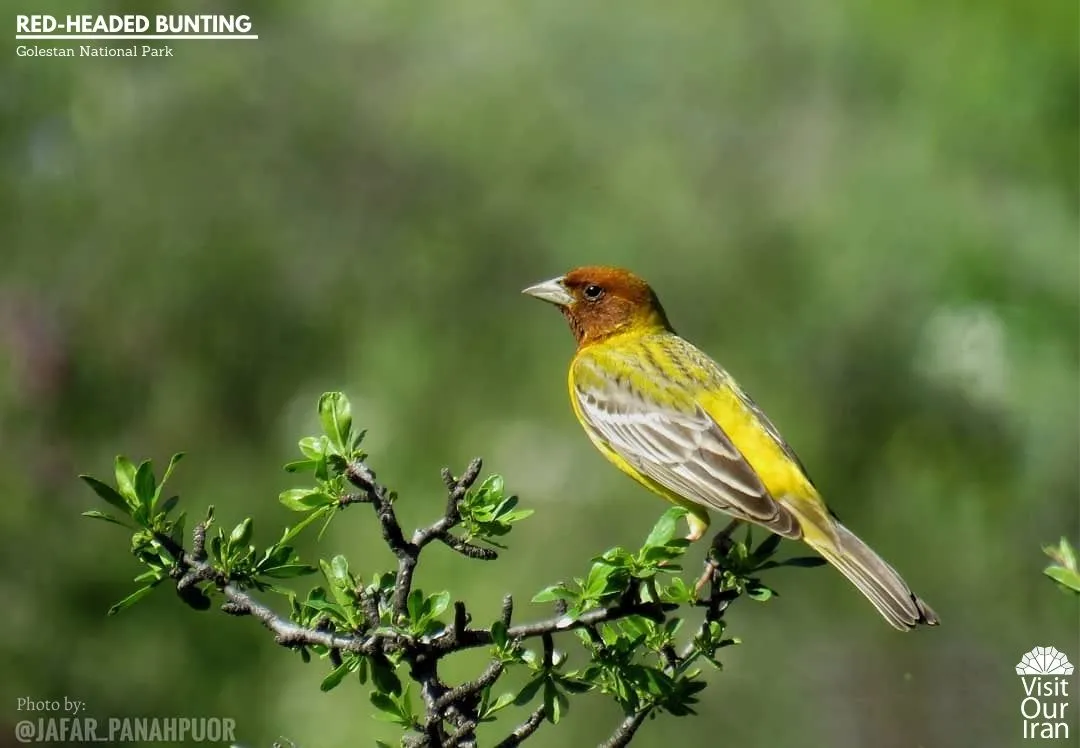
Then, within a magical 20-minute walk, you’ll be amazed to see how open forests lose their significance to open savannas and steppes where cherry plums, apples, barberries, and medlar shrubs are replaced with milkvetch. Within another 5 minutes, you’ll step in semi-arid landscapes and this is how the narrative of this protected area twists and turns. Persian ironwood, beech, maple, alder, juniper, European ash, oak, and the rare English yew are among exceptional plants you’ll see in this great park.
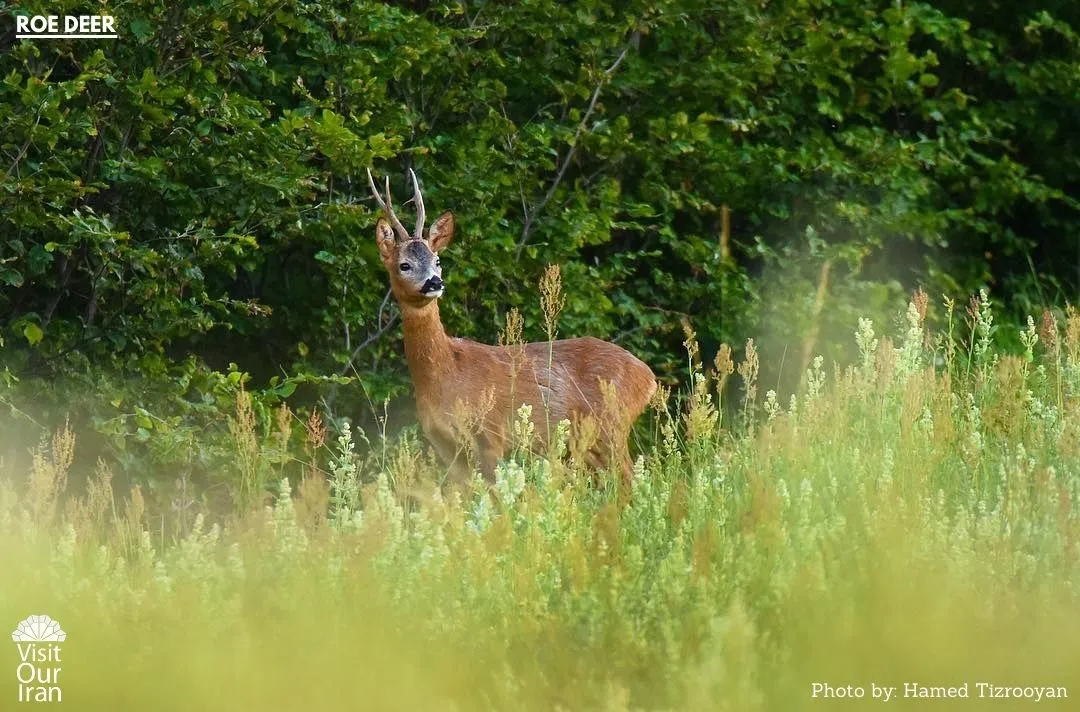
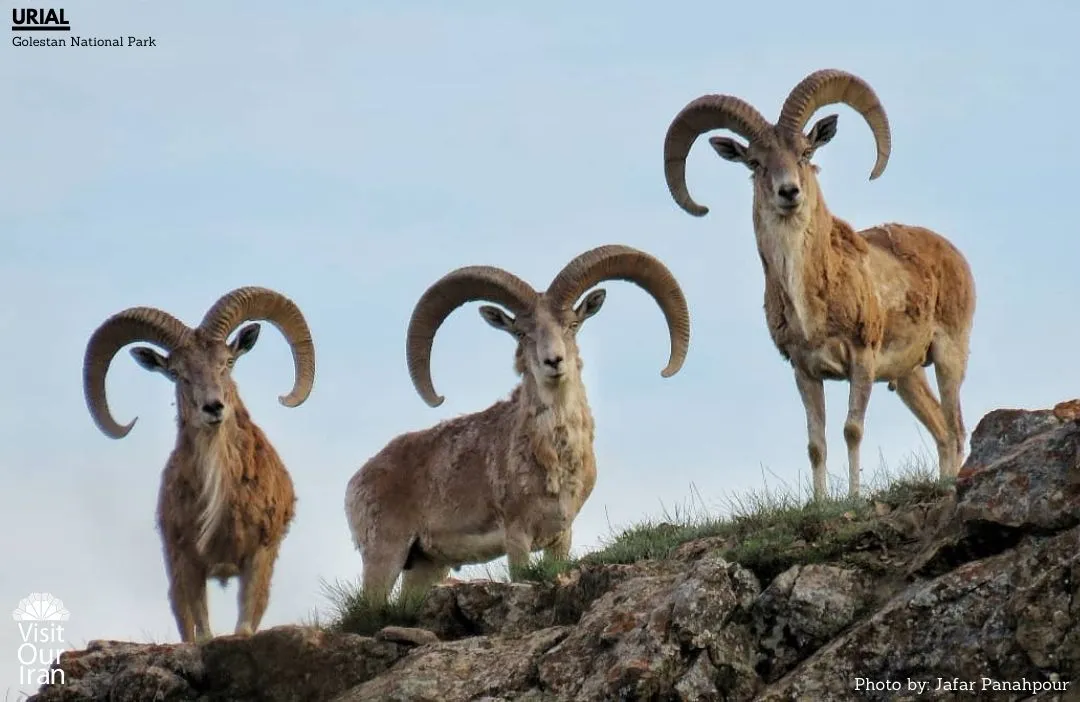
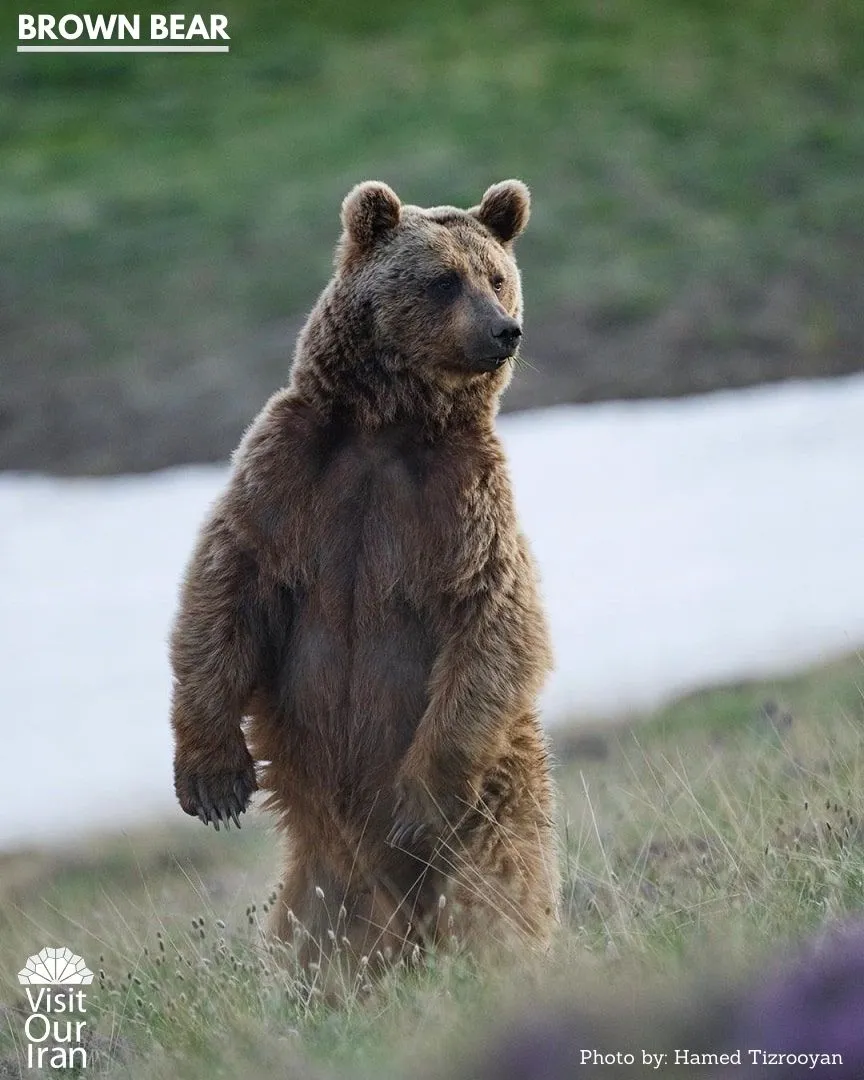
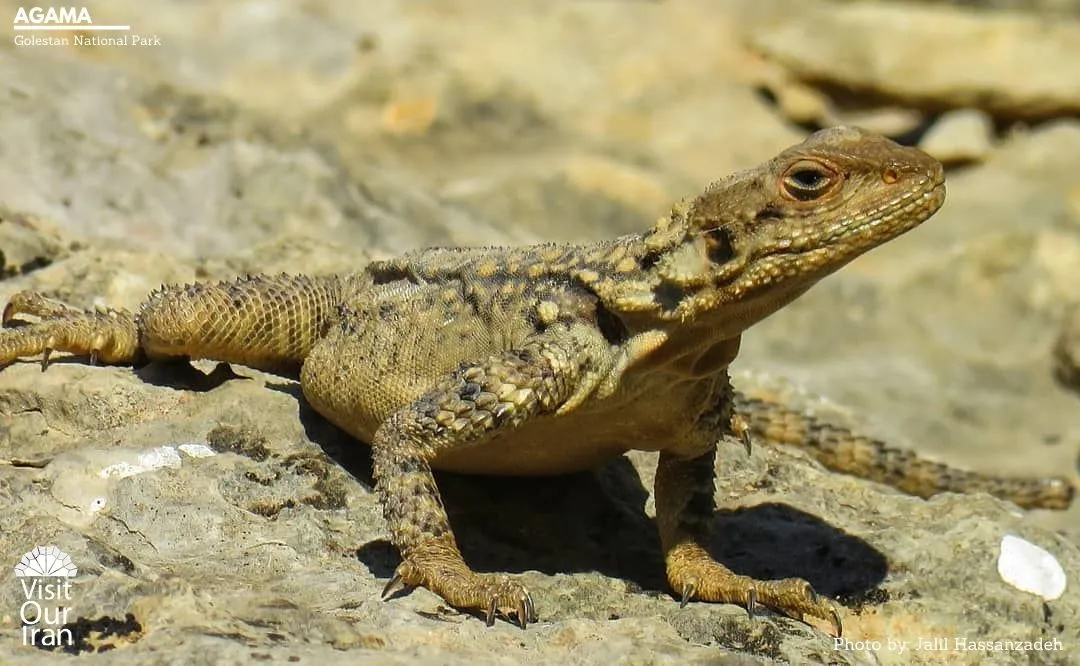
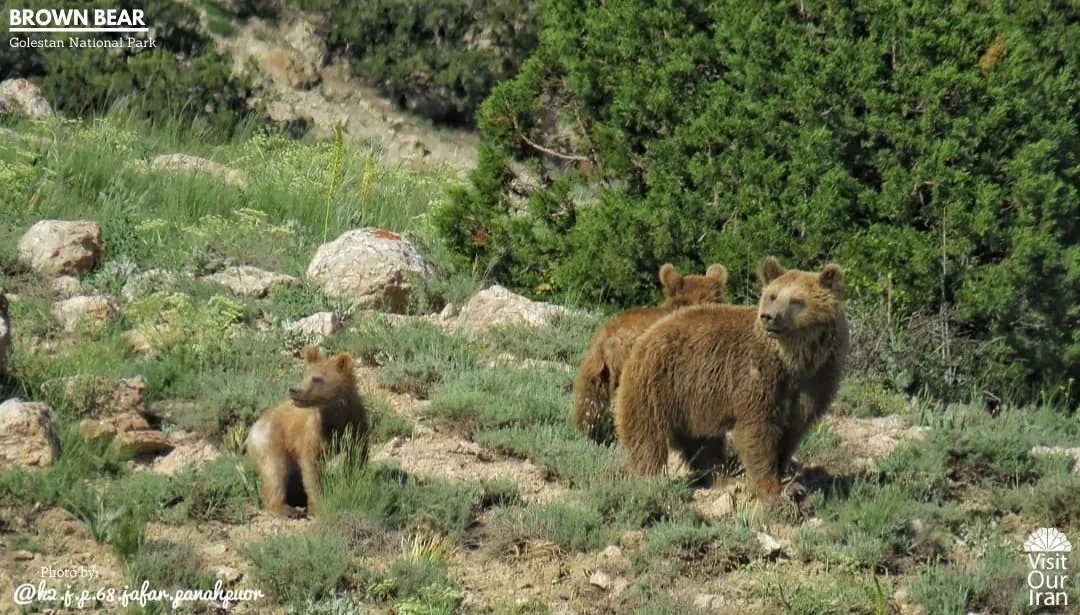
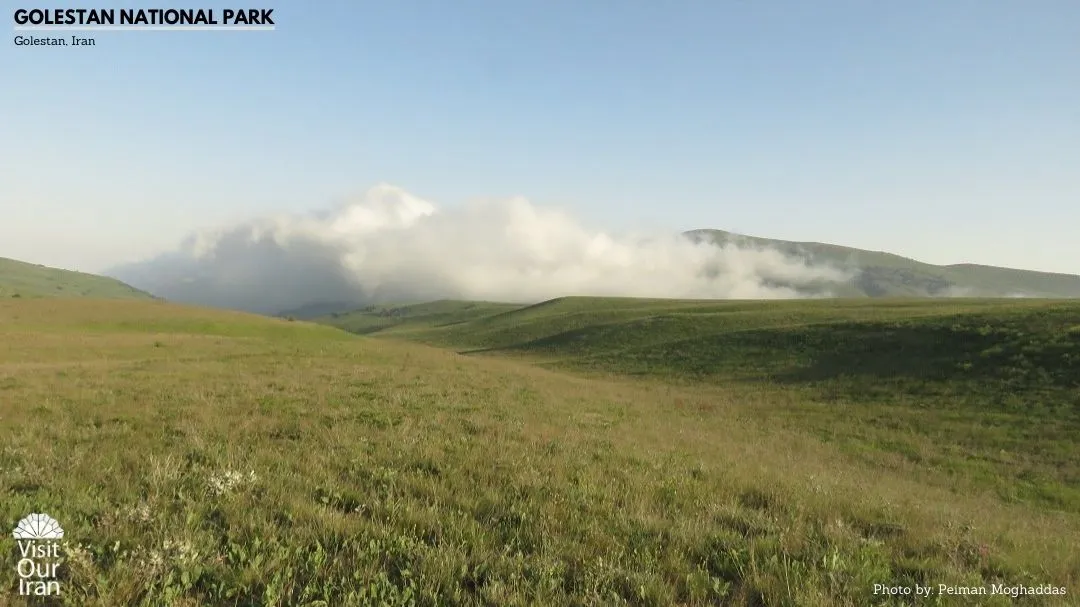
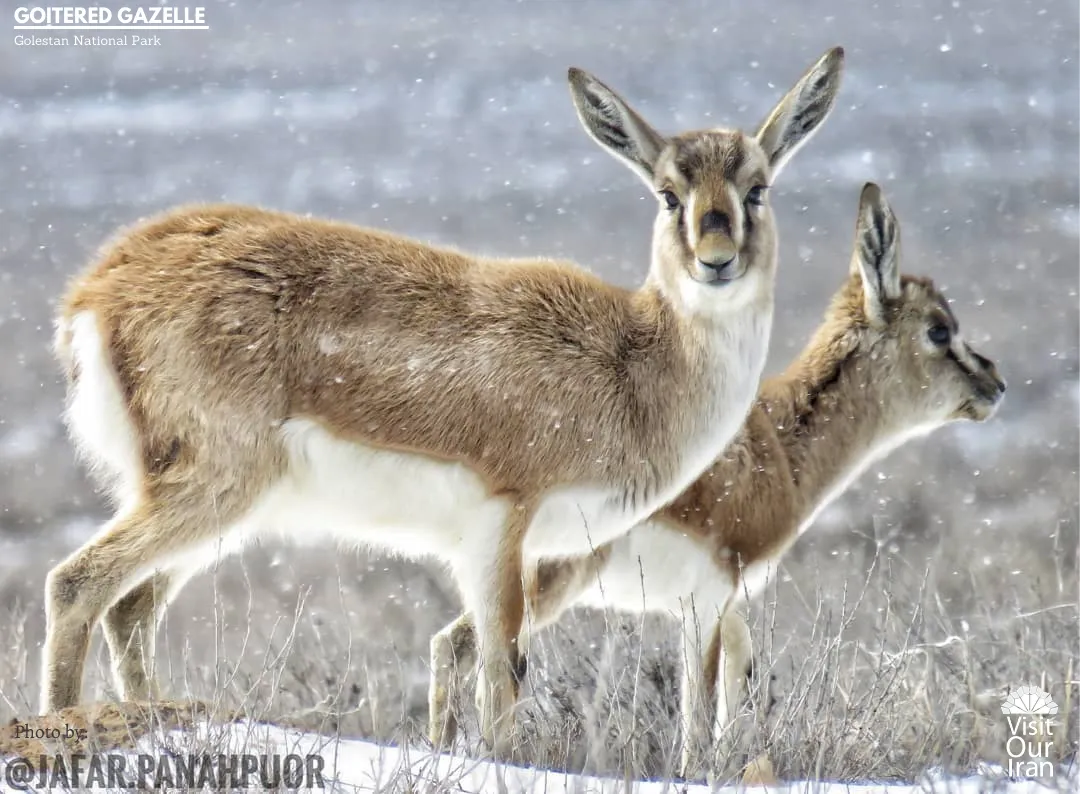
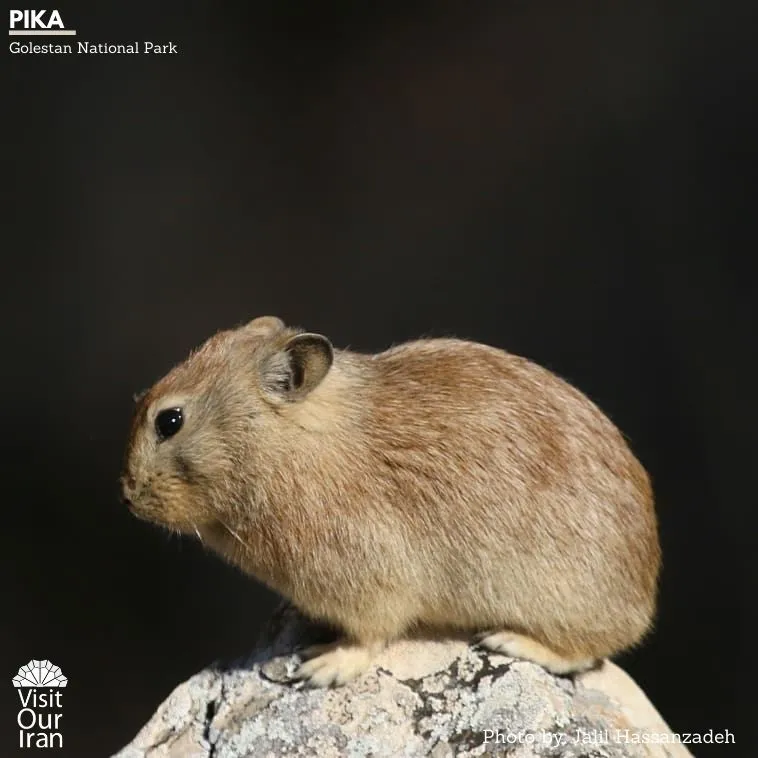
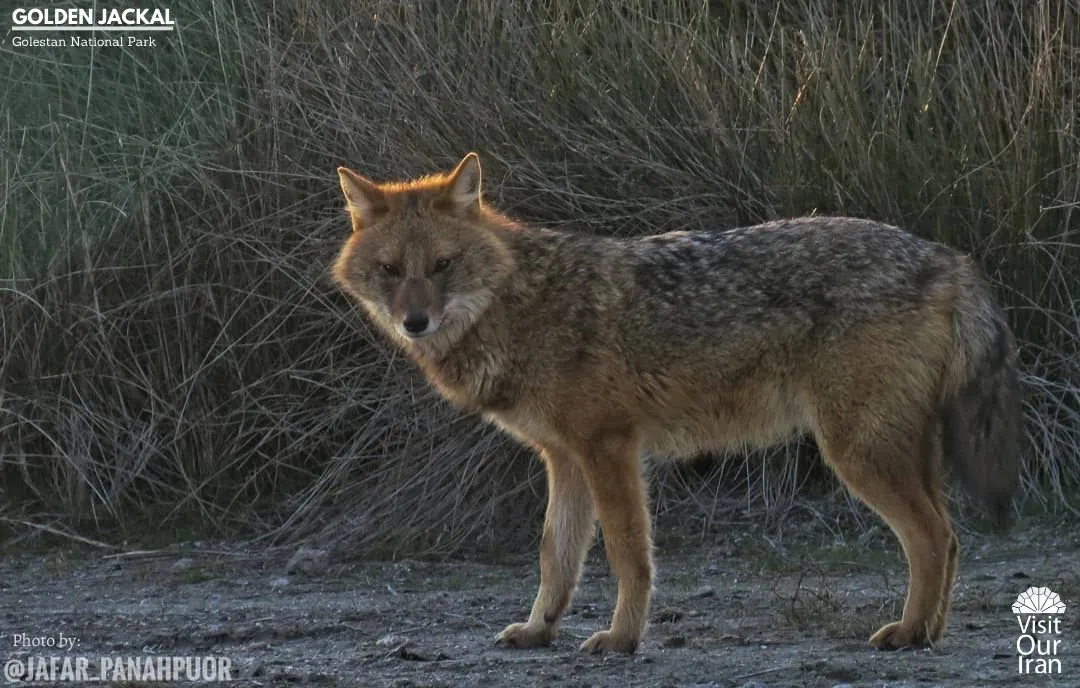
The biodiversity of these landscapes also varies since there’s a drastic shift in weather and climate. You can walk among different areas from green mixed forests towards mountainous or semi-arid steppes and see brown bears, urials, Persian ibexes, grey wolves, goitered gazelles, pikas, wild boars, and reptiles such as different snakes, vipers, cobras, agamas, and monitor lizards. Goitered gazelles look different according to the hot and cold seasons; they look brighter in the summers, while they’re furrier in winters. You can see or take cute pictures from their pretty little fawns in the spring.
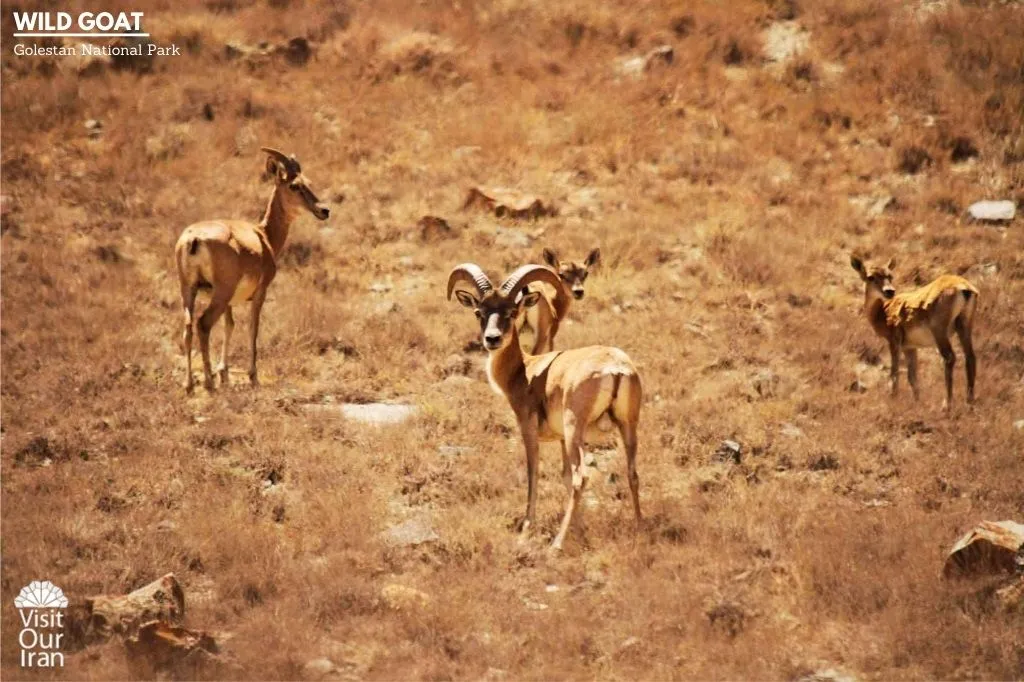
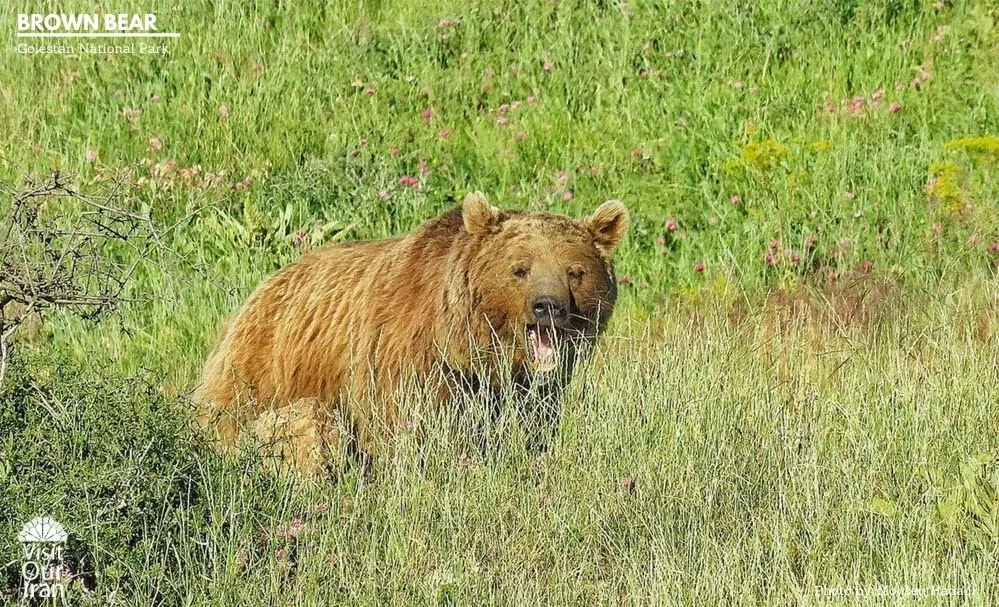
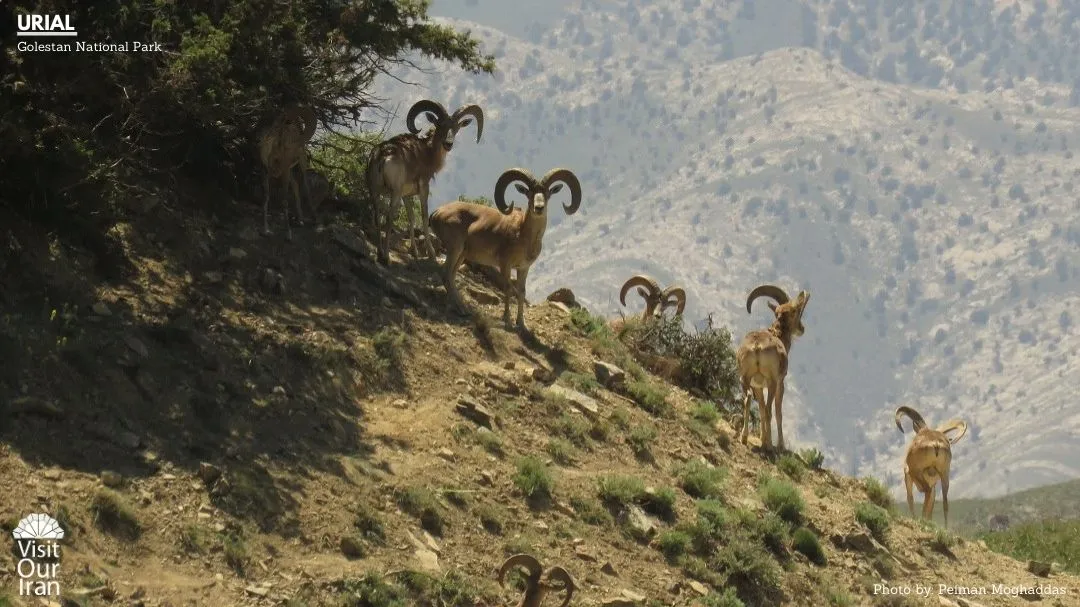
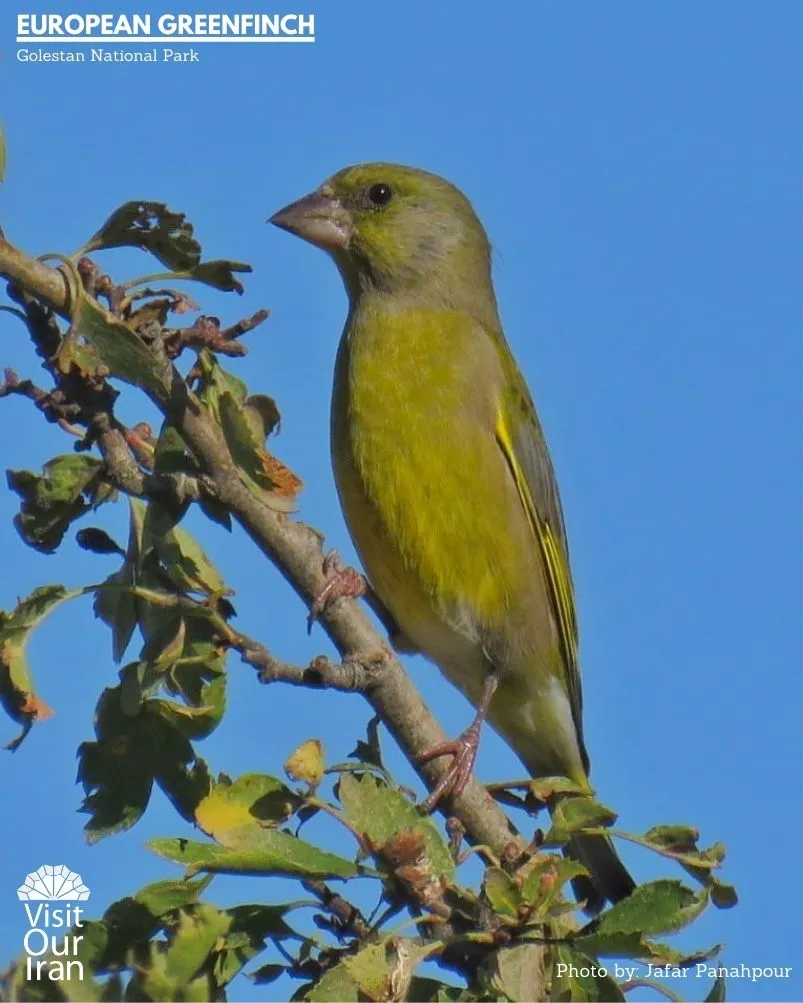
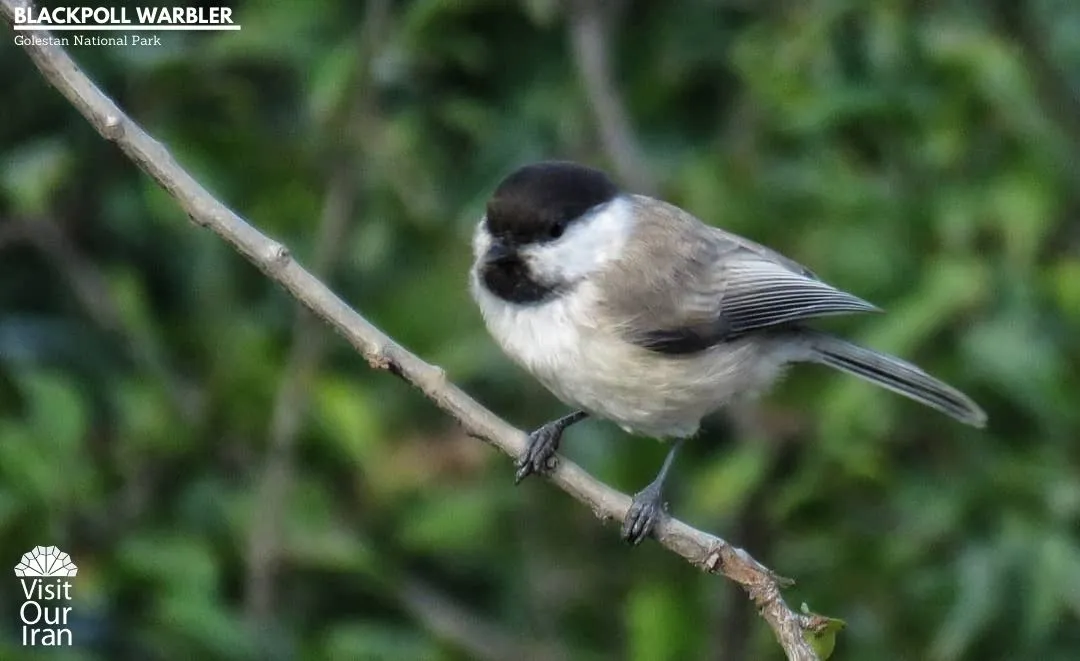
The green carpets of grass atop the Sharlegh and Dasht plateau presents you with a great view of this diversity compacted in one single perspective. Almeh is one other beautiful and virgin plateau in this protected area where bears, Persian leopards, and great numbers of urials with their astonishing spiral horns can be seen.
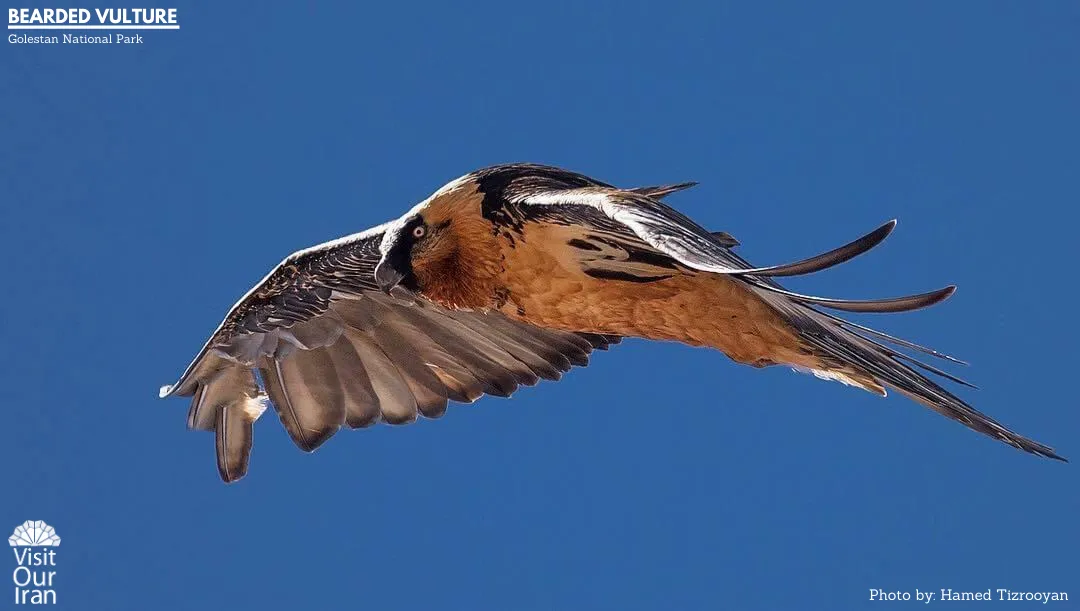
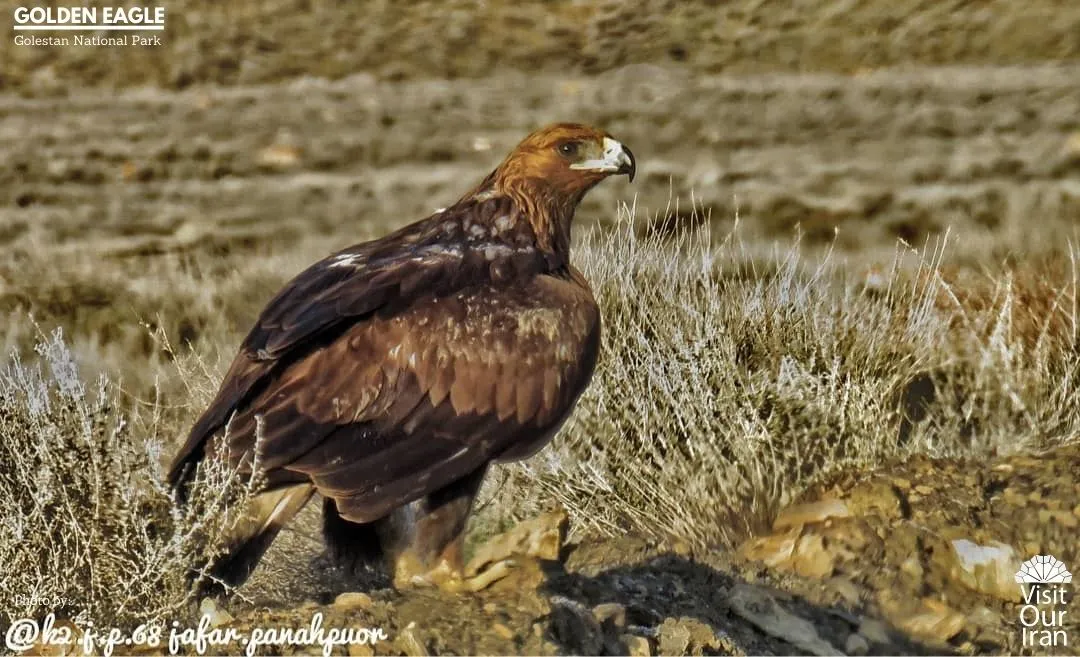
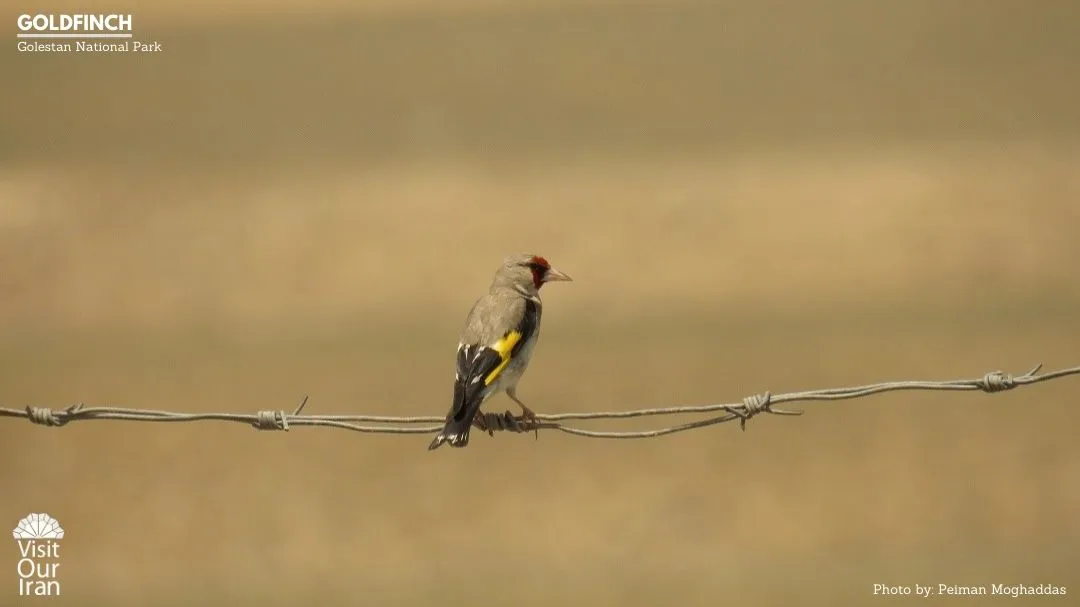
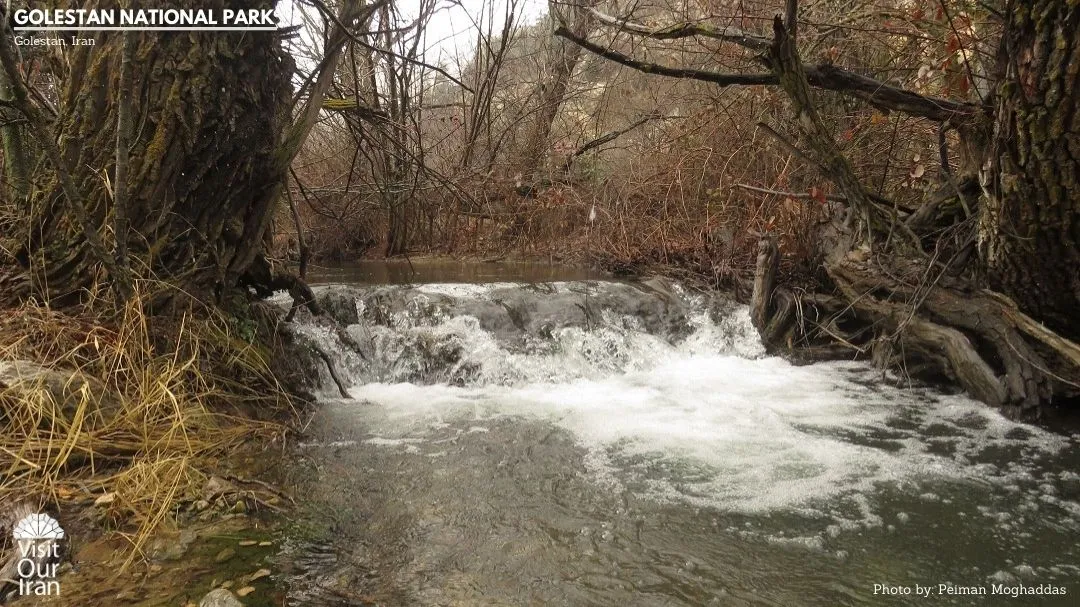
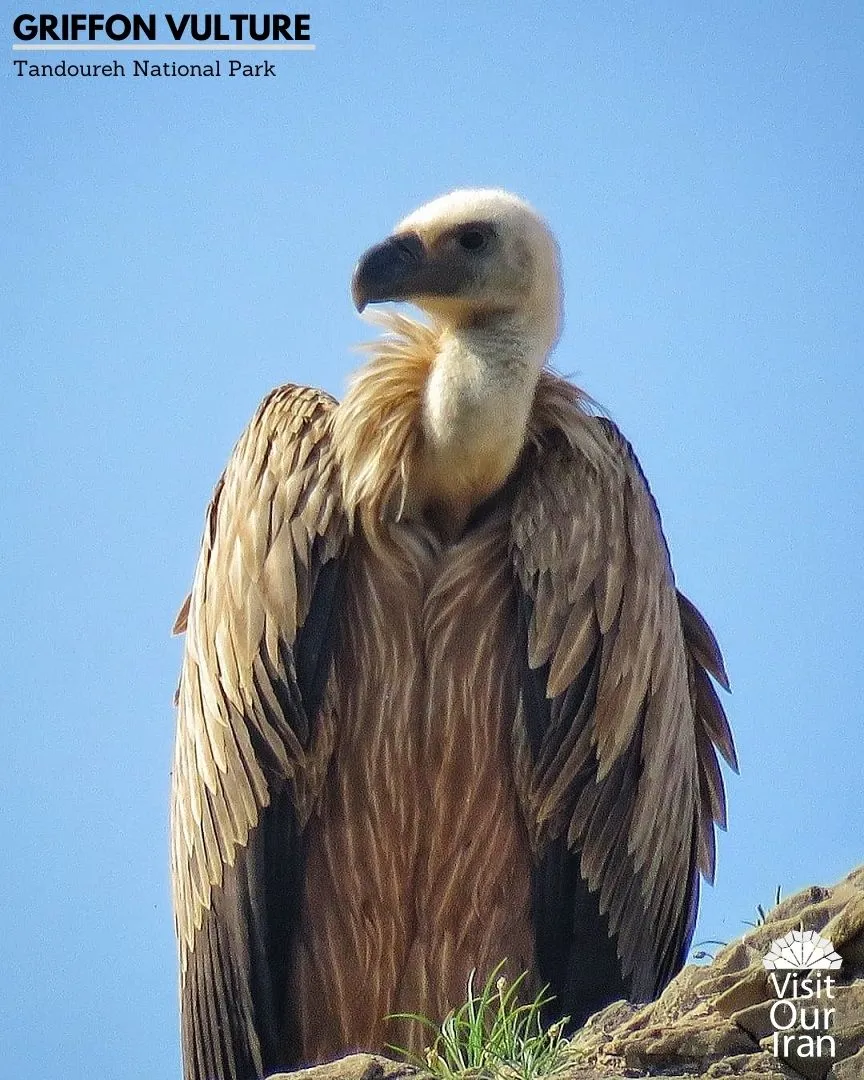
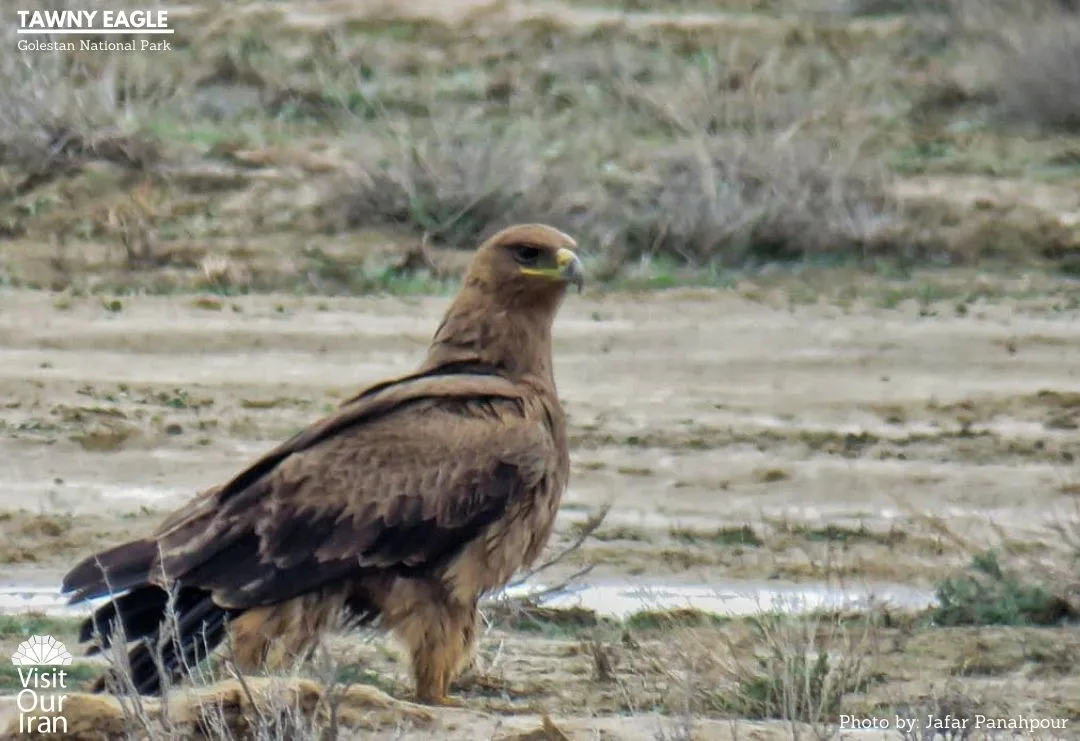
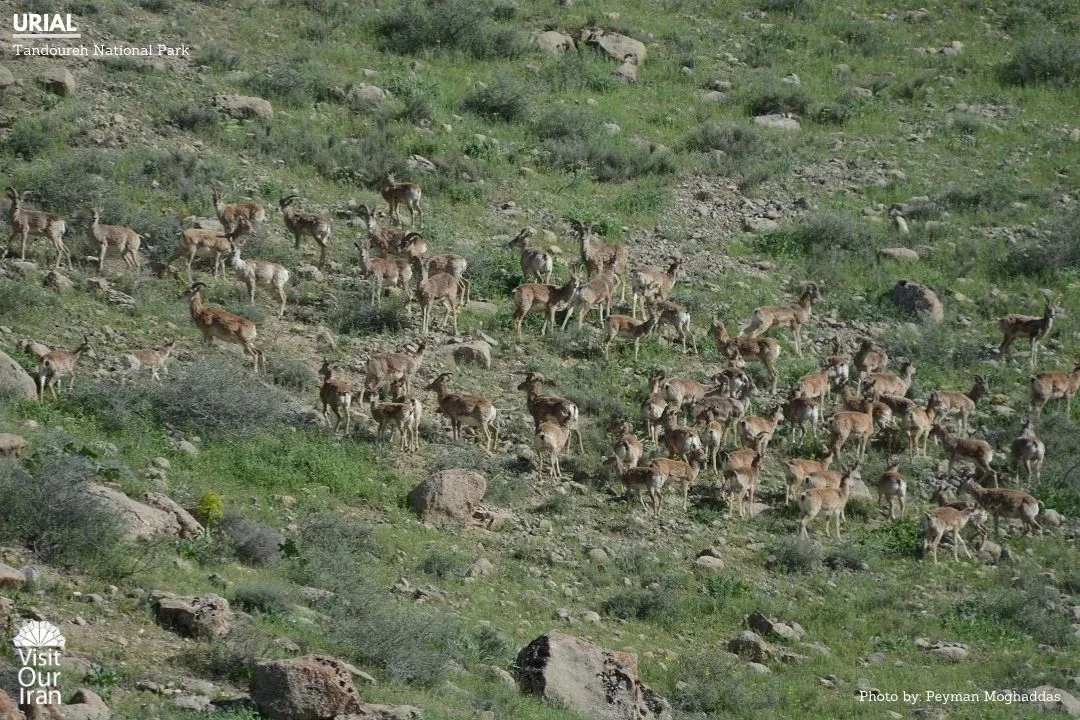
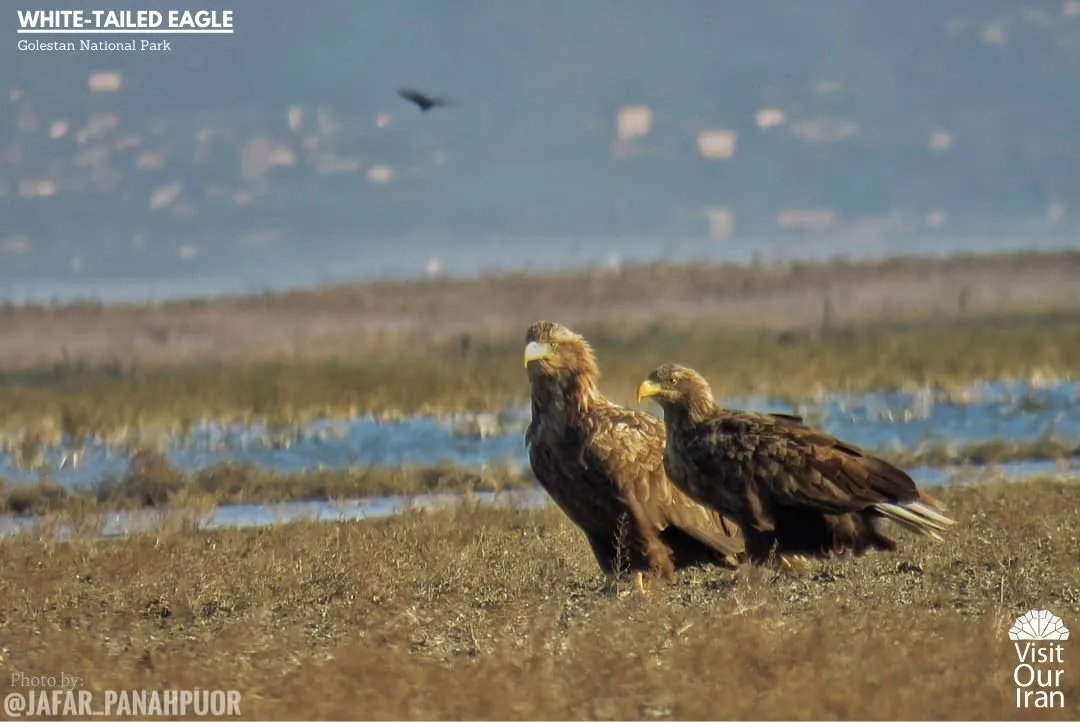
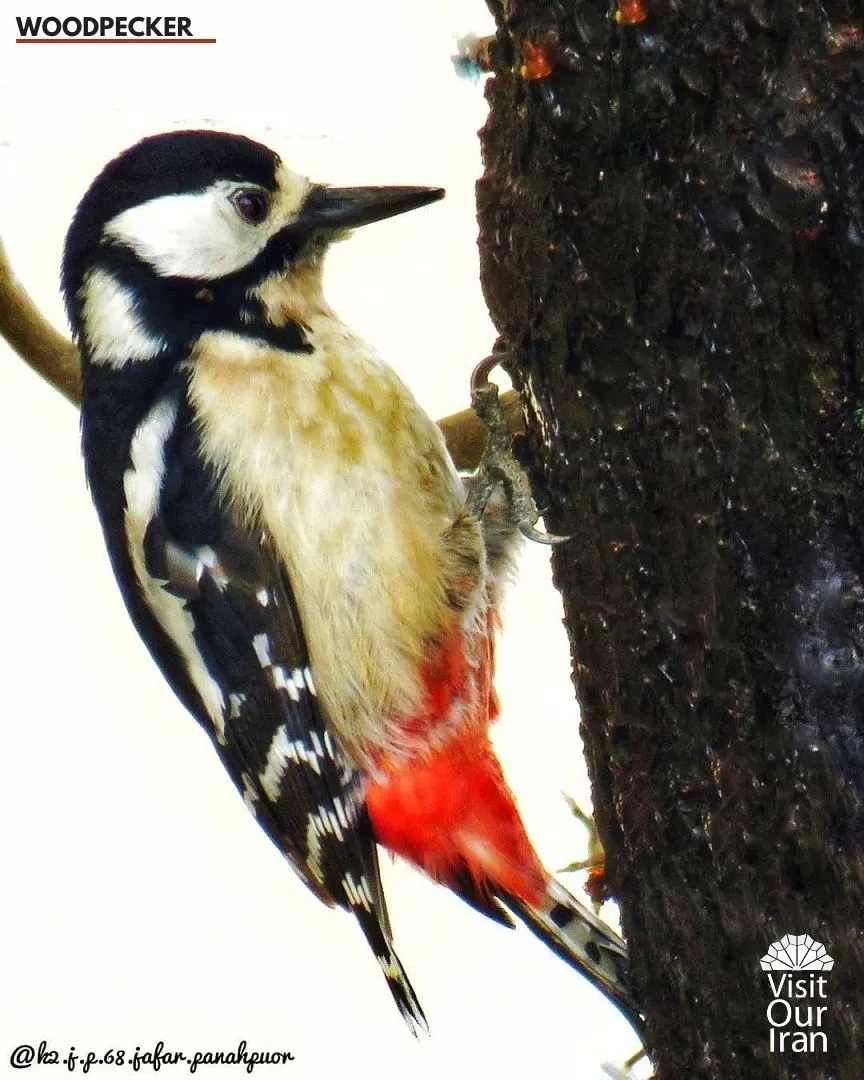
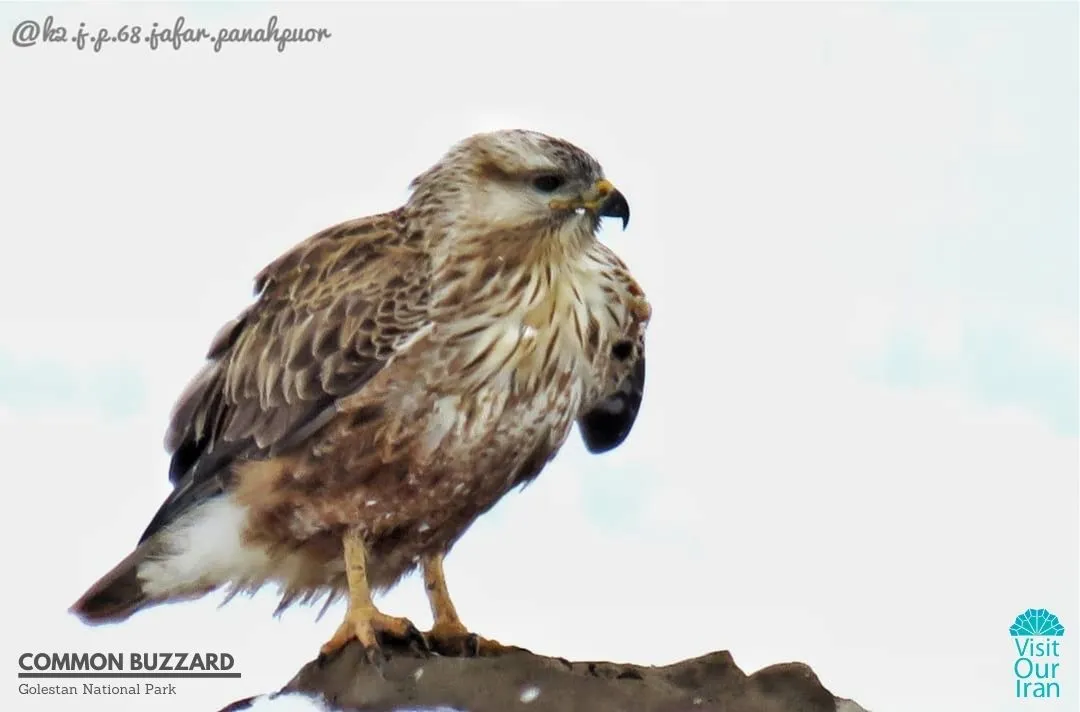
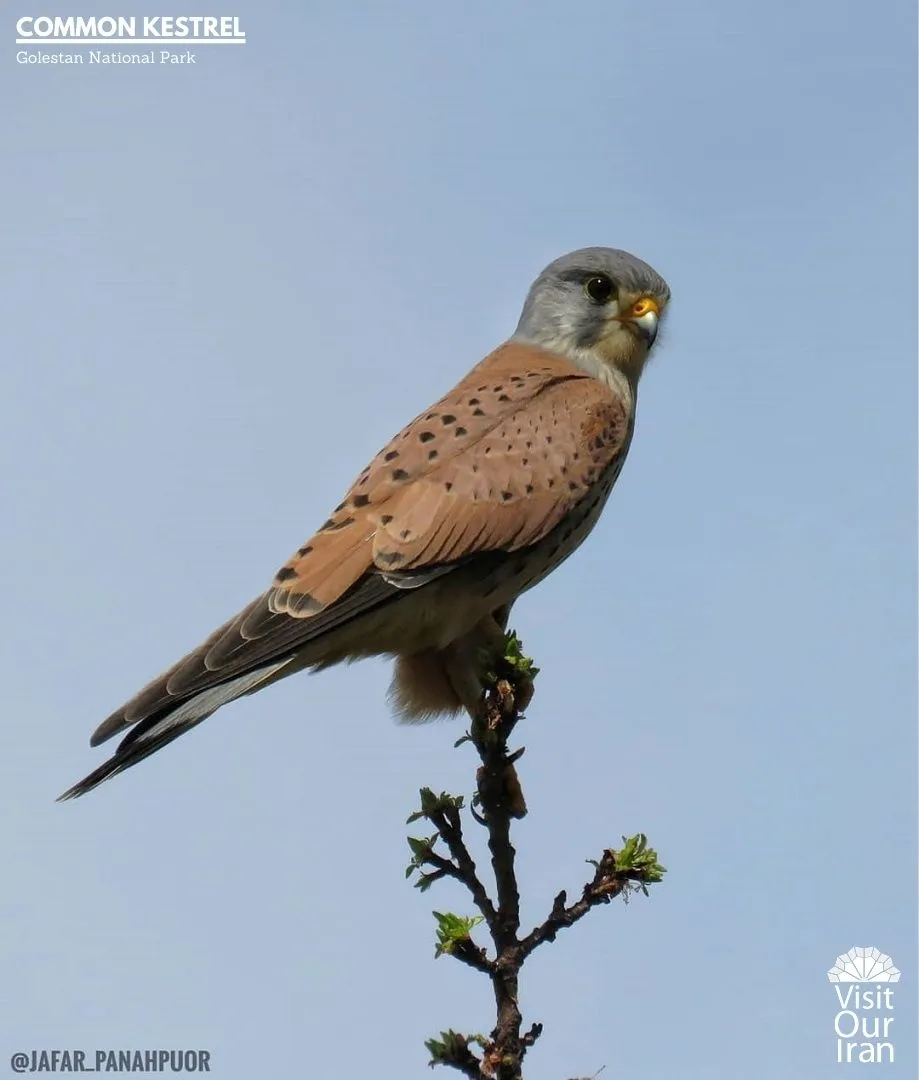
One of the remarkable features of this park is its deciduous forests that are left as untouched heritages from millions of years ago. These forests are home to various species of birds of prey such as falcons, golden eagles, tawny eagles, common buzzards, woodpeckers, owls that are visible at dusk and night, passerines, see-see partridge, various kinds of finches, griffon vulture, Egyptian vulture, black vulture, and bearded vulture which is the biggest bird flying in the sky above Iran and is known to be blissful in Iranian culture and literature. Yup, Golestan National Park is a real heaven for birdwatchers. Camping is one way to stay in the park, but there are ecolodges in which you can stay safe and warm or the other choice would be spending the night with the locals in nearby rural areas.
Listen to the Tales of Nature
Nature in Iran has a lot of stories to say. Its narrative twists and turns as you move from one climatic zone to another. Join us in our Nature and Adventure tours and listen to the heartbeat of nature within the various expanses stretched over this country.
Tandoureh National Park, the Heavenly Destination for Ecotourism
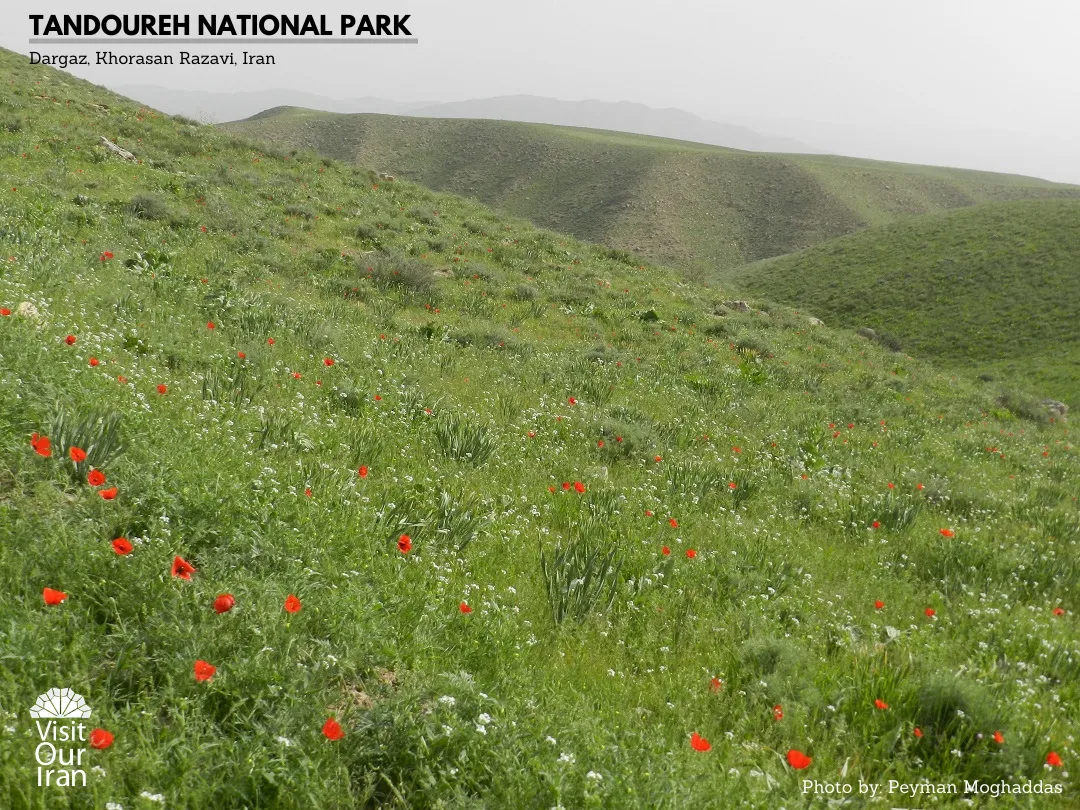
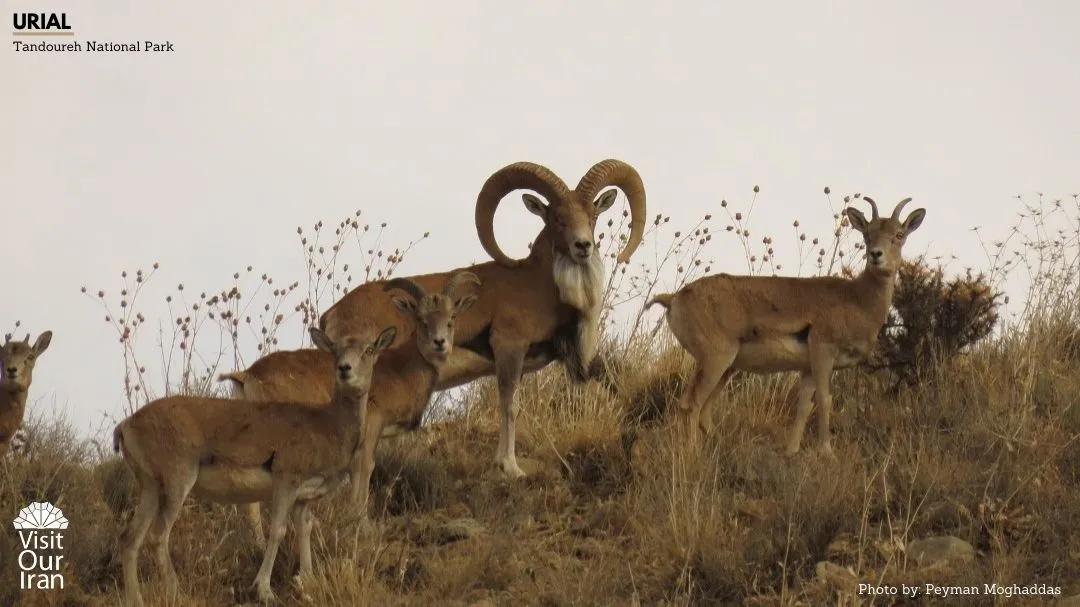
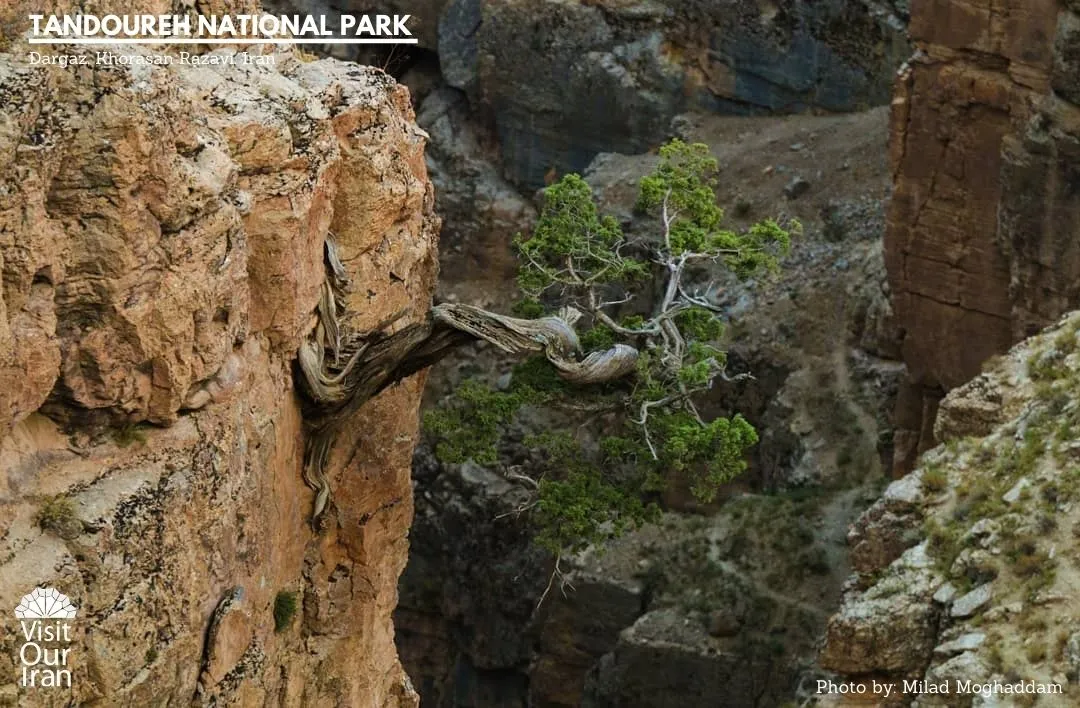
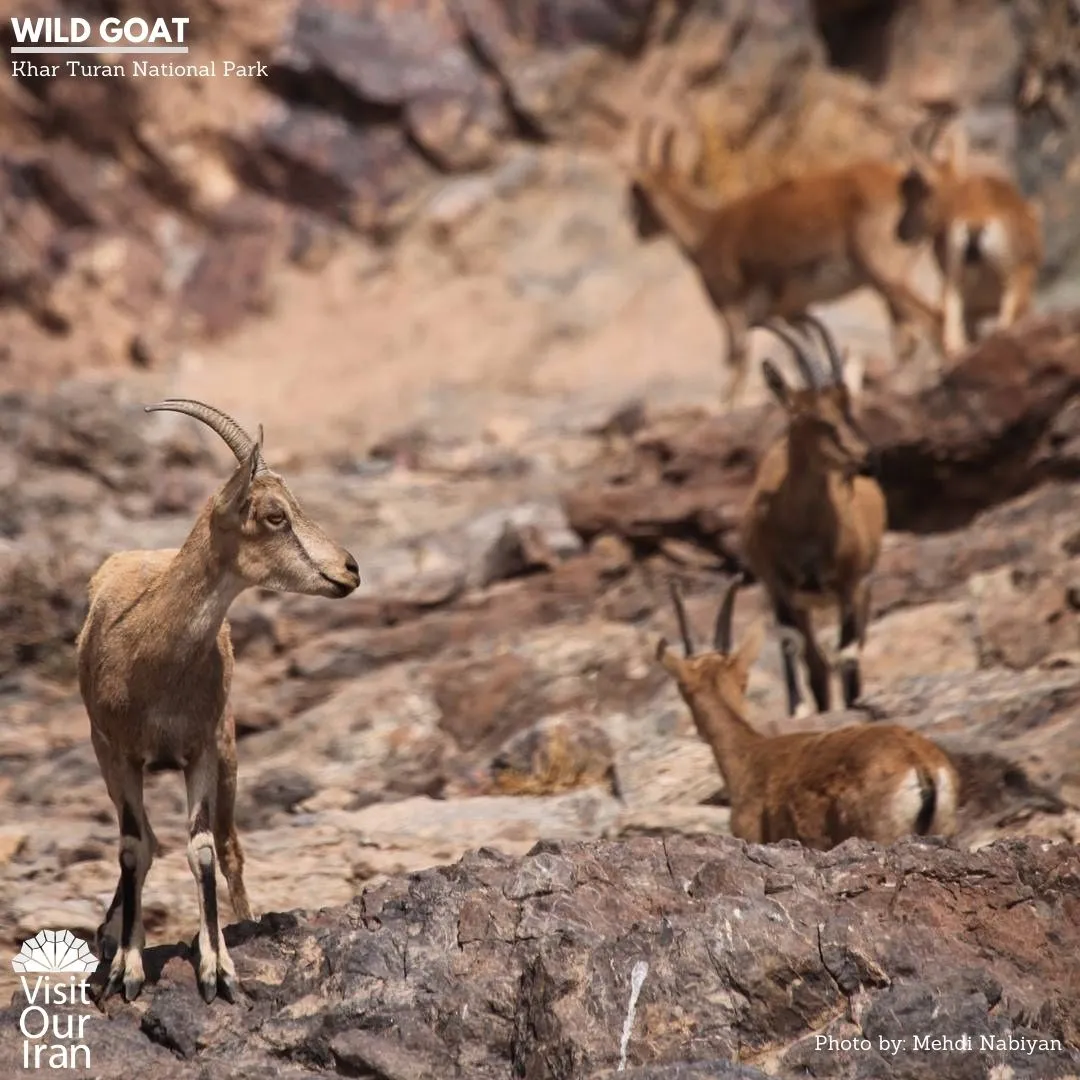
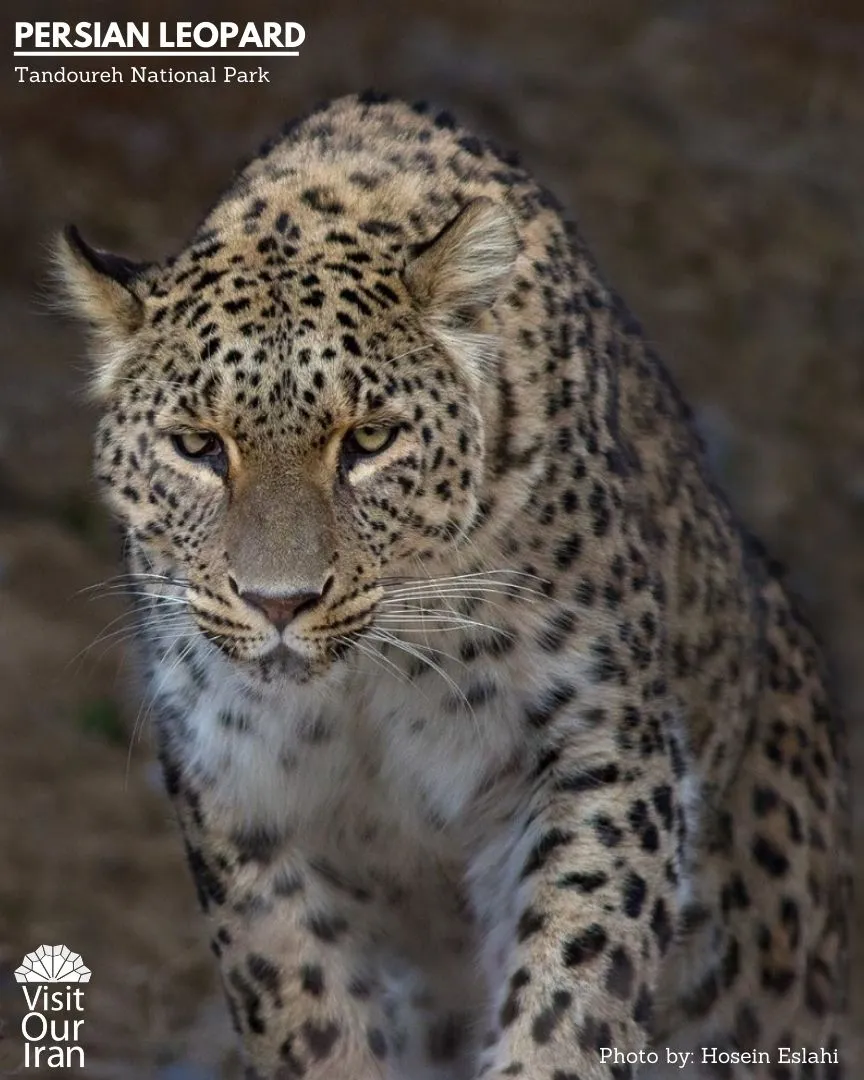
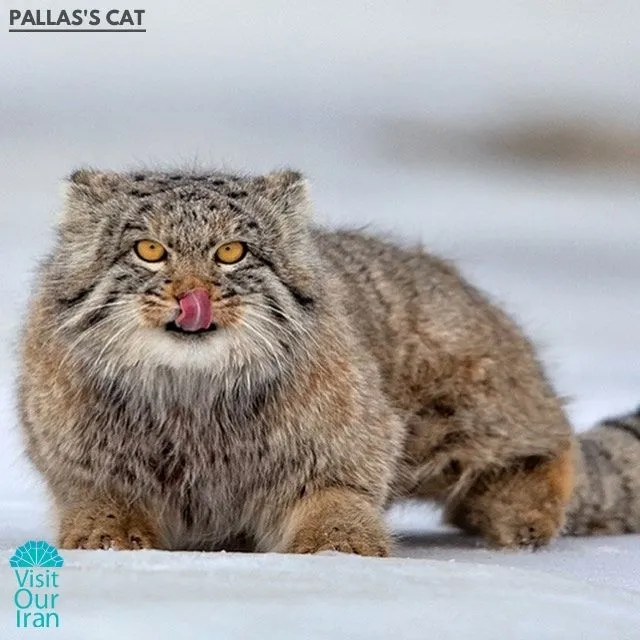
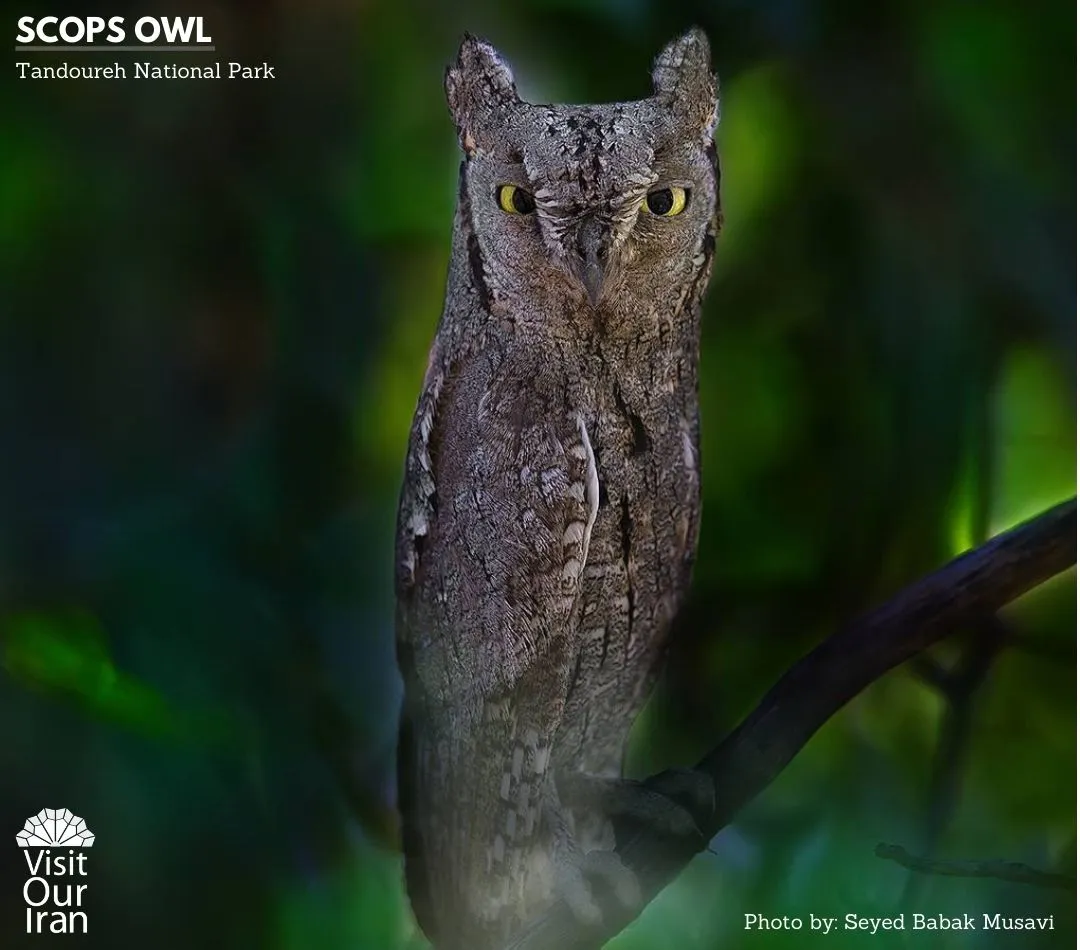
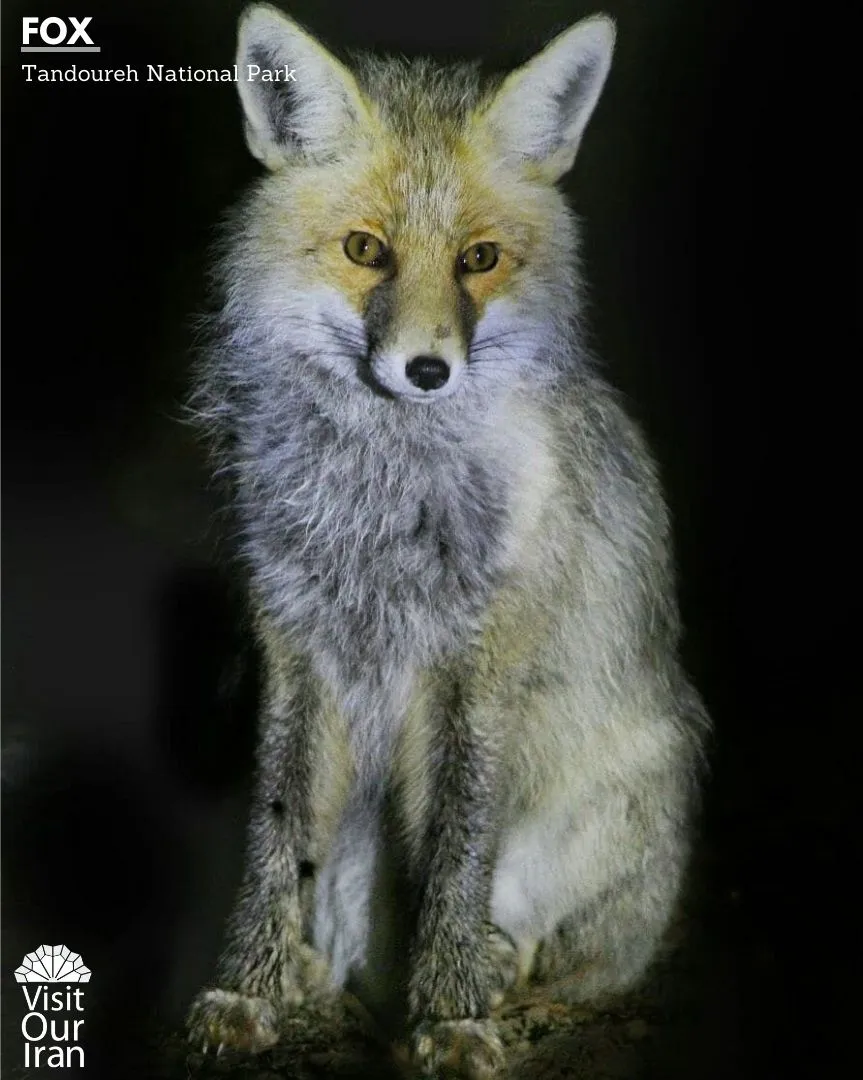
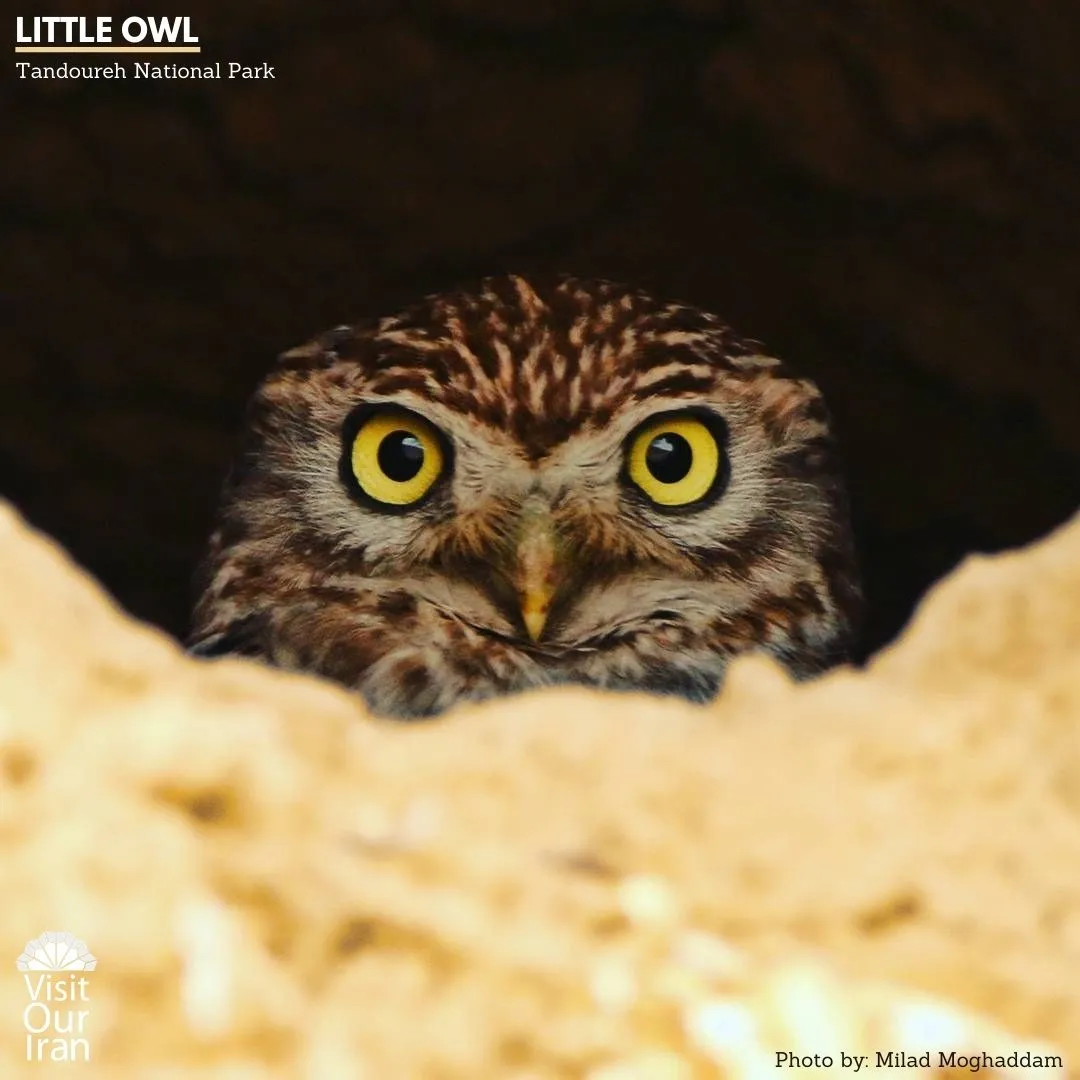
Nestled at Dargaz, Khorasan Razavi, close to the border of Iran and Turkmenistan, Tandoureh National Park has a unique topography leading us to unexpected perspectives and awe-striking ecosystems within its 35540 hectares. While you’re exploring the green mountainous paths of this amazing park, you would see urials and wild goats upon the cliffs strongly standing with their gorgeous curled horns. These wild goats and urials look different compared to those in Golestan National Park. Moreover, this park is home to the largest population of Persian leopards; so, it is very likely to see them in Tandoureh National Park.
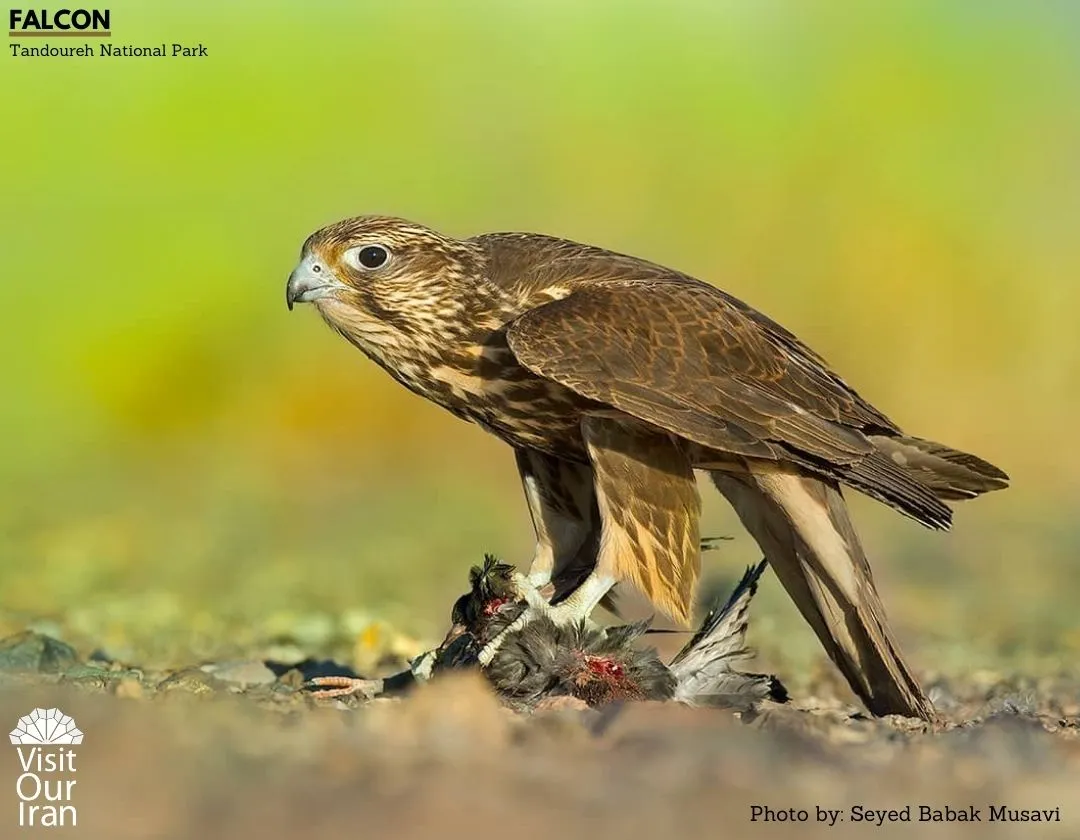
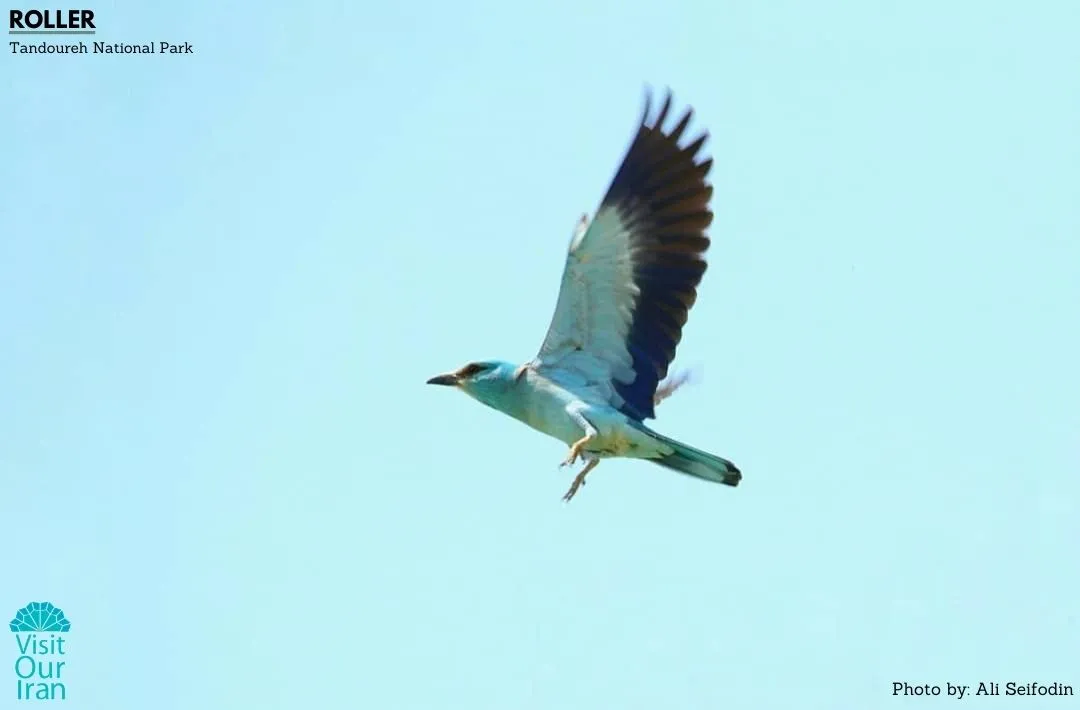
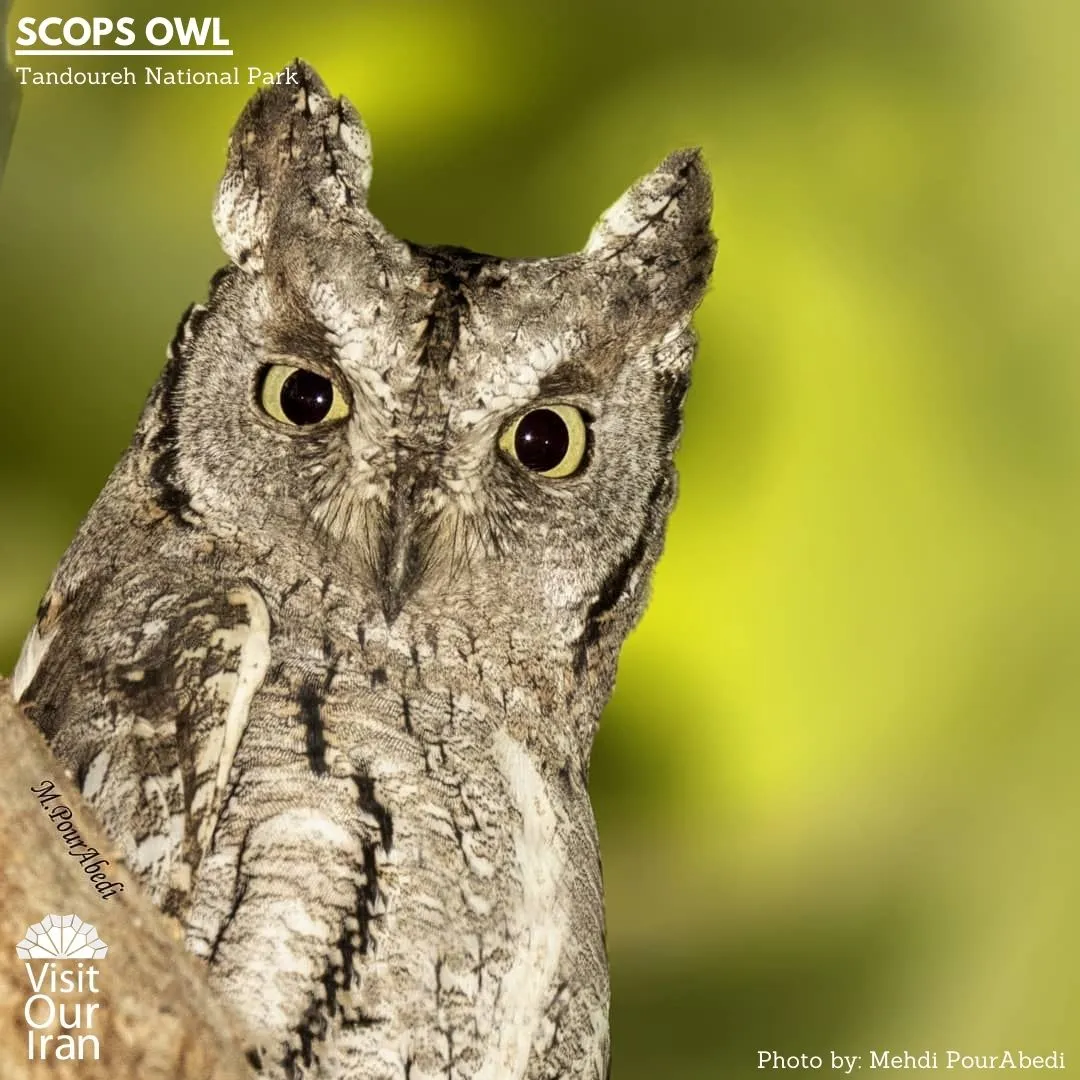
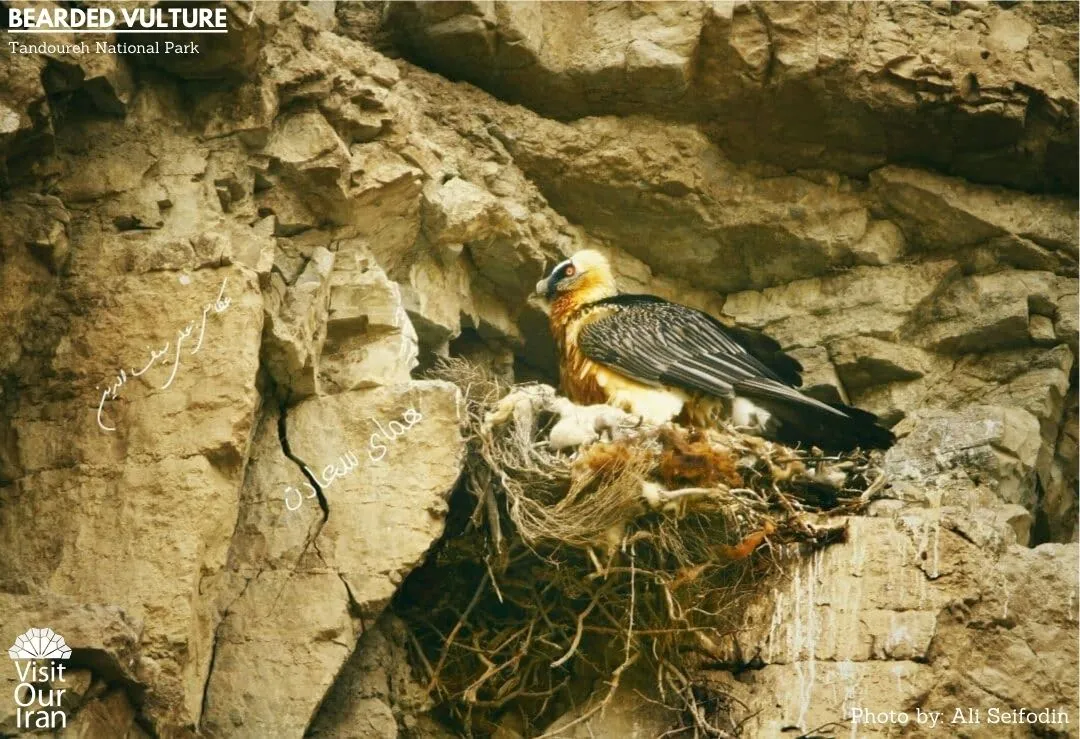
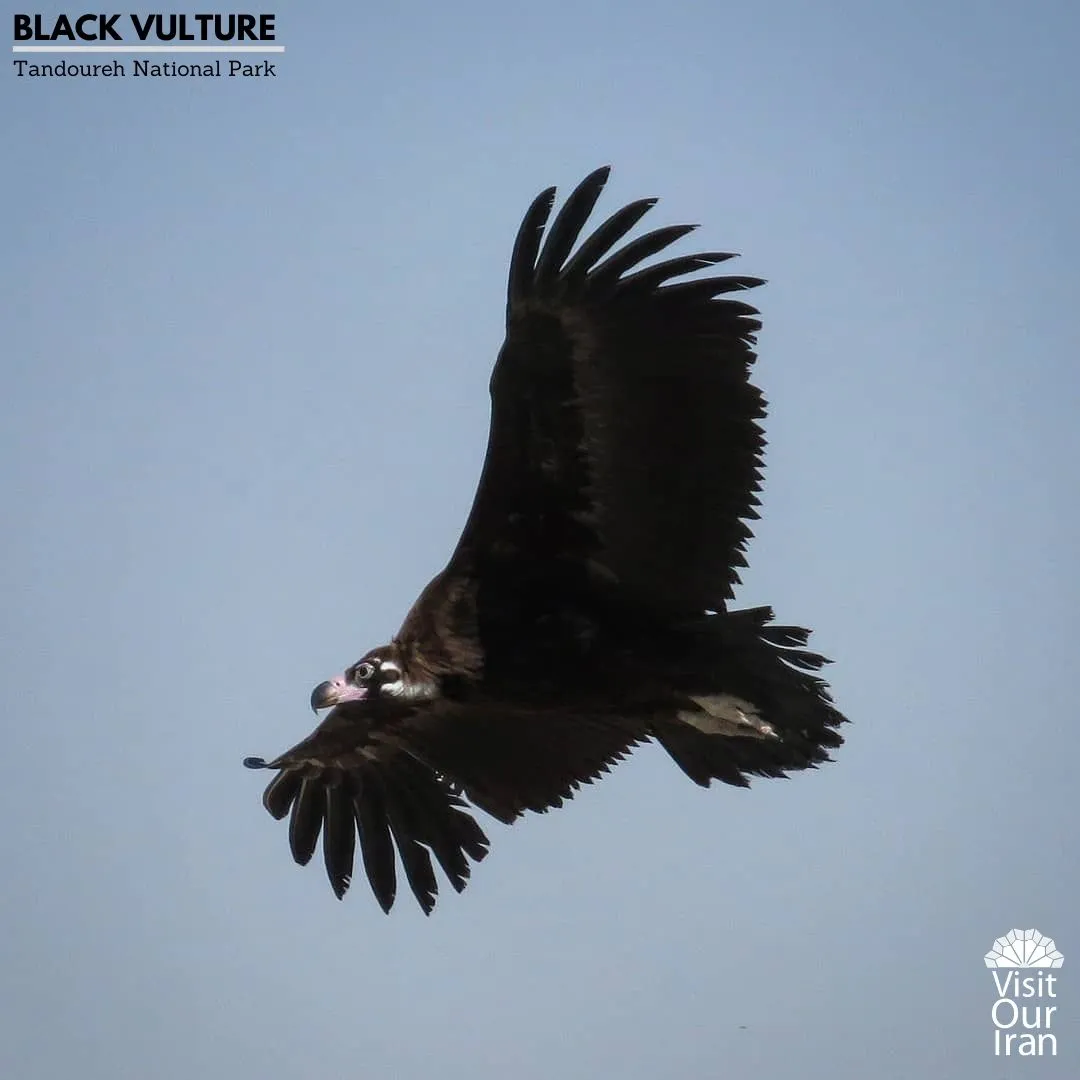
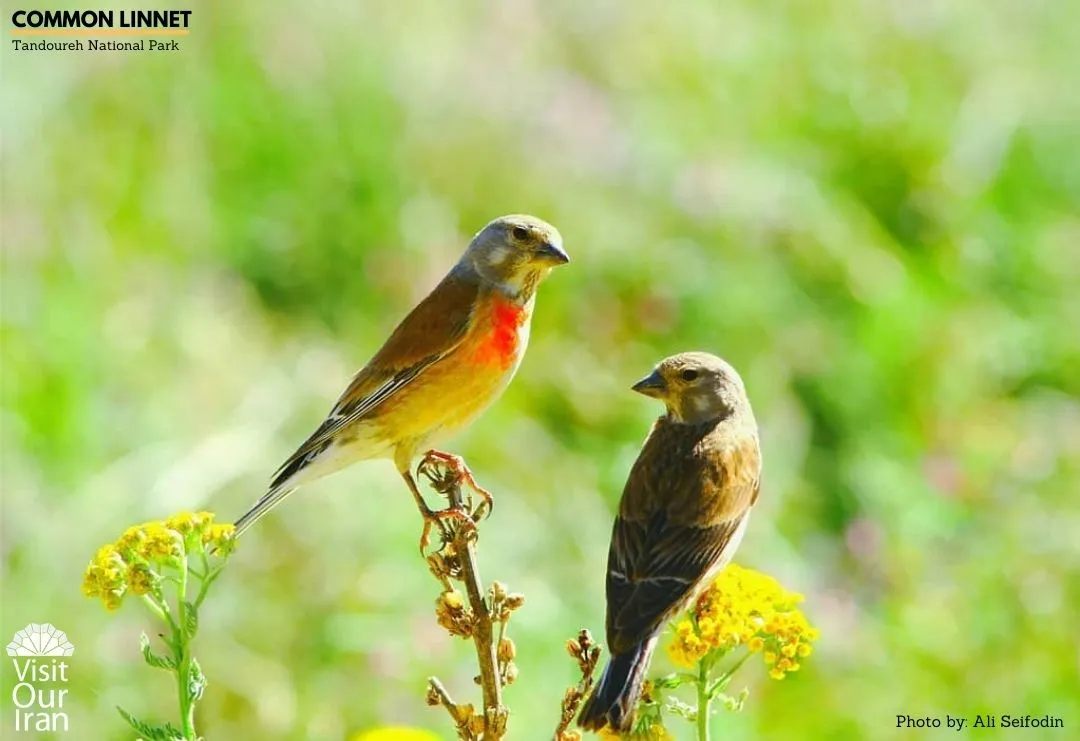
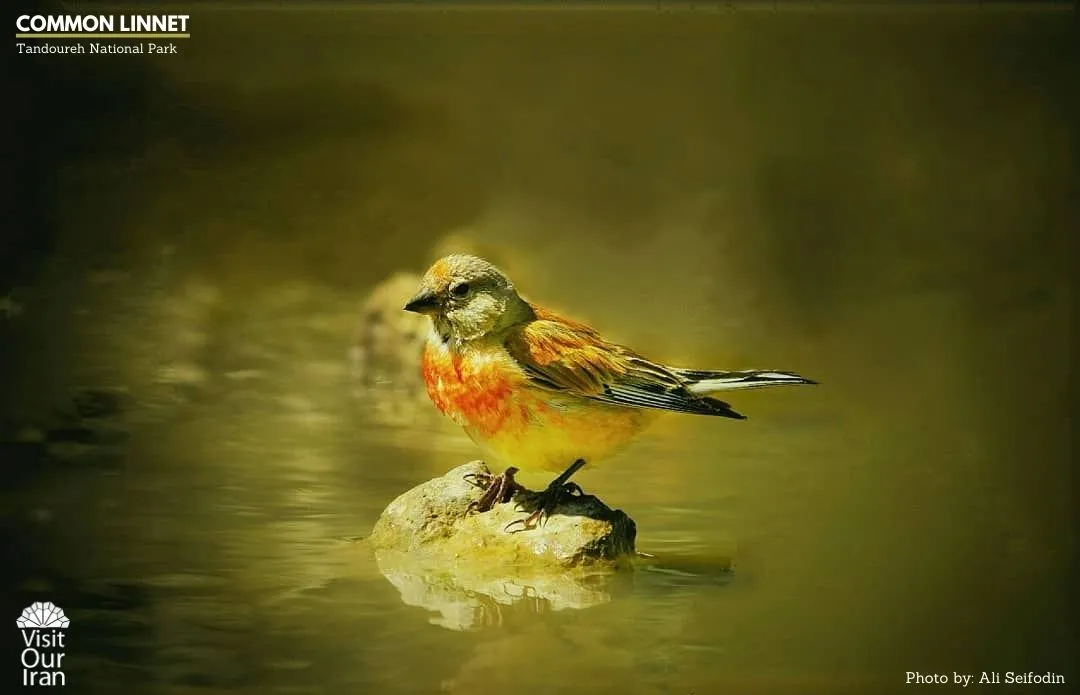
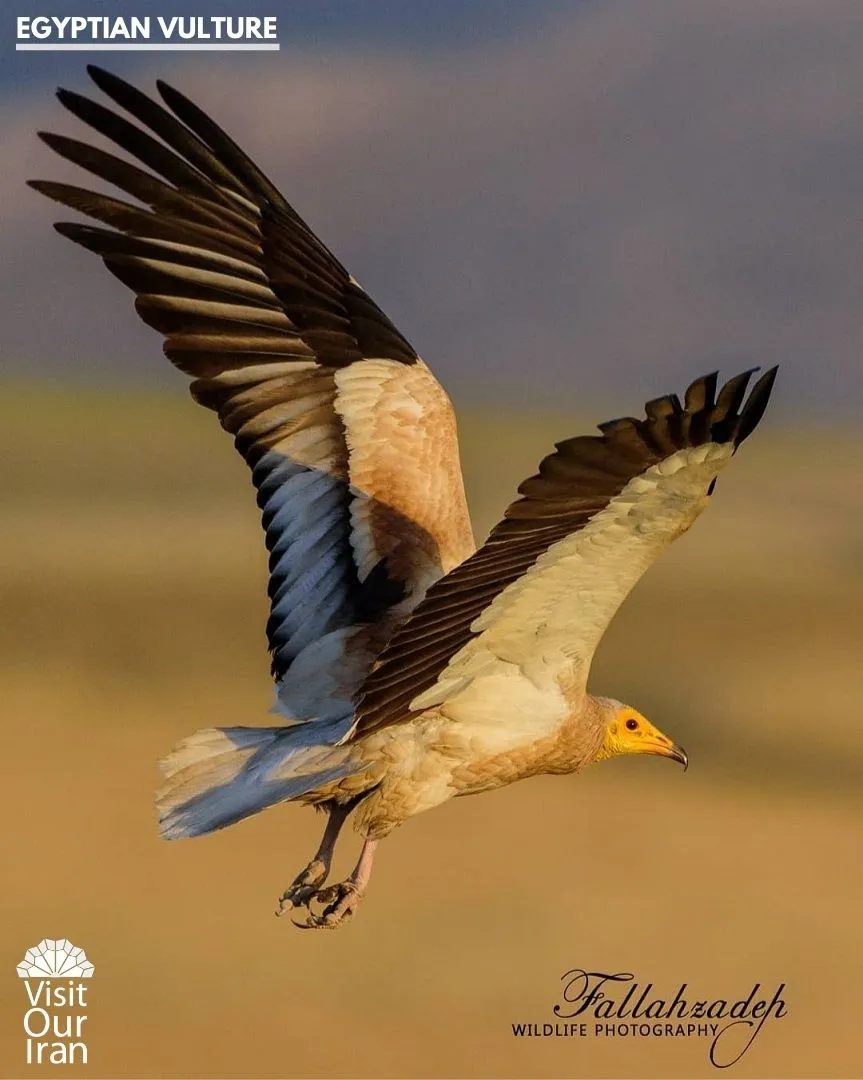
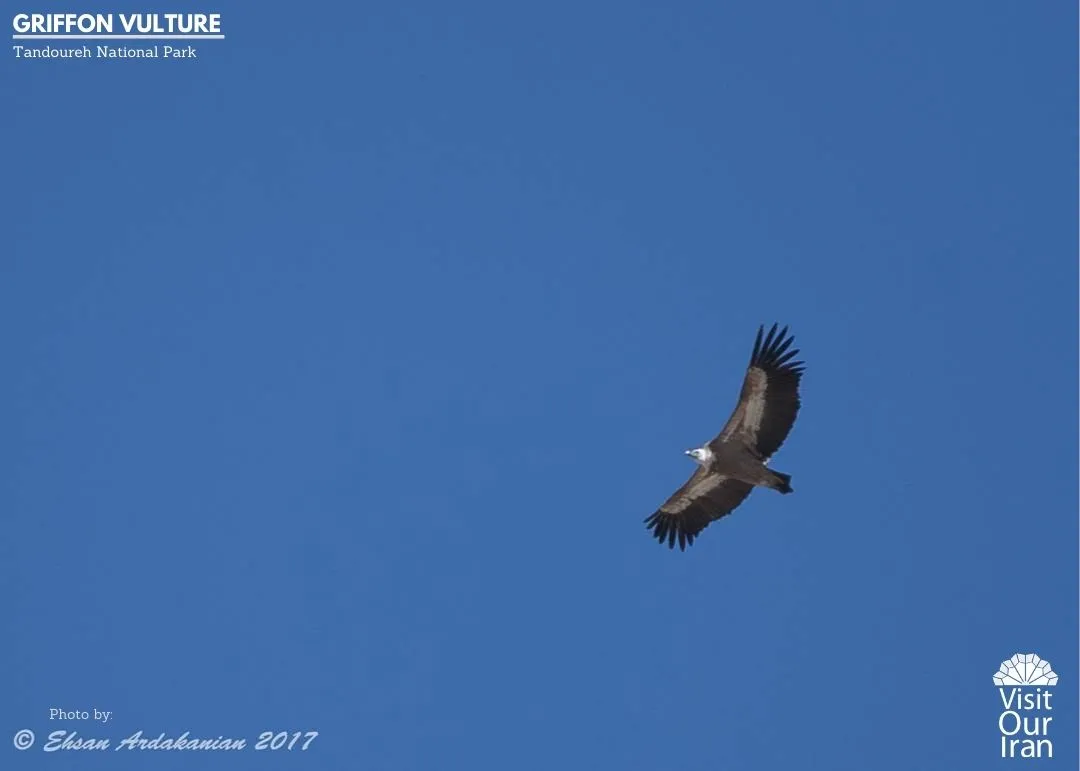
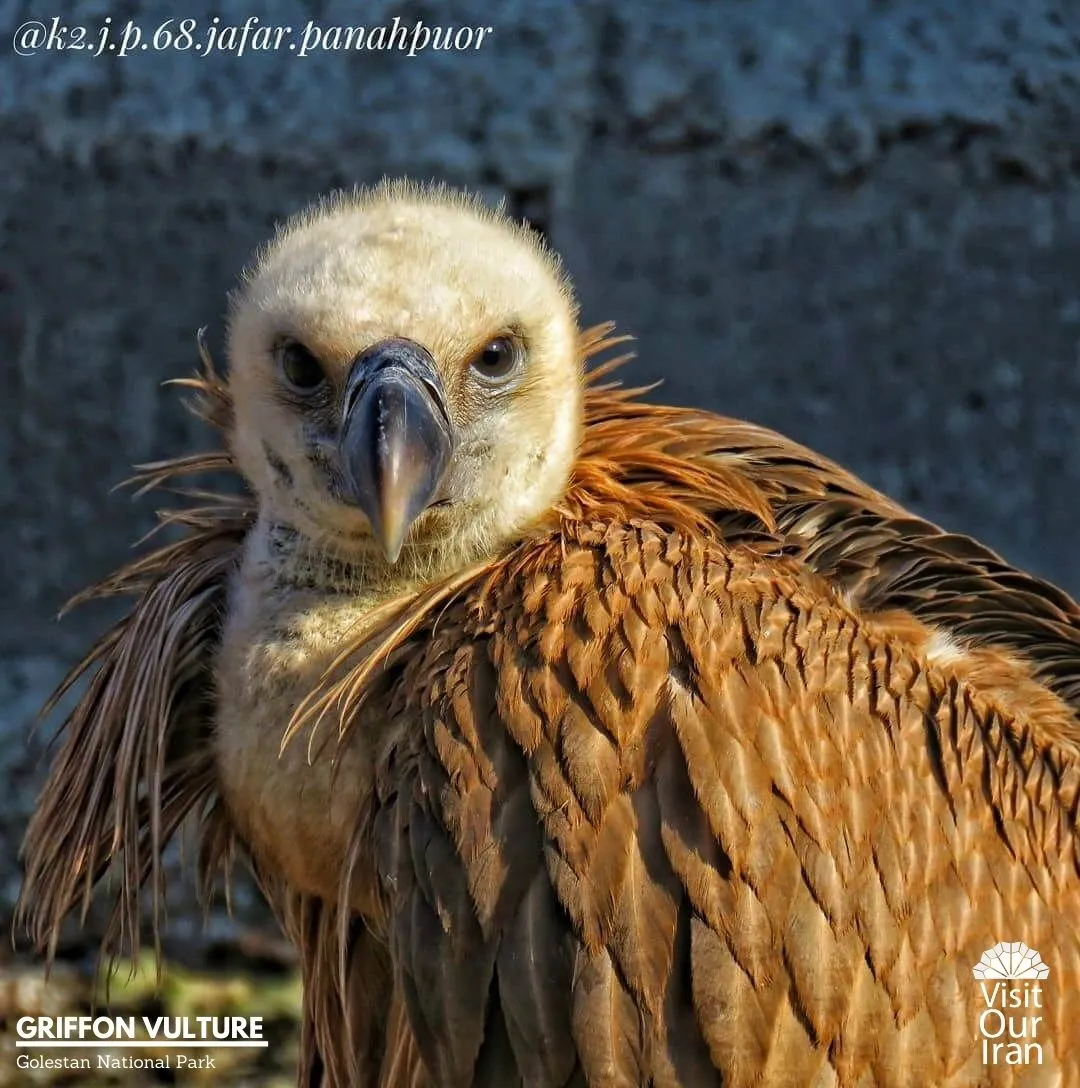
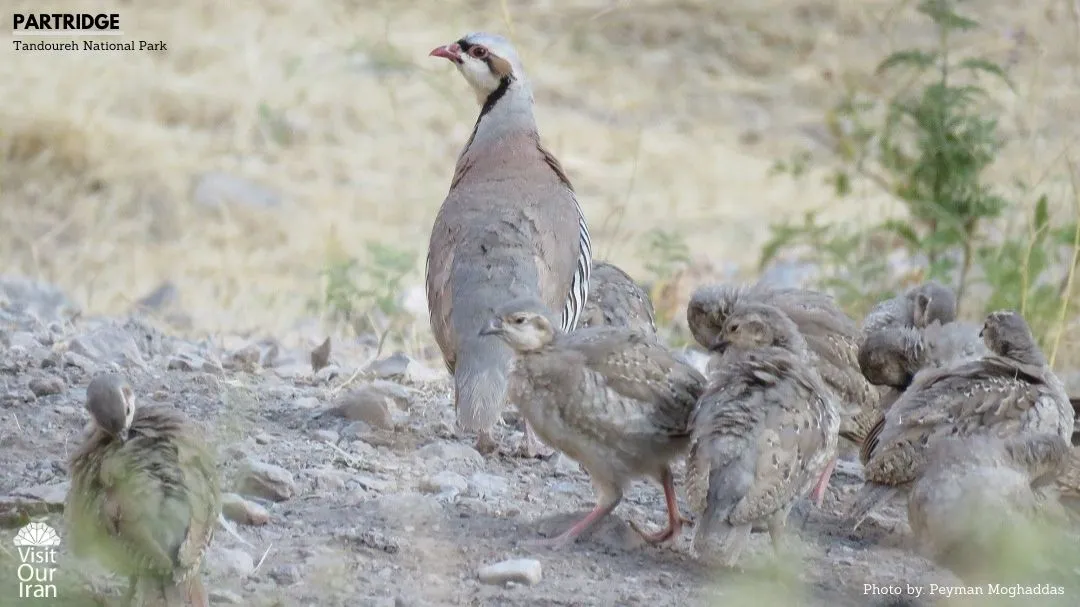
The park is dense with tall grasses and mugworts, flowers shine in the light of the sun and spring boasts of her magical brush greening the whole environment. The grasses grow taller and in a seasonal duel, the greenery loses to the yellowness of summer and autumn and the result is even more astonishing. The climate shifts between Mediterranean warm to semi-dry at different times of the year and the variety of flora and fauna is wonderful. You can see different kinds of prey birds, golden eagles, falcons, common linnets, scops owl, warblers, and bearded vultures; all in all, this National Park is famous for watching birds.
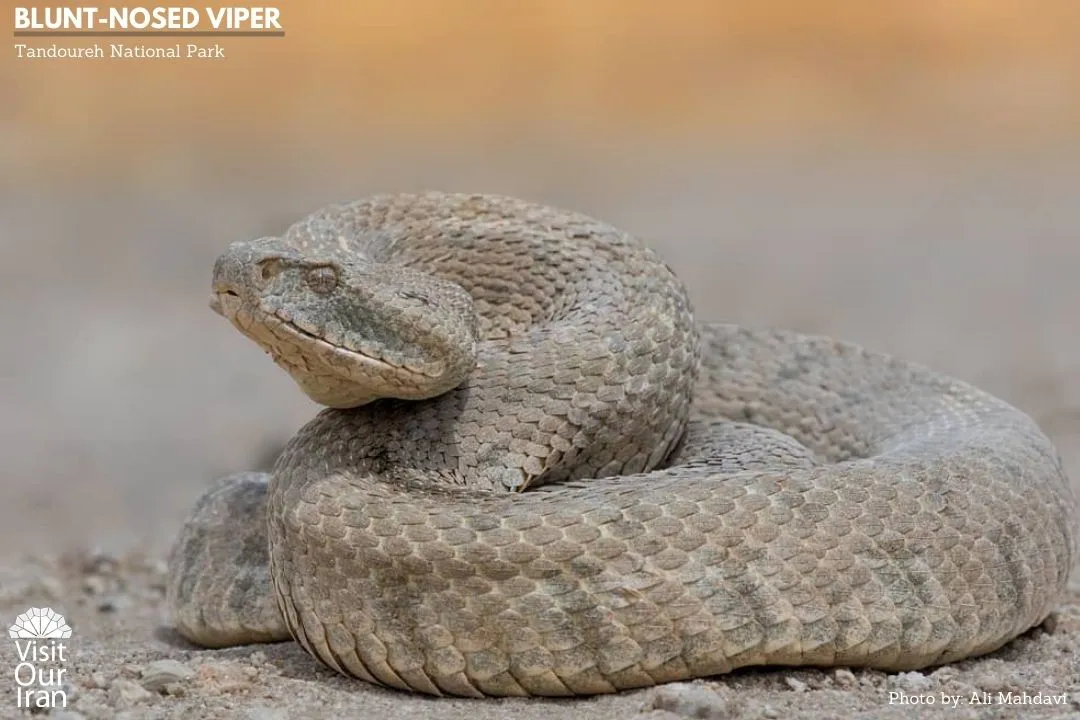
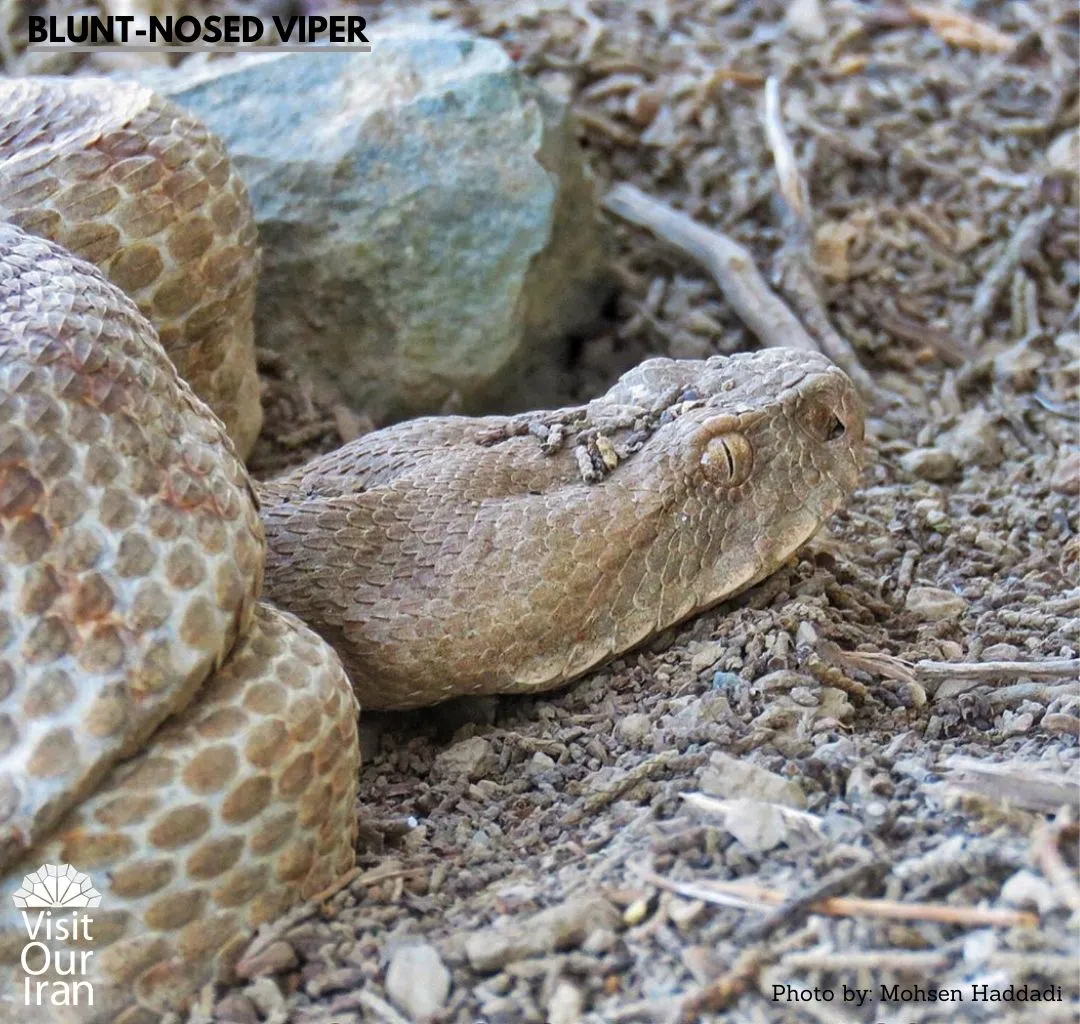
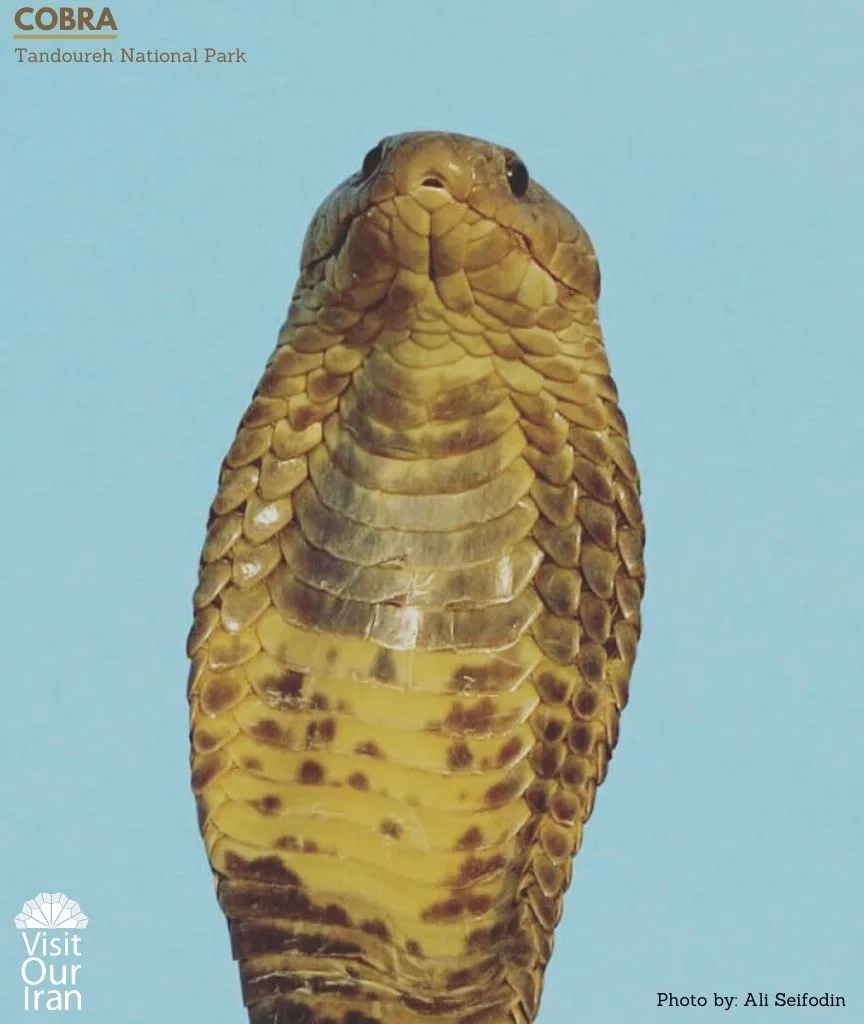
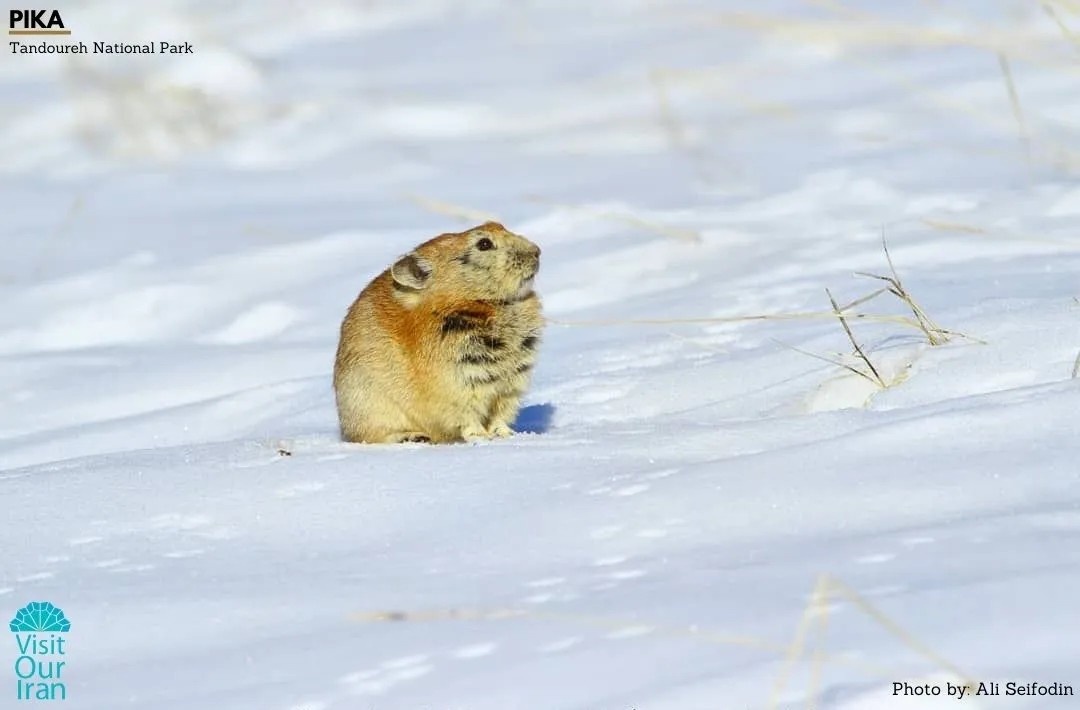
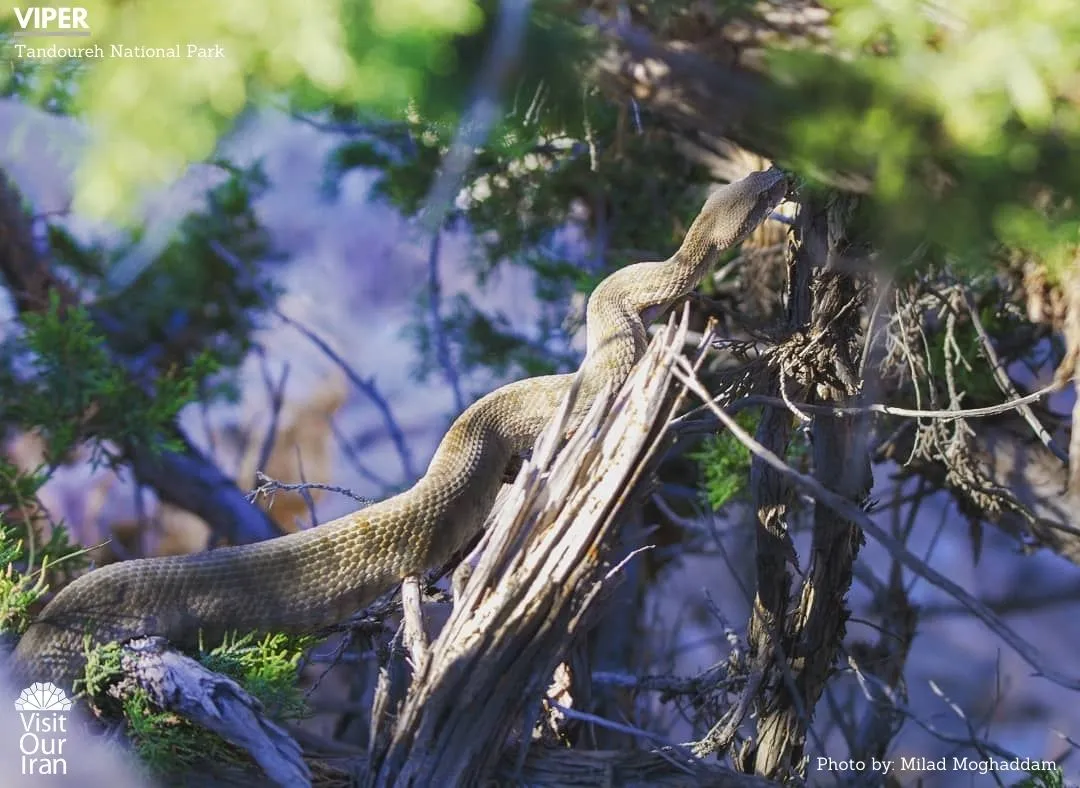
You need to be careful while exploring the park and it’s better to be accompanied by experts to spy on large vipers such as blunt-nosed viper that are even more than 1.5m long. The number of pikas goes even beyond the number of vipers and you can see a lot of them gazing at you with curiosity while they’re in the shelter of a rock.
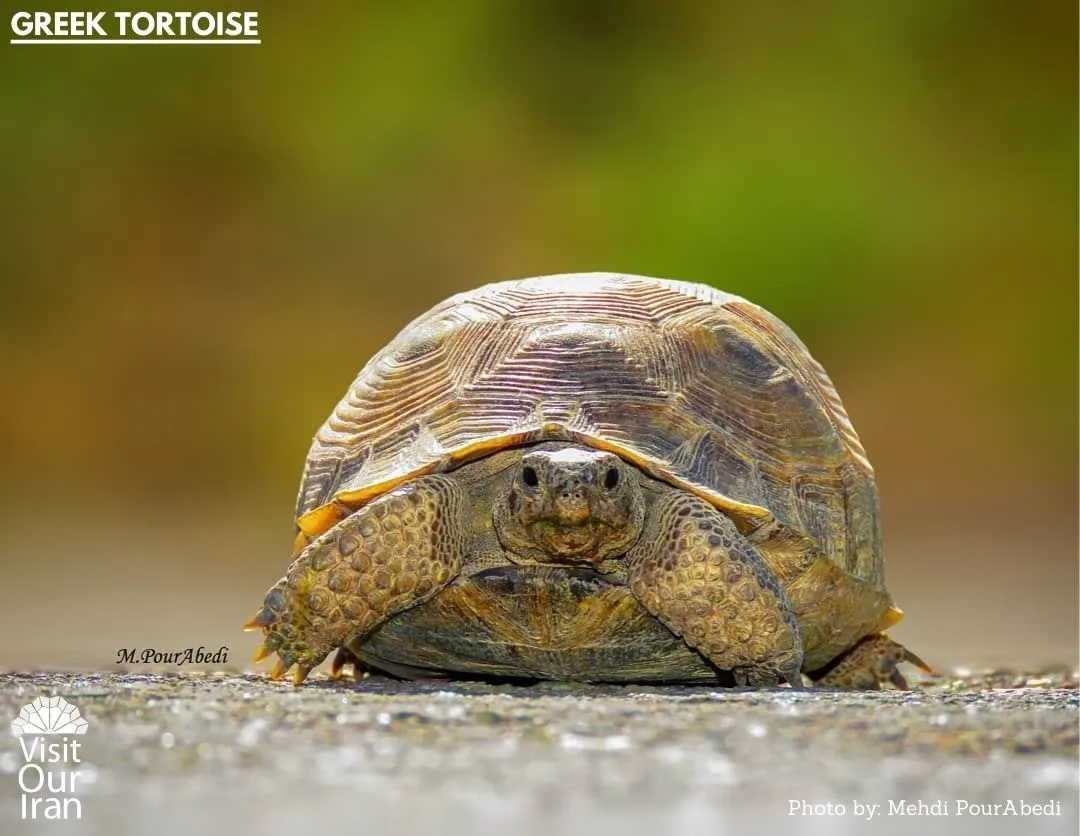
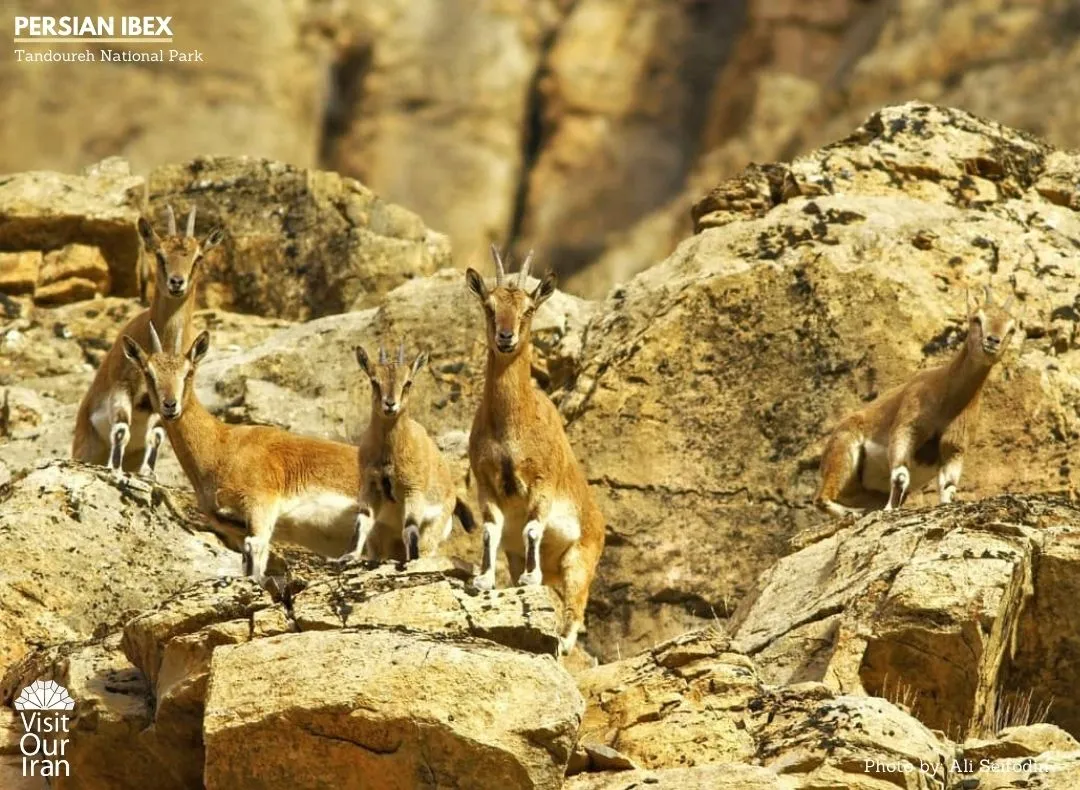
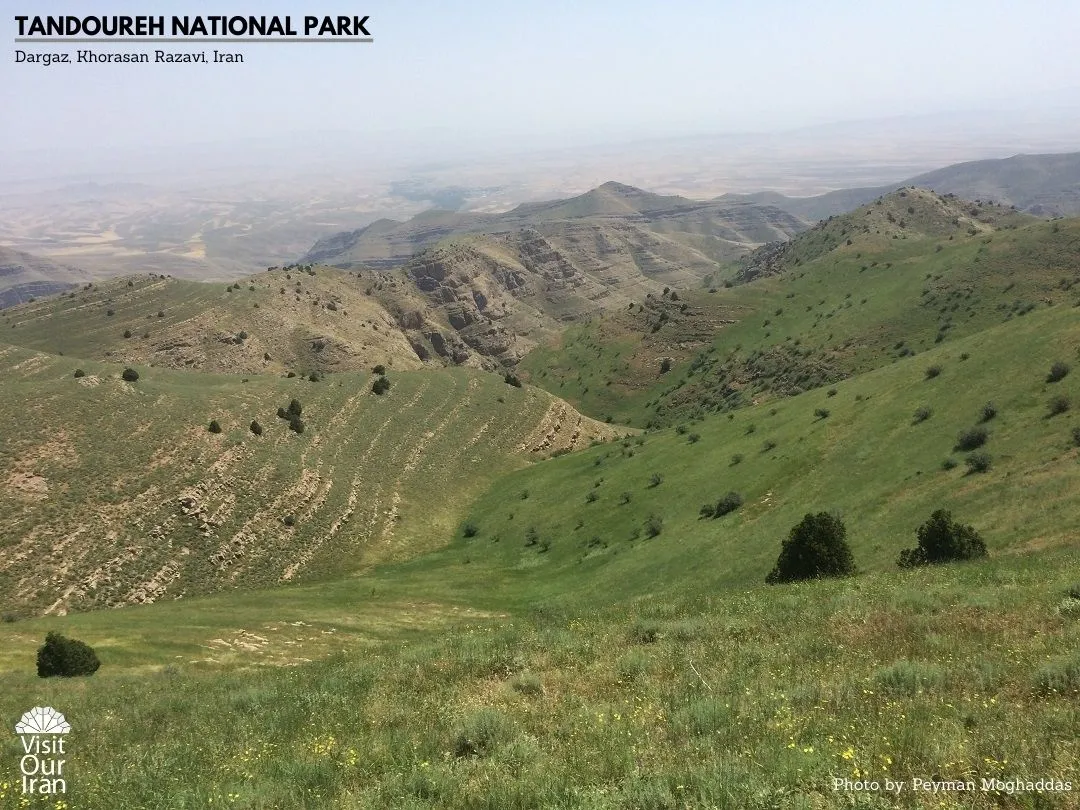
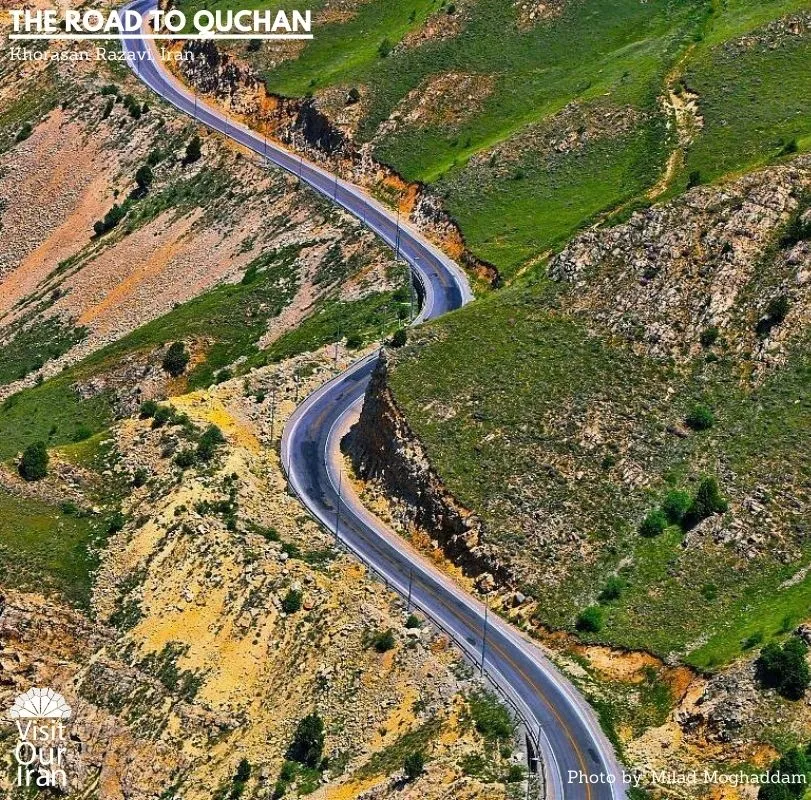
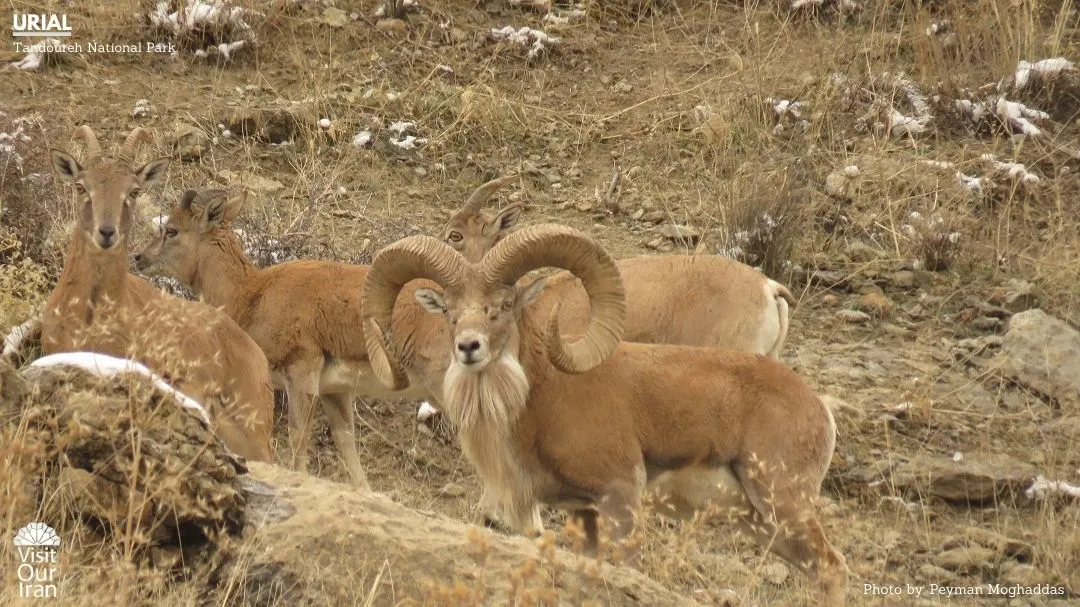
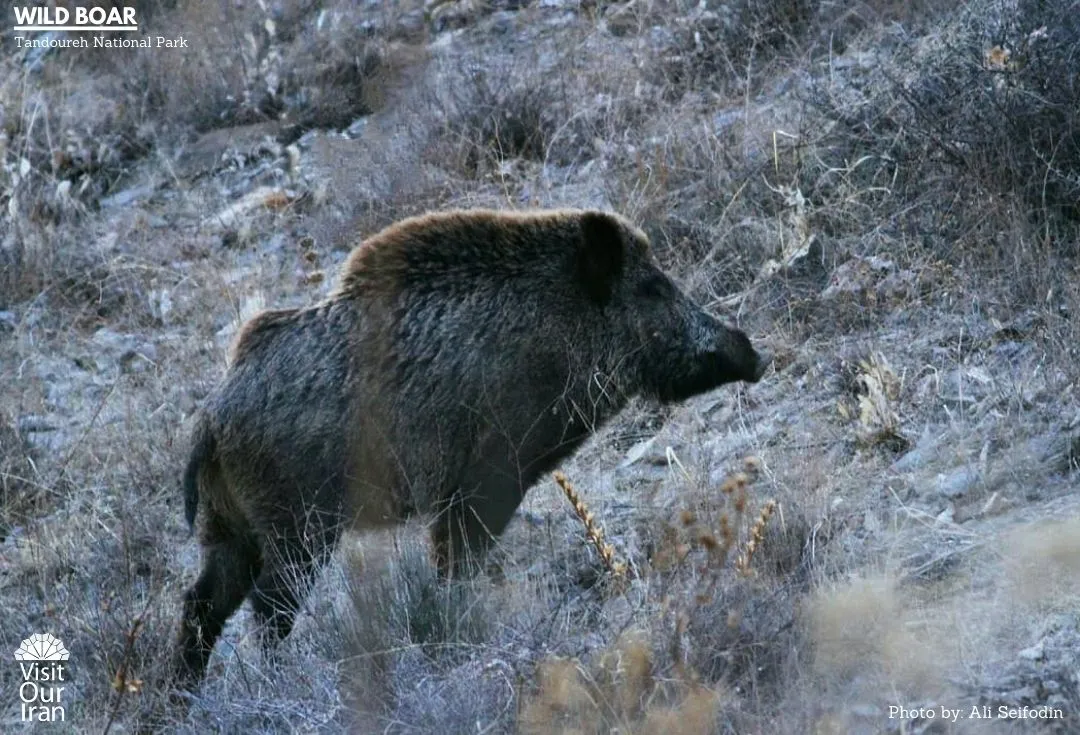
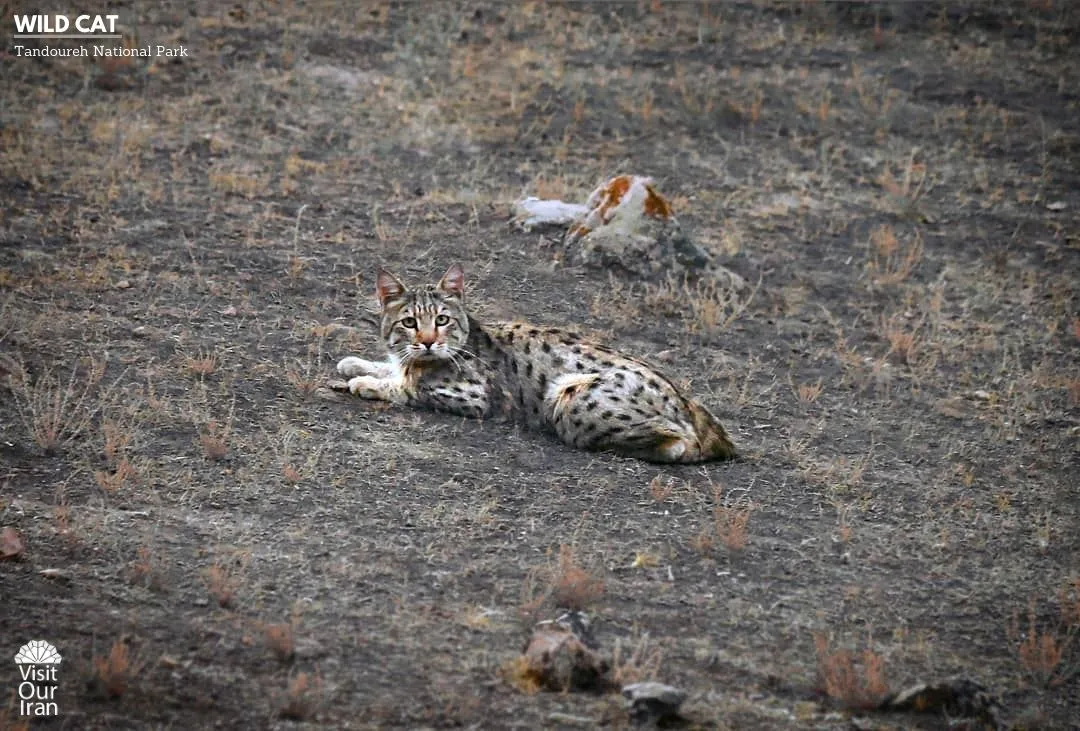
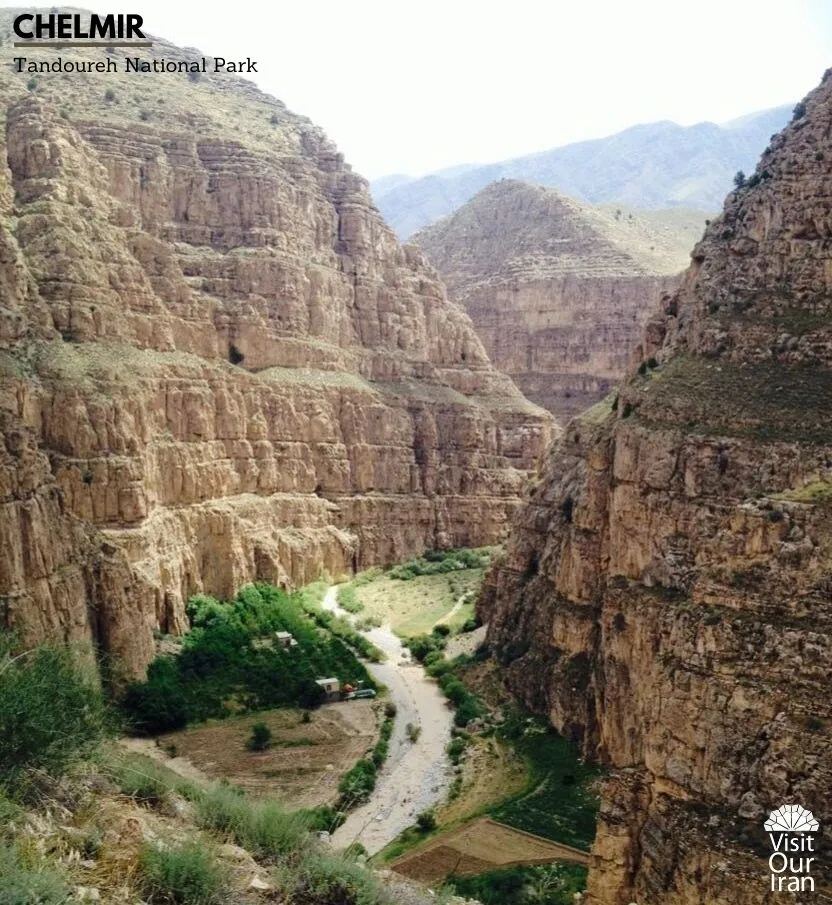
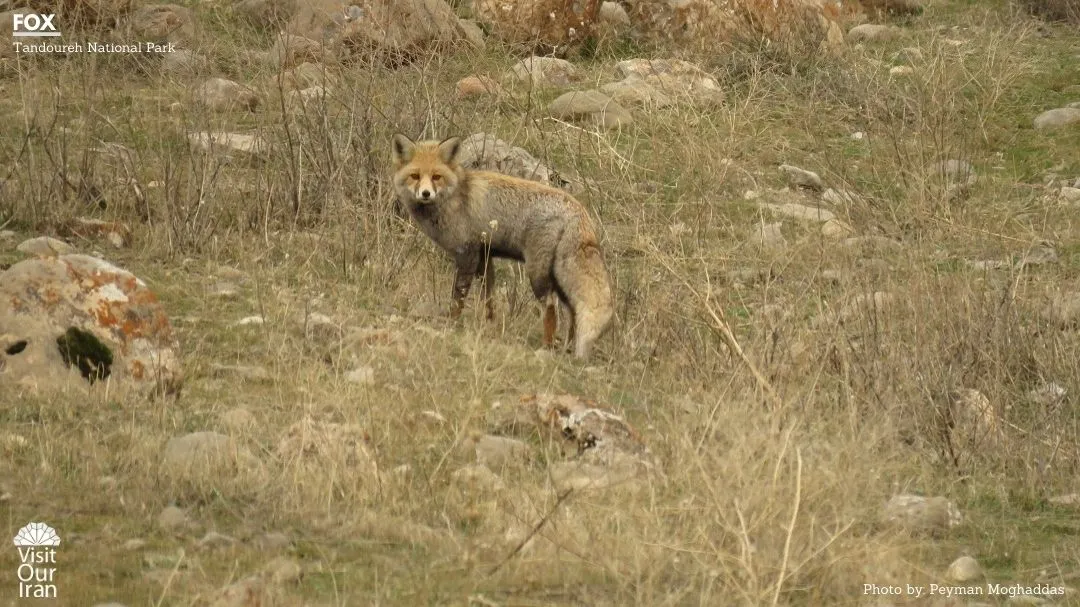
During May and June, a great number of Greek tortoises appear among the grasses; so much that you’d wonder how they all happened to be there. Chelmir area is another astonishing charm of Tandoureh National Park. This rugged and rocky region has a narrow valley that leads streams of water pass between its very high cliffs and creates a breathtaking vista of nature for you. Continuing this path you can join the old adventurous road that connects Dargaz and Quchan, and enjoy the heights and views they grant you of plants and wild boars covering the ground.
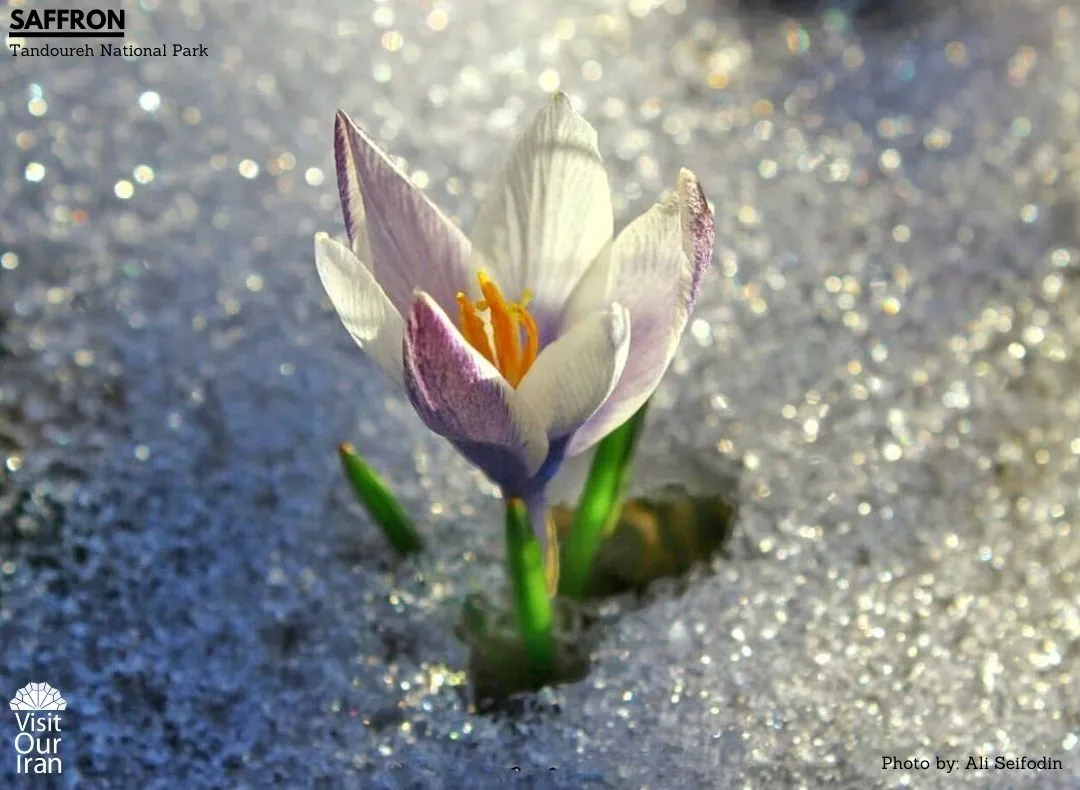
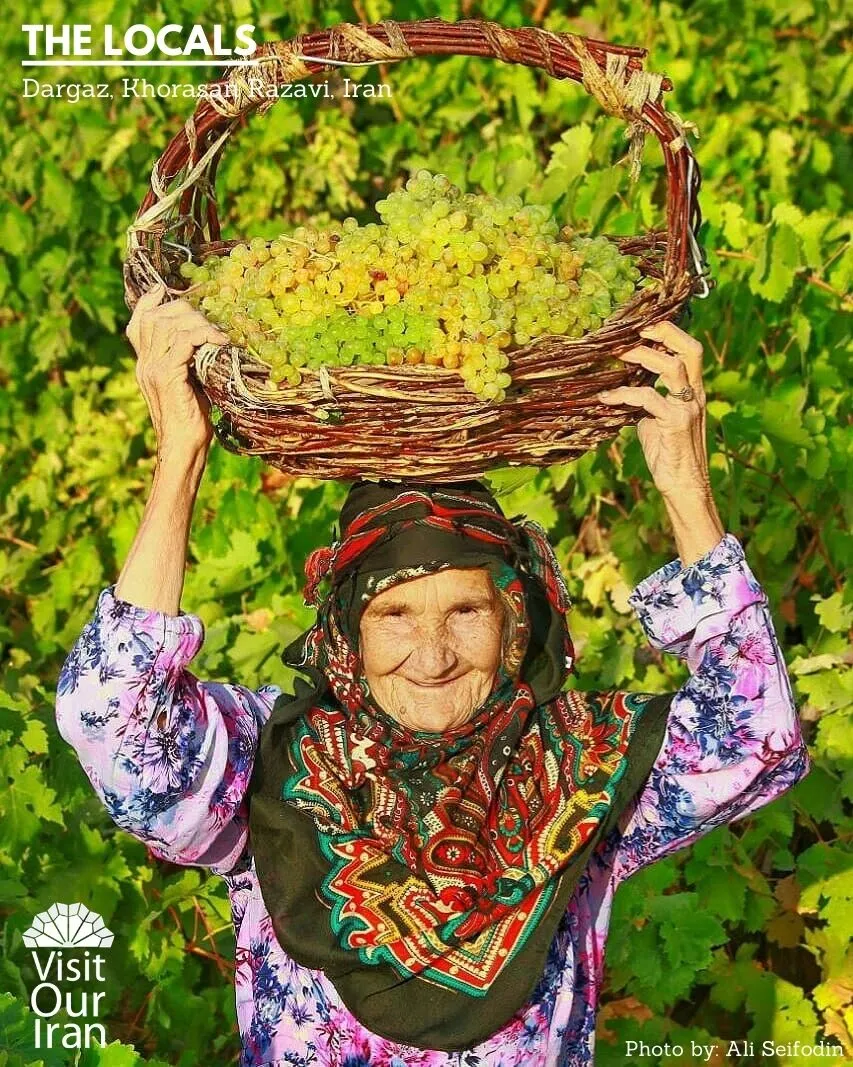
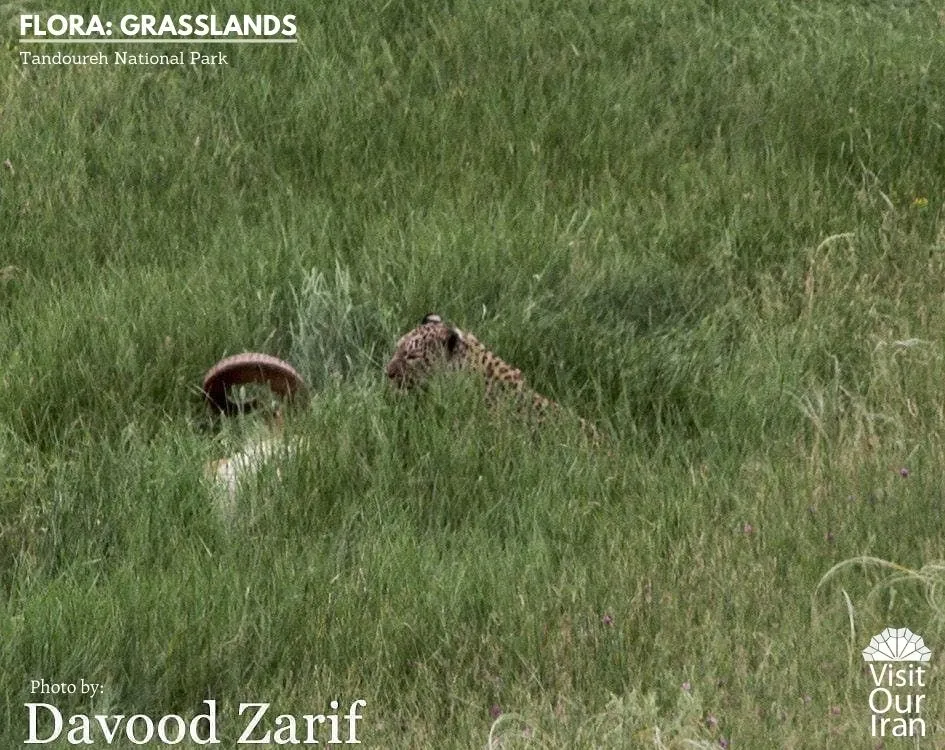
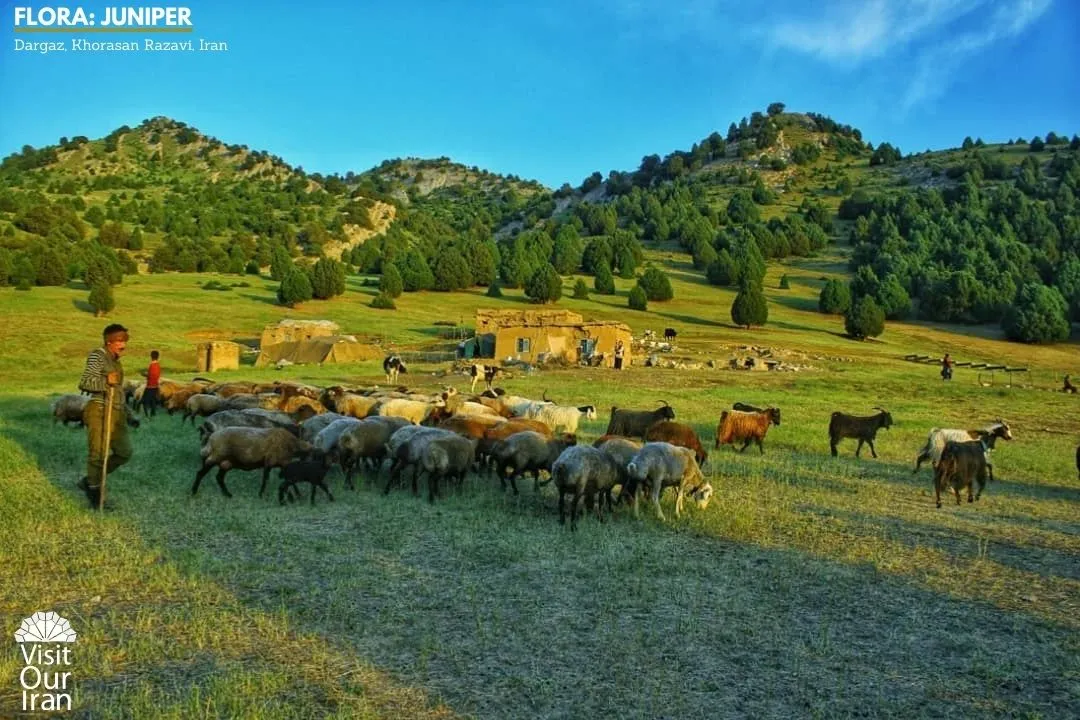
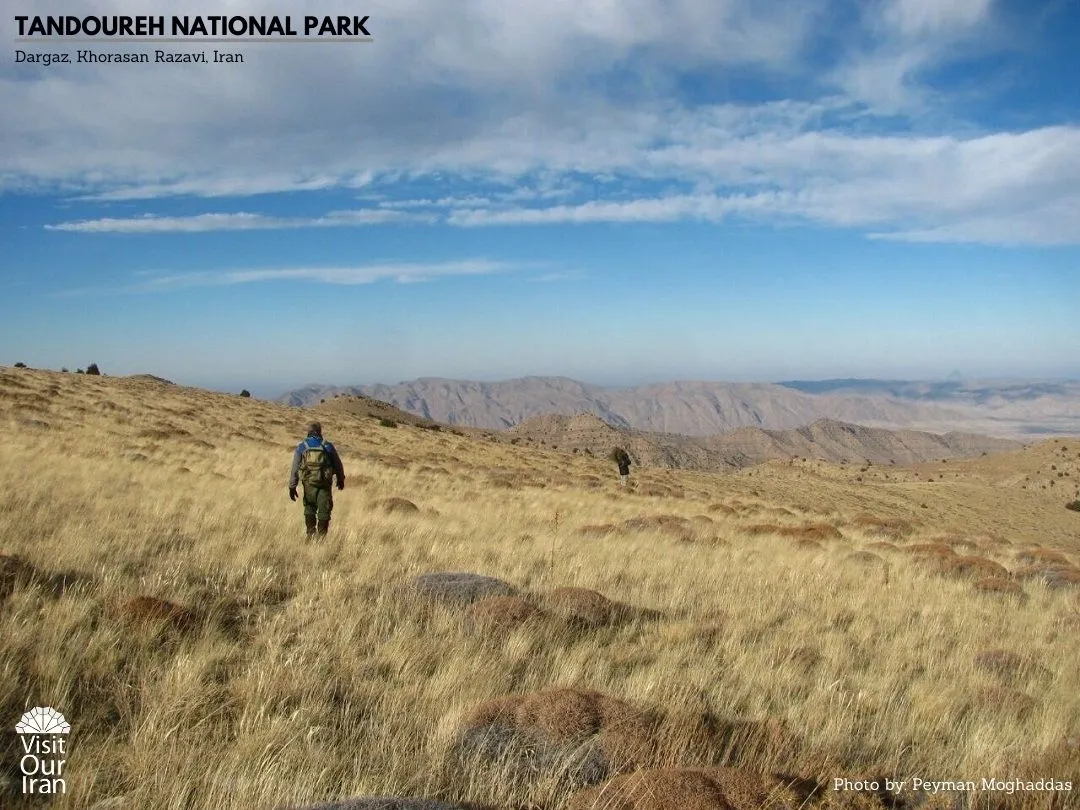
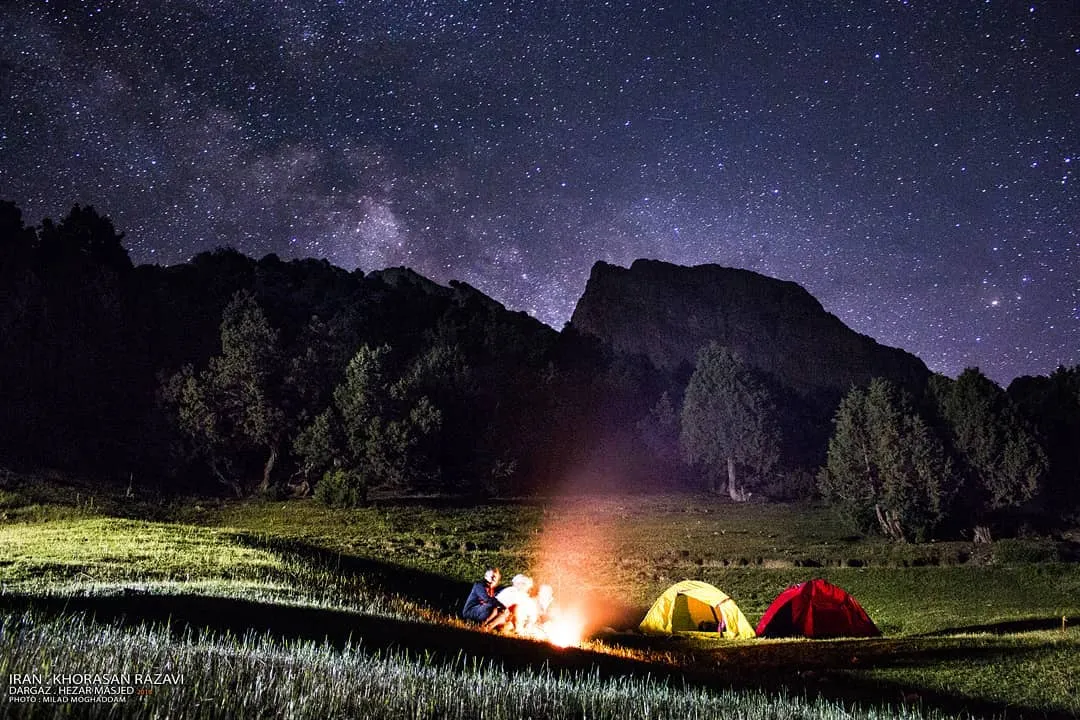
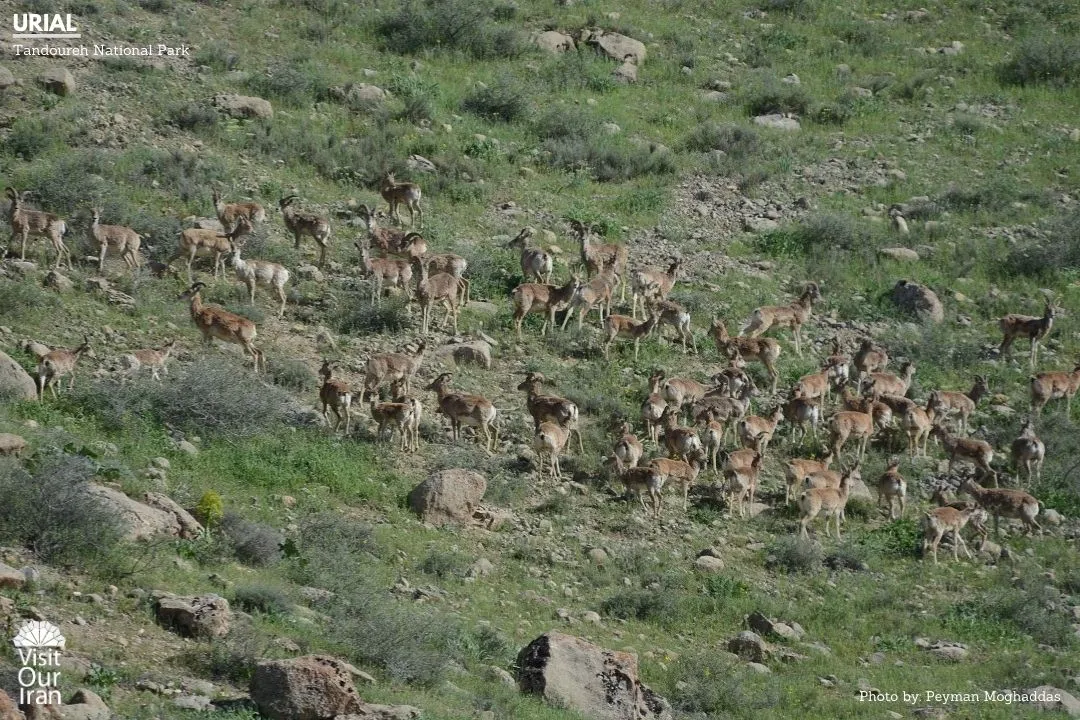
You can catch a glimpse of open shrub-lands with Persian turpentine trees (wild pistachio), junipers, wild almond, thymes, buttercups, Persian shallots, garlic, and Chay-e Kouhi (stachys lavandulifolia tea) which is a medicinal tea that you can brew and drink while you’re camping. You can spend the night at the park or try a hotel in Dargaz town; still, local houses or ecolodges can be a better choice for travelers who value authenticity.
Read more about the wild frontiers of Iran in the second part of this article:
